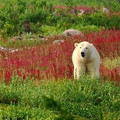的点评
Always a pleasure to visit. Make a special trip for the poinsettias at Christmas and the azaleas in the spring
加菲尔植物园的点评
点评:We have made many trips to the conservatory over the years and it never fails to disappoint. One highlight decades ago was there, Dale Chihuly exhibit; there are still some of his famed blown glass works to be seen at the conservatory. We tend to visit during the winter and early spring, when the warm and humid indoor makes for a pleasant contrast with the bitter conditions outside. It is always a relief to see greenery and flowers and bloom during that time of year.
Practical things to note include that the conservatory is closed on Mondays and Tuesdays. As has recently become the trend in the city museums Chicago residence may enter free of charge, all others have to pay an entrance fee. Be sure to make reservations ahead of time; they give you a 30 minute leeway around your reserve entry time. There is a free parking lot, just south of the Conservatory, but it tends to get full quickly.
Visiting in the winter means you arrive usually with multiple layers of clothing and then enter into a hot and humid environment. Fortunately the conservatory, conveniently provides coat hangers and for visitors to use. Glasses and camera lenses tend to get foggy when coming in from the cold and take several minutes before they warm up.
There are several large, soaring greenhouses housing, the different plant collections, representing different regions of the world or growing conditions. The largest room is the one directly upon entry, the Palm House. Other rooms include the Desert House, the Fern House , the Aroid Room (with Chihuly sculptures in the pond), the Horticulture Hall, and the Show Hall.
The Show Hall is where the conservatory houses its temporary or seasonal exhibits. Currently, it has a“Snowflakes” winter flower exhibit (November 27 – January 5). Their display of multi-colored poinsettias along with pine trees and other flowering plants was amazing. Large posters of macro images of snowflakes were hung from the rafters.
We always enjoy the sight of the incredible variety of plants on display. The Aroid house not only has Chihuly glass sculptures in the pond, but also a large number of koi, as well as turtles to catch the attention of both children and adults.
Be sure to look down at ground level as well as up above you. We saw bananas and papaya ripening on their respective trees (“trees” in the case of the banana). The large plants naturally grab one’s attention but be sure to look at the very small flora, too, such as some of the ferns and the succulents.
Practical things to note include that the conservatory is closed on Mondays and Tuesdays. As has recently become the trend in the city museums Chicago residence may enter free of charge, all others have to pay an entrance fee. Be sure to make reservations ahead of time; they give you a 30 minute leeway around your reserve entry time. There is a free parking lot, just south of the Conservatory, but it tends to get full quickly.
Visiting in the winter means you arrive usually with multiple layers of clothing and then enter into a hot and humid environment. Fortunately the conservatory, conveniently provides coat hangers and for visitors to use. Glasses and camera lenses tend to get foggy when coming in from the cold and take several minutes before they warm up.
There are several large, soaring greenhouses housing, the different plant collections, representing different regions of the world or growing conditions. The largest room is the one directly upon entry, the Palm House. Other rooms include the Desert House, the Fern House , the Aroid Room (with Chihuly sculptures in the pond), the Horticulture Hall, and the Show Hall.
The Show Hall is where the conservatory houses its temporary or seasonal exhibits. Currently, it has a“Snowflakes” winter flower exhibit (November 27 – January 5). Their display of multi-colored poinsettias along with pine trees and other flowering plants was amazing. Large posters of macro images of snowflakes were hung from the rafters.
We always enjoy the sight of the incredible variety of plants on display. The Aroid house not only has Chihuly glass sculptures in the pond, but also a large number of koi, as well as turtles to catch the attention of both children and adults.
Be sure to look down at ground level as well as up above you. We saw bananas and papaya ripening on their respective trees (“trees” in the case of the banana). The large plants naturally grab one’s attention but be sure to look at the very small flora, too, such as some of the ferns and the succulents.
翻译:多年来,我们多次前往温室,它从未让我们失望。几十年前的一个亮点是戴尔·奇胡利 (Dale Chihuly) 的展览;温室里仍有一些他著名的吹制玻璃作品可供观赏。我们倾向于在冬季和早春参观,那时室内温暖潮湿,与室外寒冷的天气形成鲜明对比。在一年中的那个时候,看到绿树成荫、鲜花盛开总是让人感到欣慰。
需要注意的实际情况包括温室在周一和周二关闭。正如最近在城市博物馆中流行的趋势一样,芝加哥居民可以免费进入,其他所有人都必须支付入场费。一定要提前预约;他们会给你 30 分钟的入场时间。温室南边有一个免费停车场,但很快就会停满。
冬天去参观意味着你通常要穿好几层衣服,然后进入炎热潮湿的环境。幸运的是,温室为游客提供了方便的衣架。从寒冷的天气中进来时,眼镜和相机镜头往往会起雾,需要几分钟才能变暖。
有几个巨大的温室,里面有各种植物收藏,代表着世界不同地区或生长条件。最大的房间是入口处的棕榈屋。其他房间包括沙漠屋、蕨类植物屋、天南星科植物室(池塘里有奇胡利雕塑)、园艺厅和展览厅。
展览厅是温室举办临时或季节性展览的地方。目前,它有一个“雪花”冬季花卉展览(11 月 27 日至 1 月 5 日)。他们展示了五颜六色的一品红以及松树和其他开花植物,令人惊叹。椽子上挂着雪花的微距图像的大型海报。
我们总是喜欢看到展出的植物种类繁多。天南星科植物之家的池塘里不仅有奇胡利玻璃雕塑,还有大量的锦鲤和乌龟,吸引着孩子和大人的注意。
一定要低头看看地面,也要注意抬头看看。我们看到香蕉和木瓜在各自的树上成熟(香蕉树就是“树”)。大植物自然会吸引人们的注意力,但也一定要看看非常小的植物,比如一些蕨类植物和多肉植物。
需要注意的实际情况包括温室在周一和周二关闭。正如最近在城市博物馆中流行的趋势一样,芝加哥居民可以免费进入,其他所有人都必须支付入场费。一定要提前预约;他们会给你 30 分钟的入场时间。温室南边有一个免费停车场,但很快就会停满。
冬天去参观意味着你通常要穿好几层衣服,然后进入炎热潮湿的环境。幸运的是,温室为游客提供了方便的衣架。从寒冷的天气中进来时,眼镜和相机镜头往往会起雾,需要几分钟才能变暖。
有几个巨大的温室,里面有各种植物收藏,代表着世界不同地区或生长条件。最大的房间是入口处的棕榈屋。其他房间包括沙漠屋、蕨类植物屋、天南星科植物室(池塘里有奇胡利雕塑)、园艺厅和展览厅。
展览厅是温室举办临时或季节性展览的地方。目前,它有一个“雪花”冬季花卉展览(11 月 27 日至 1 月 5 日)。他们展示了五颜六色的一品红以及松树和其他开花植物,令人惊叹。椽子上挂着雪花的微距图像的大型海报。
我们总是喜欢看到展出的植物种类繁多。天南星科植物之家的池塘里不仅有奇胡利玻璃雕塑,还有大量的锦鲤和乌龟,吸引着孩子和大人的注意。
一定要低头看看地面,也要注意抬头看看。我们看到香蕉和木瓜在各自的树上成熟(香蕉树就是“树”)。大植物自然会吸引人们的注意力,但也一定要看看非常小的植物,比如一些蕨类植物和多肉植物。
旅行类型:全家游
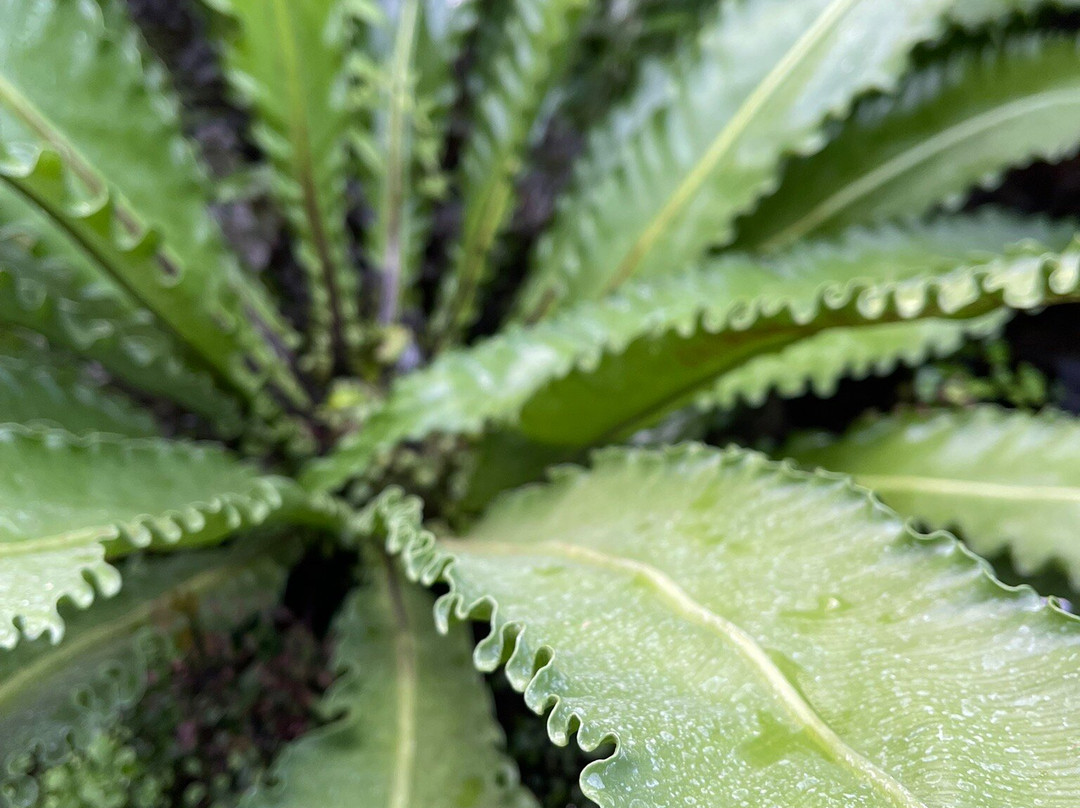
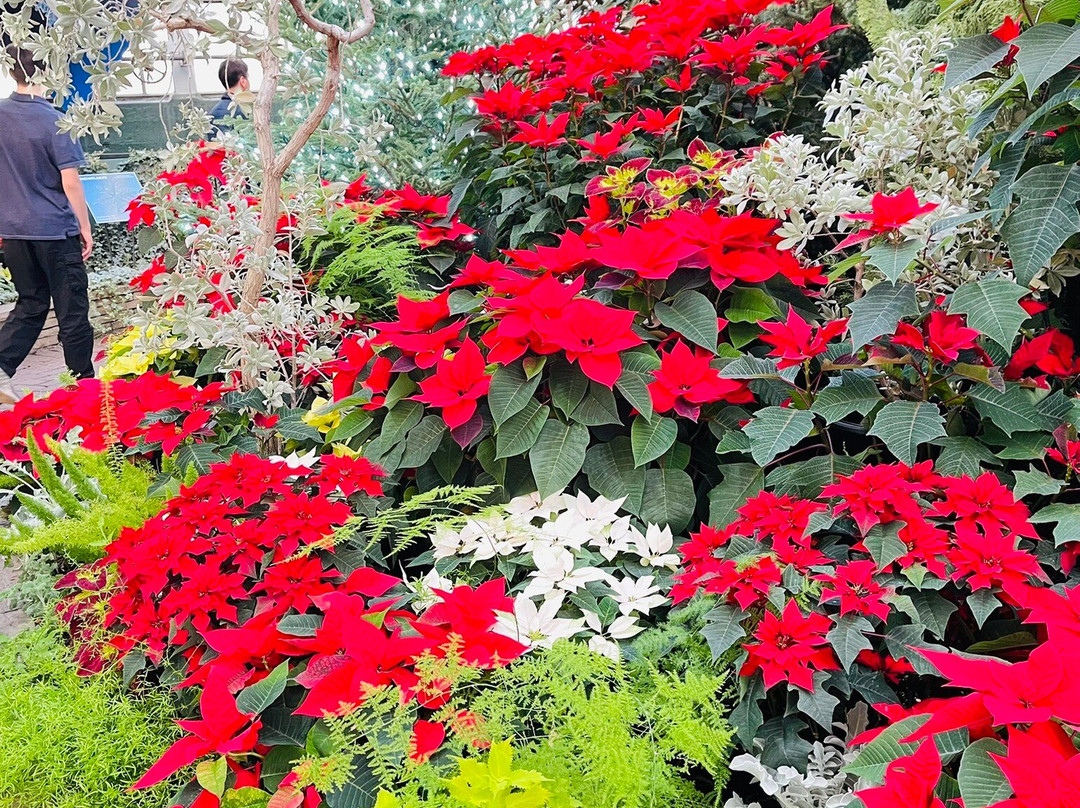
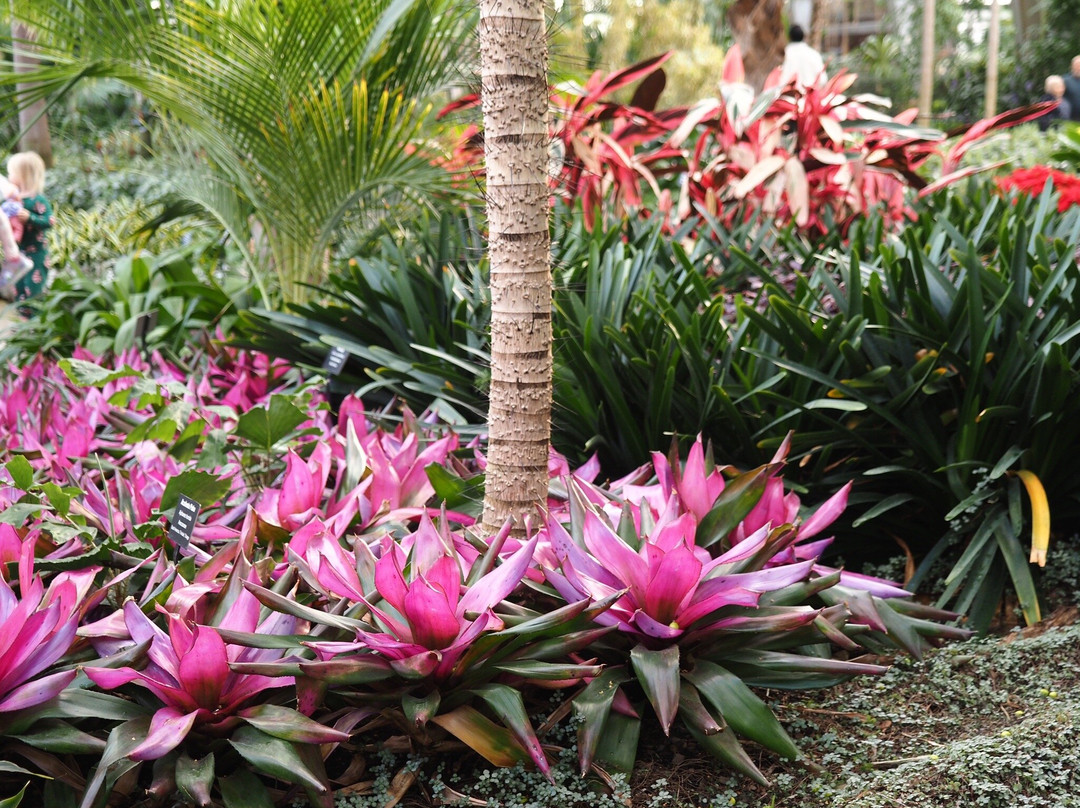
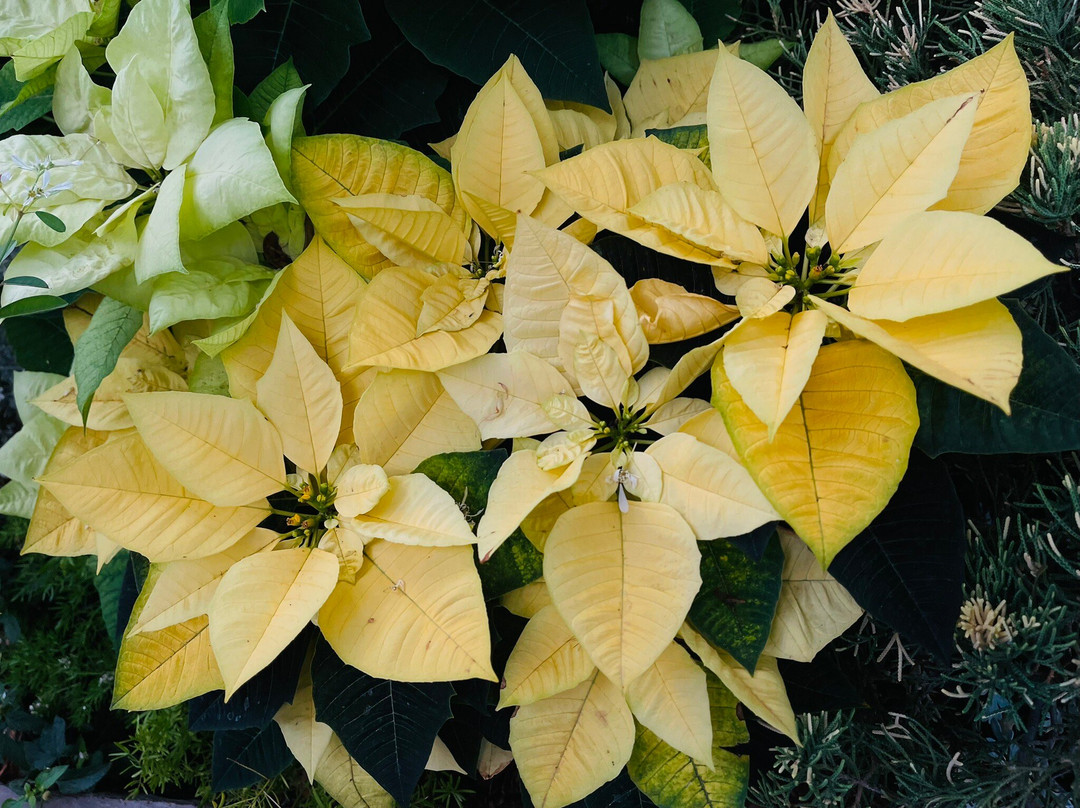
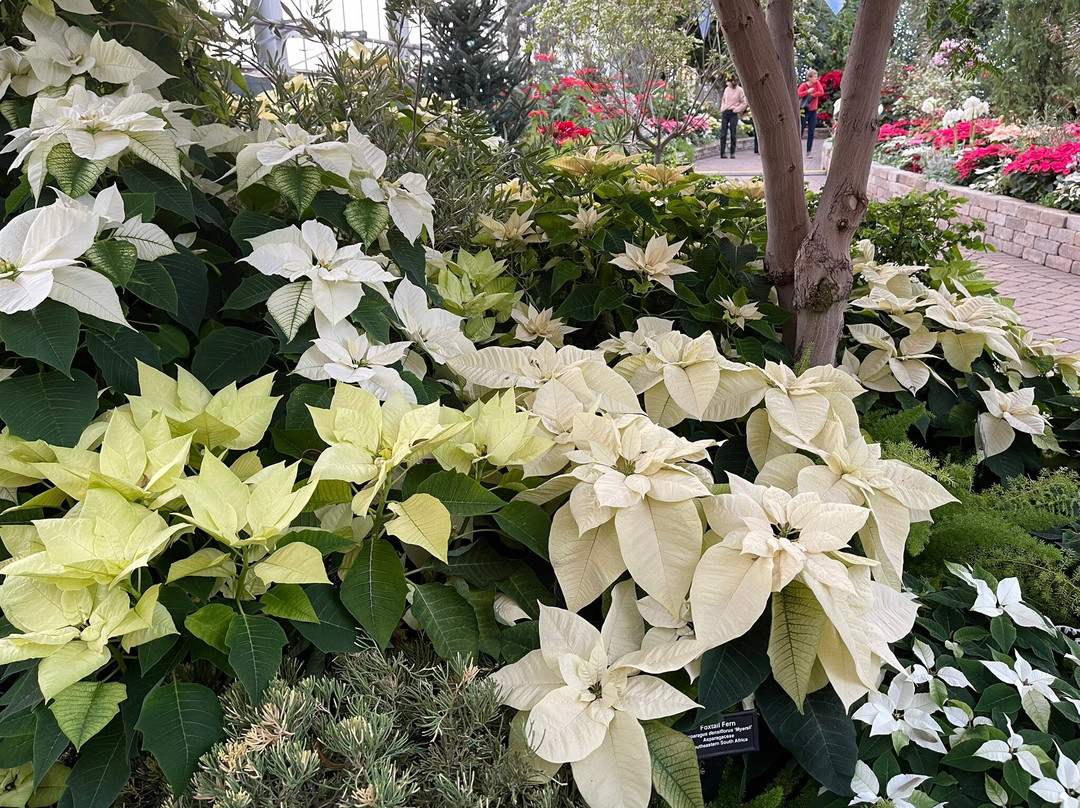
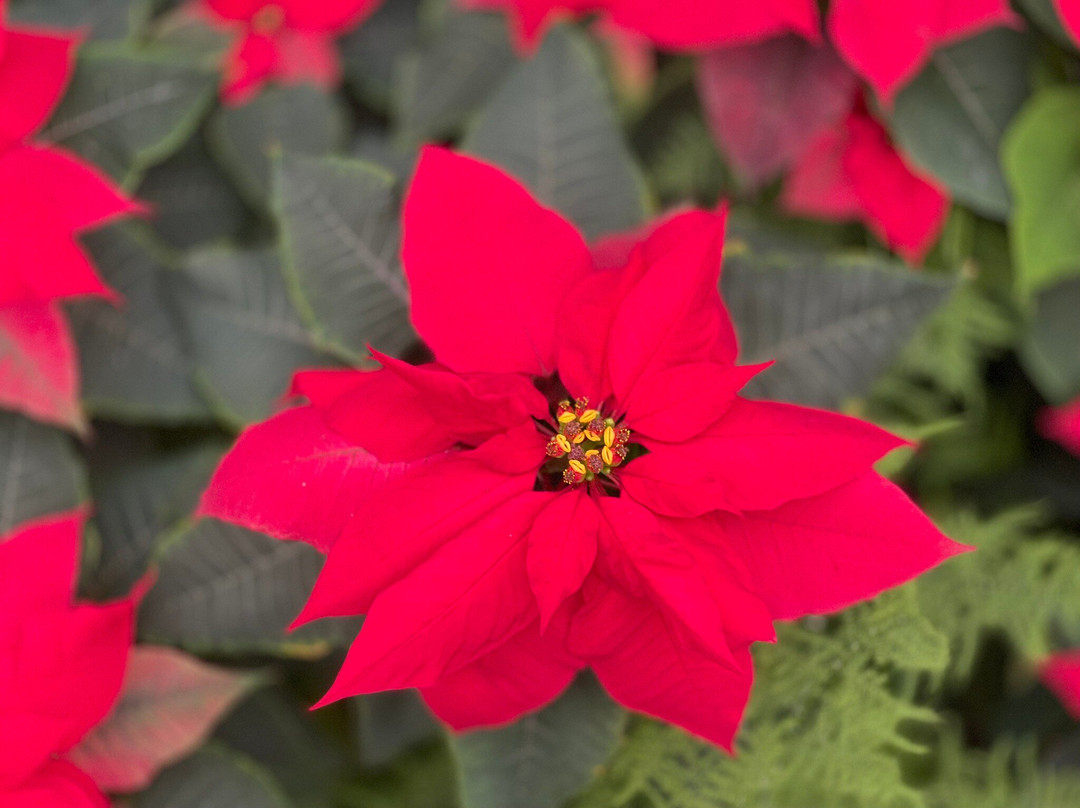
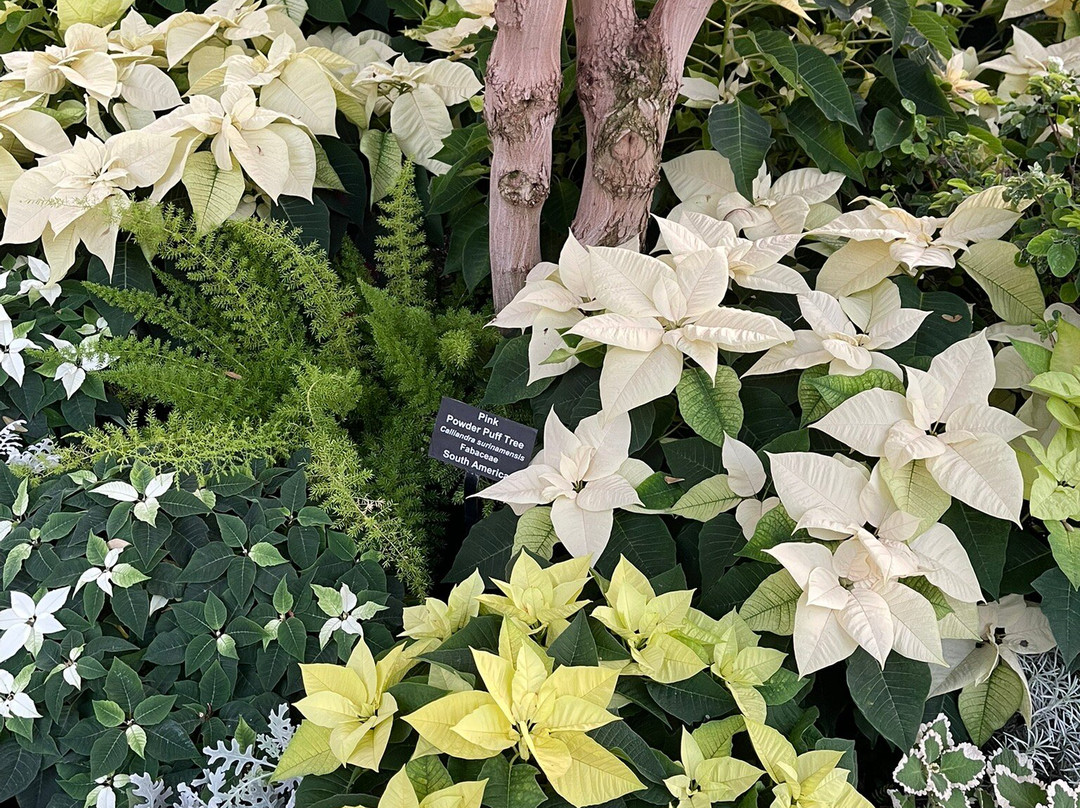
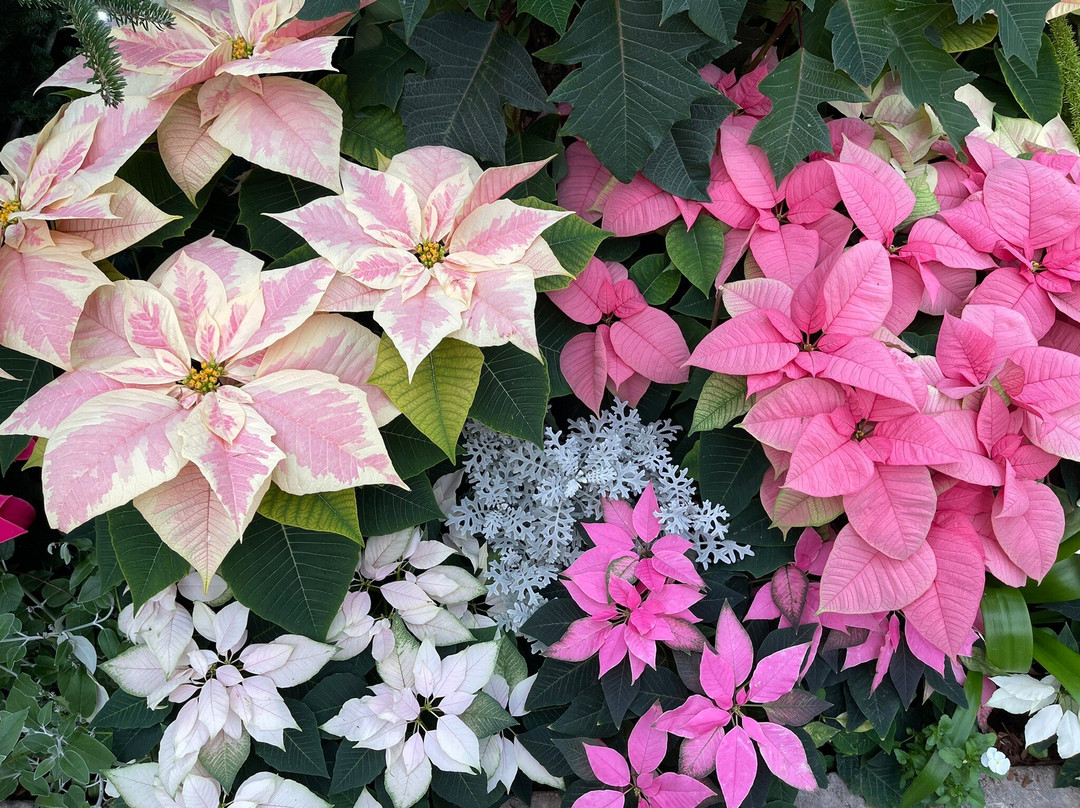
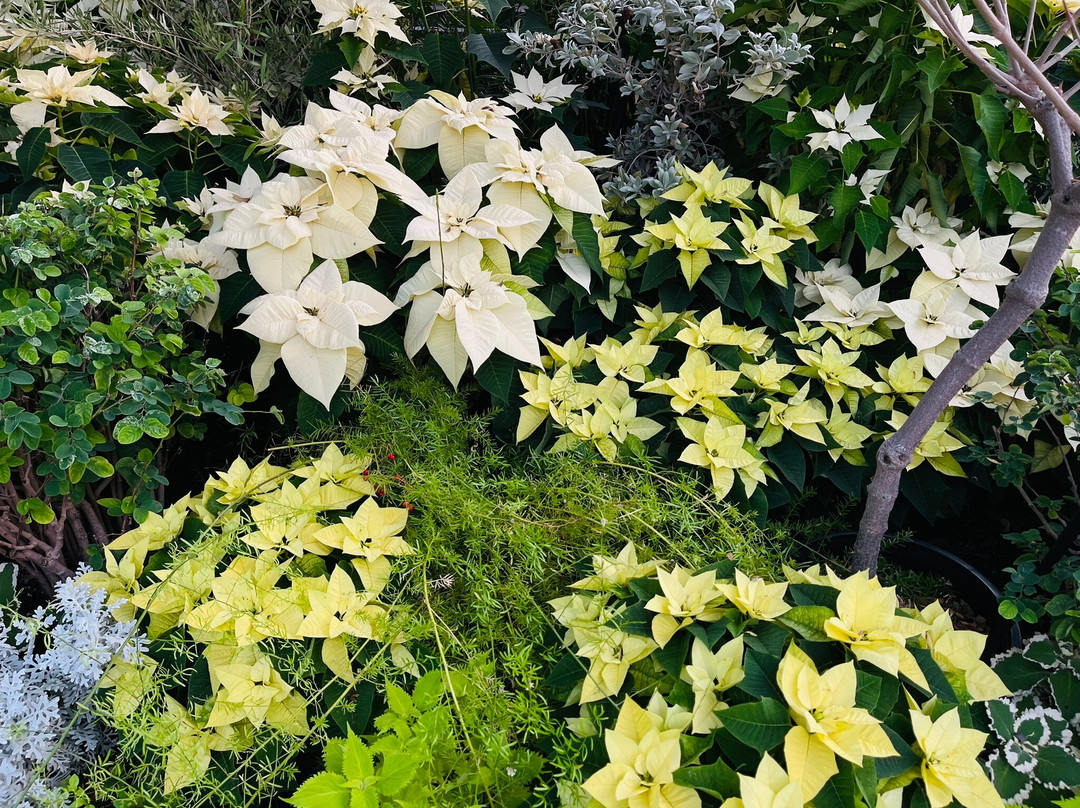
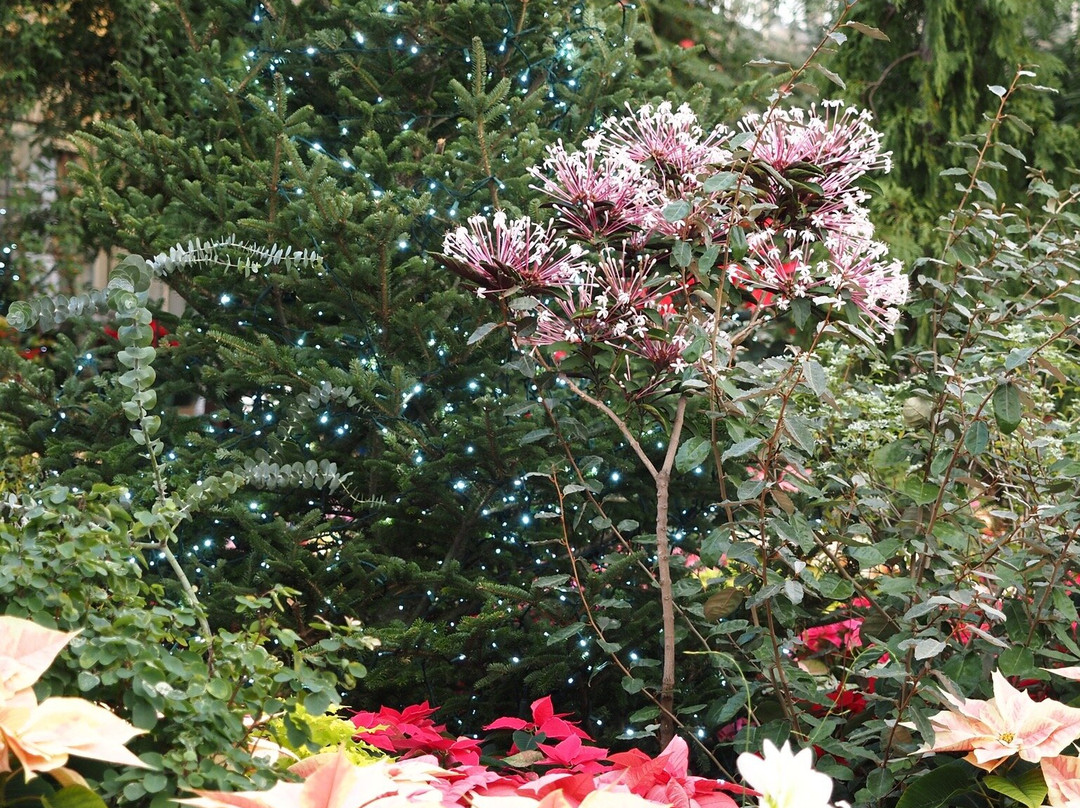
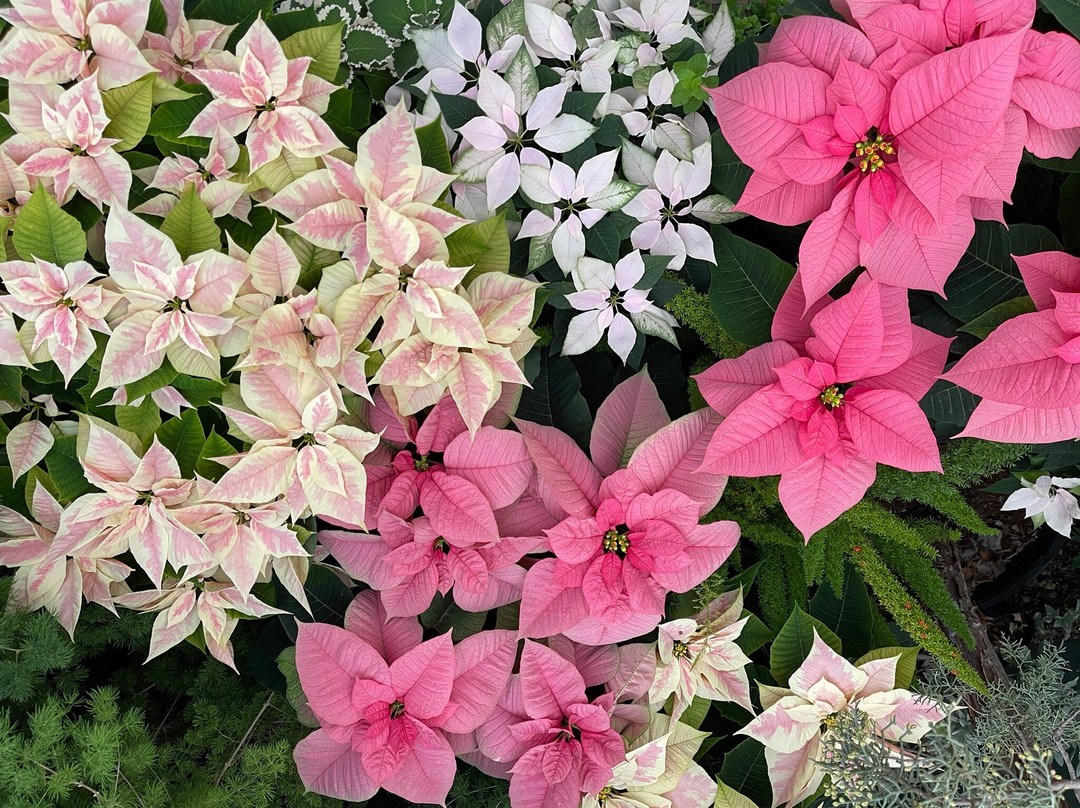
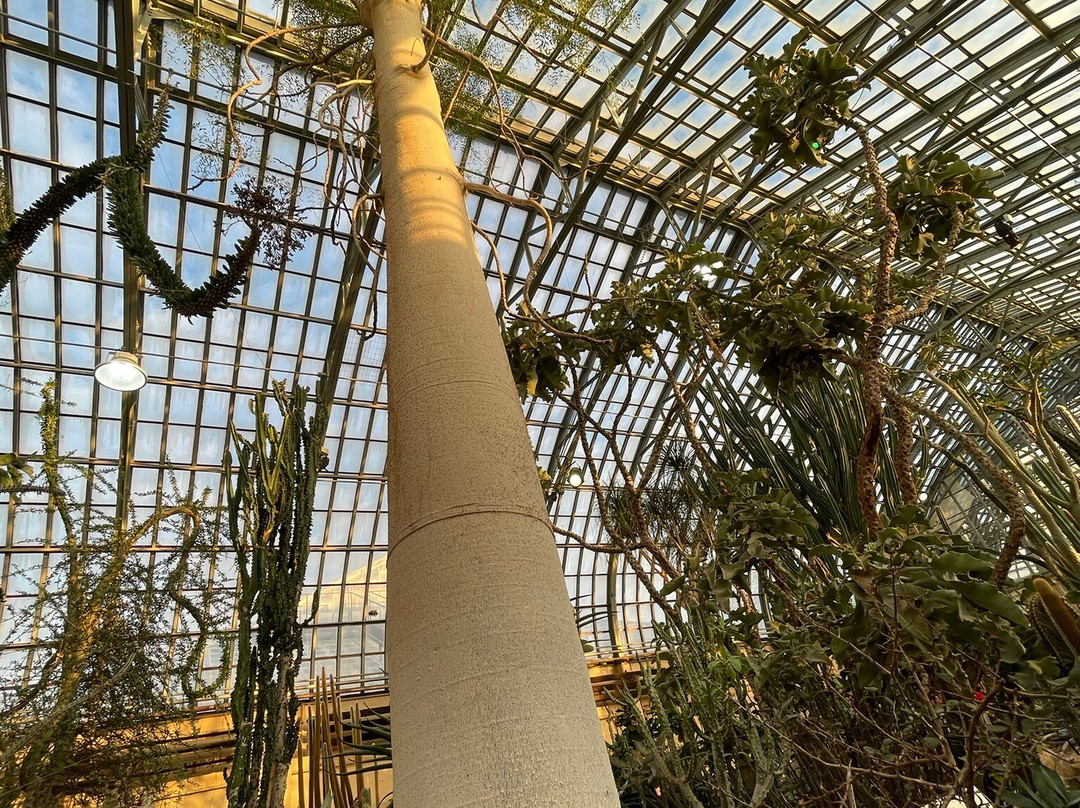
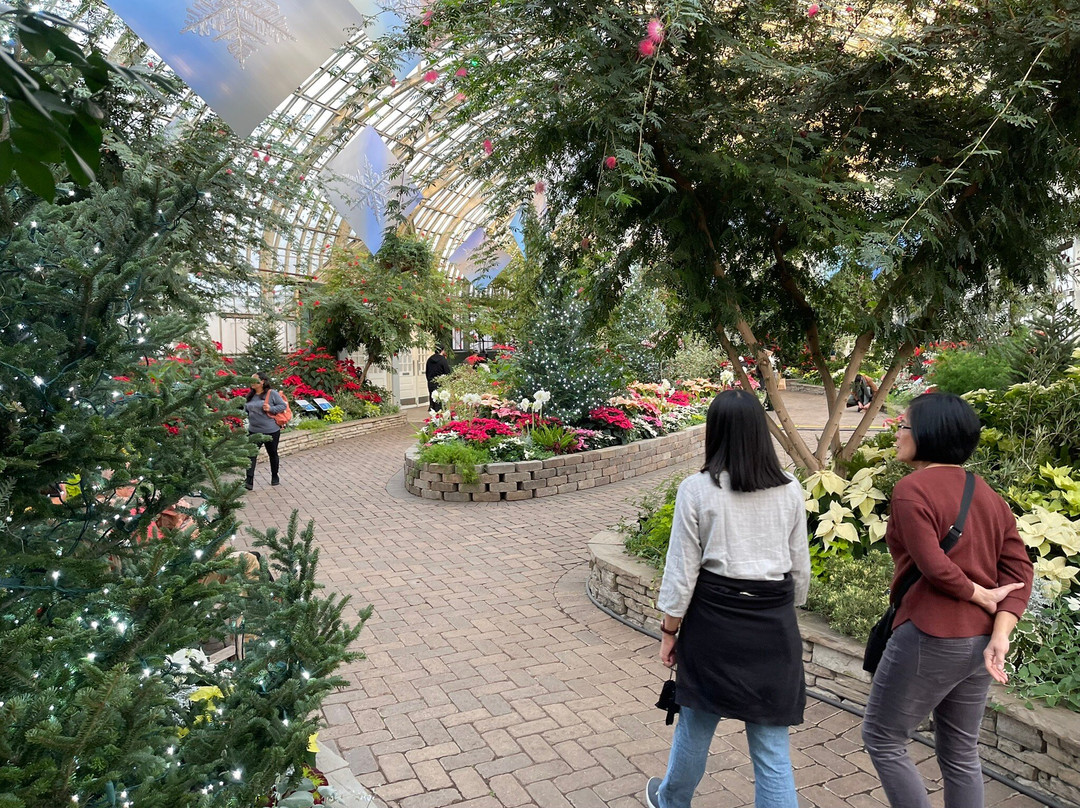
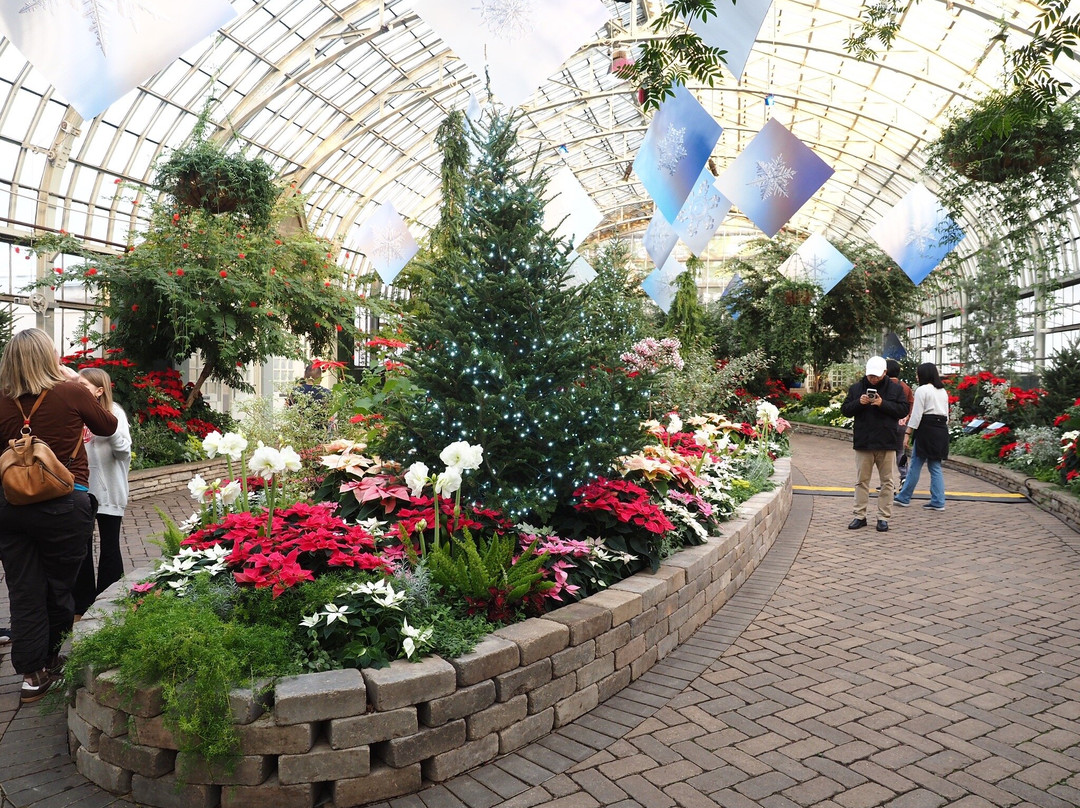
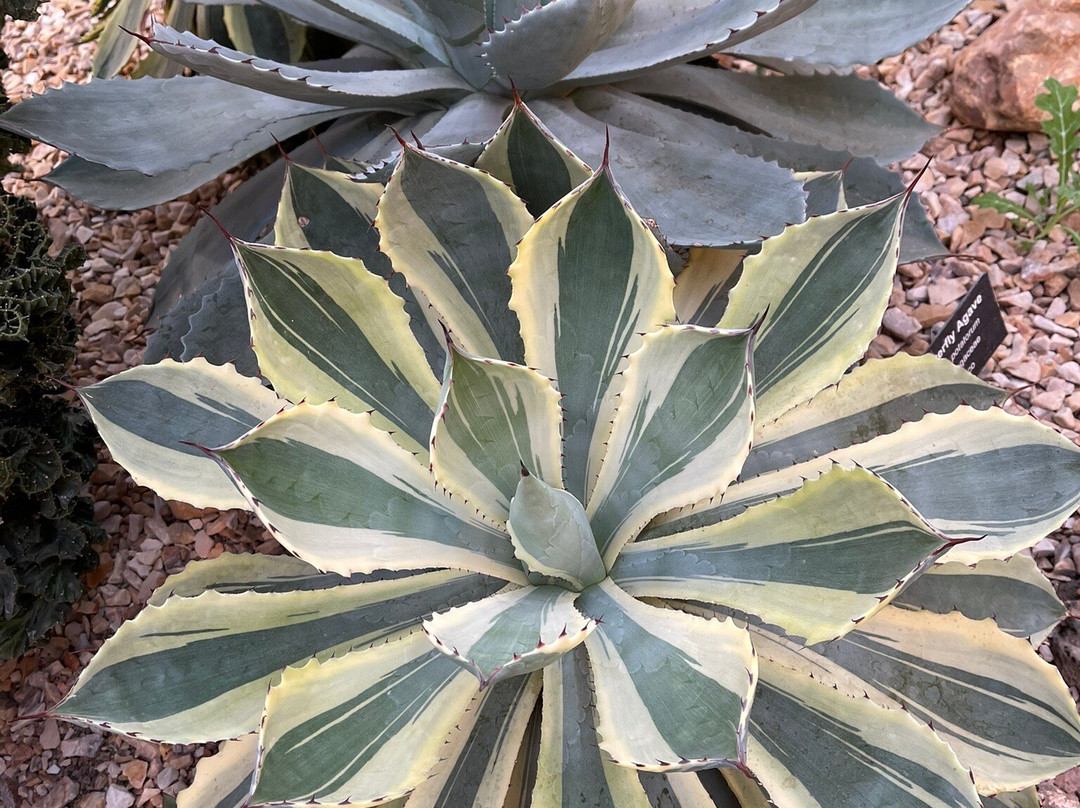
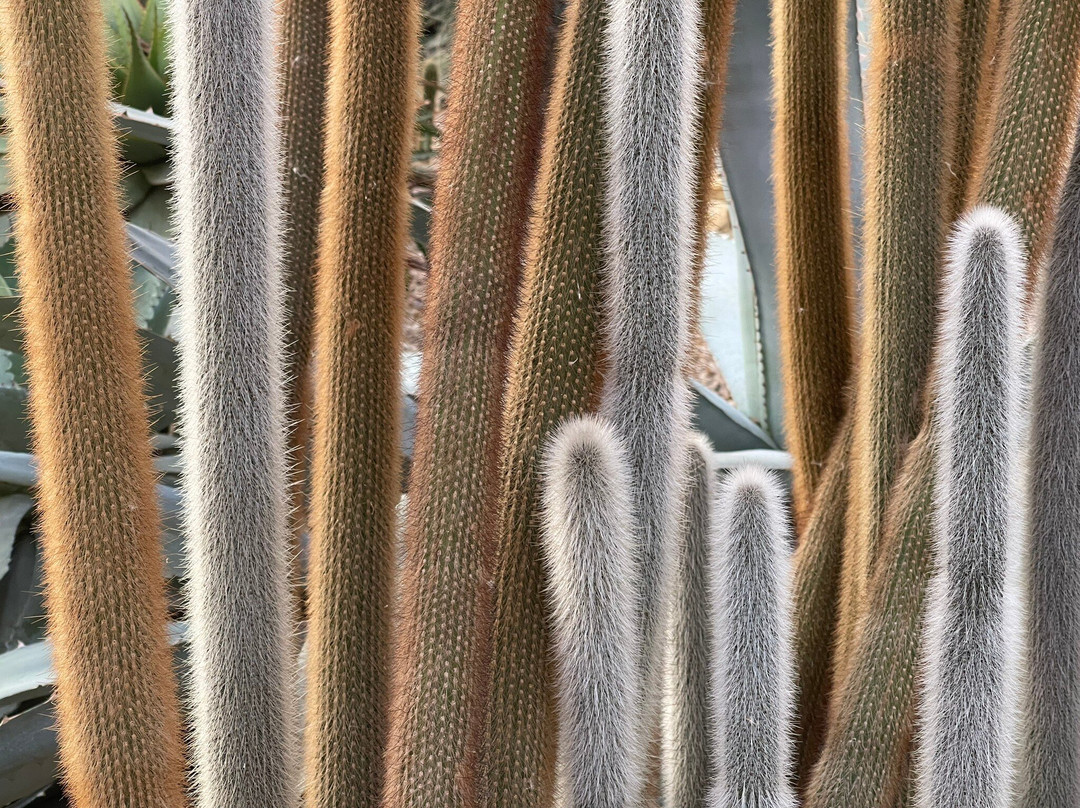
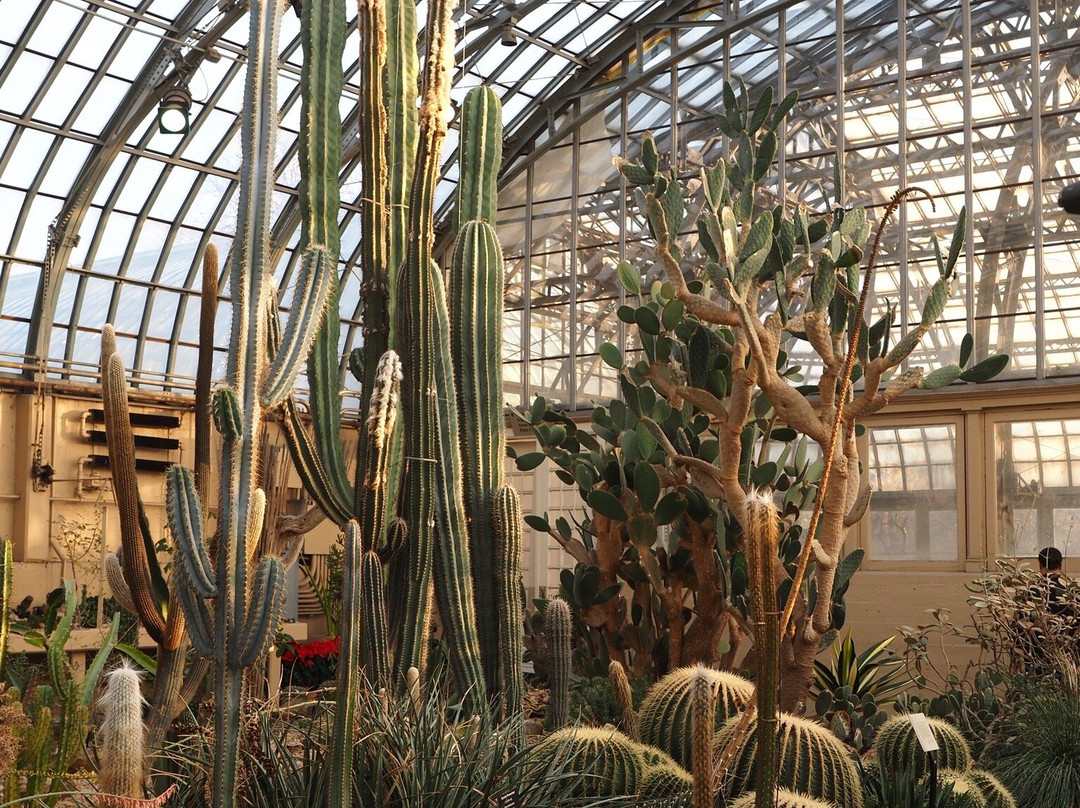

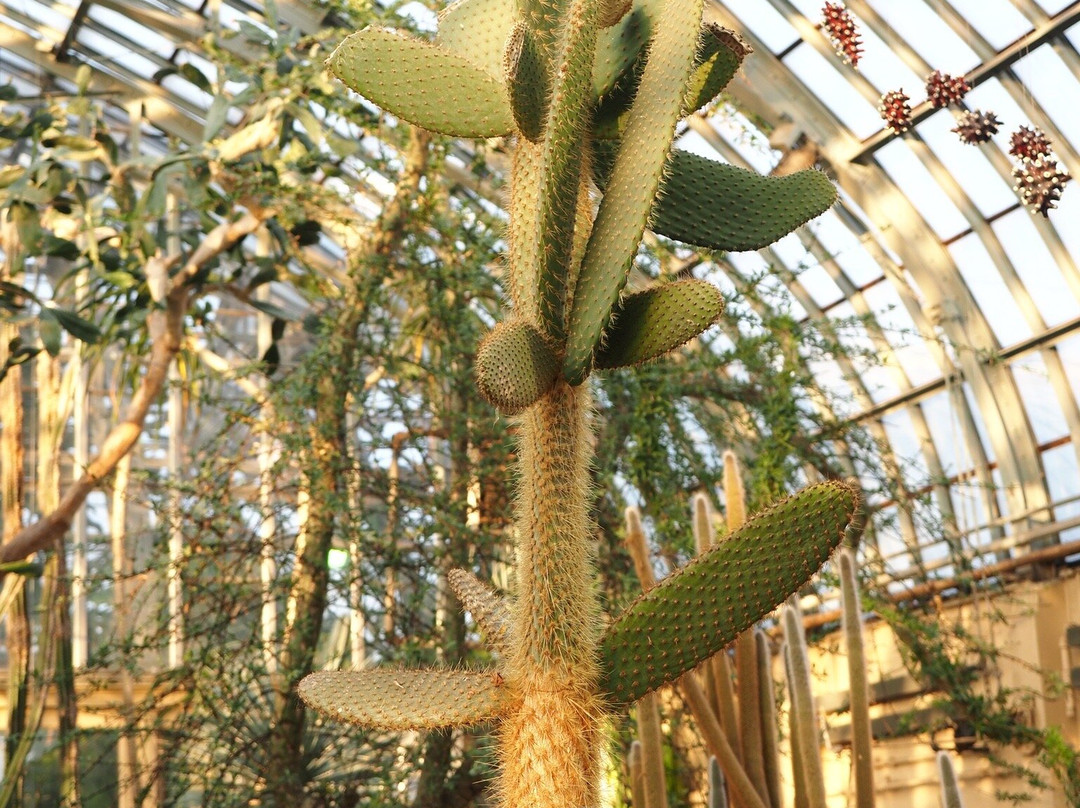
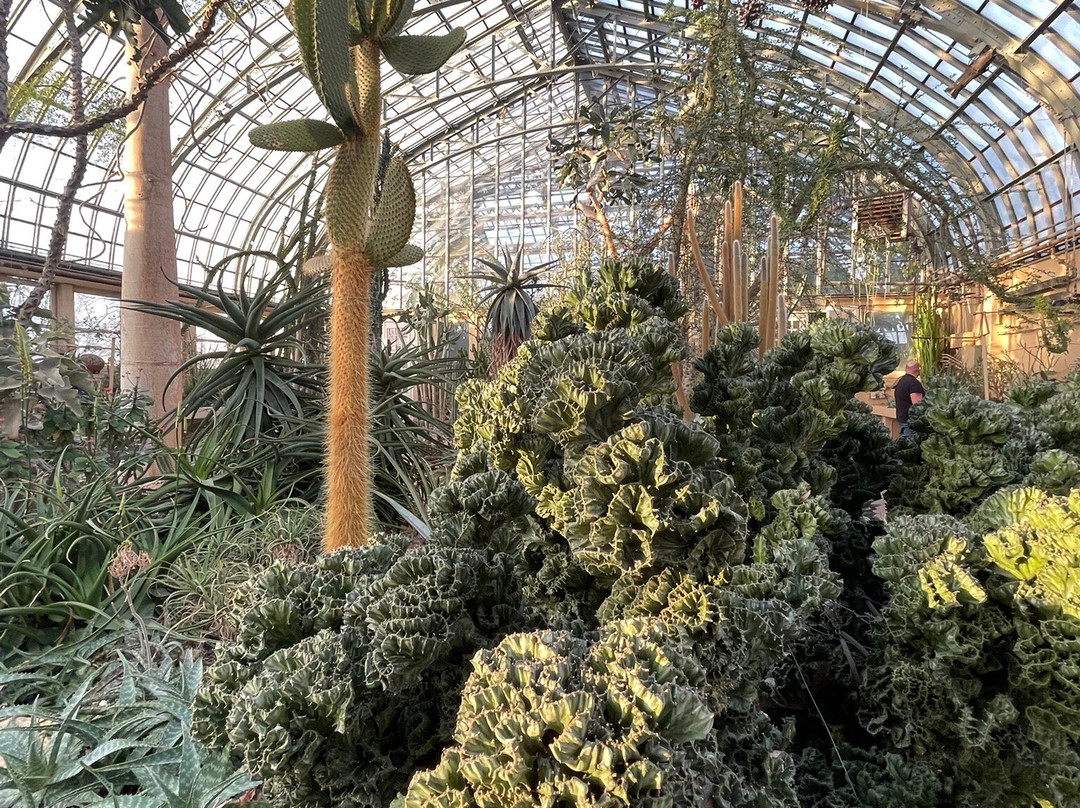

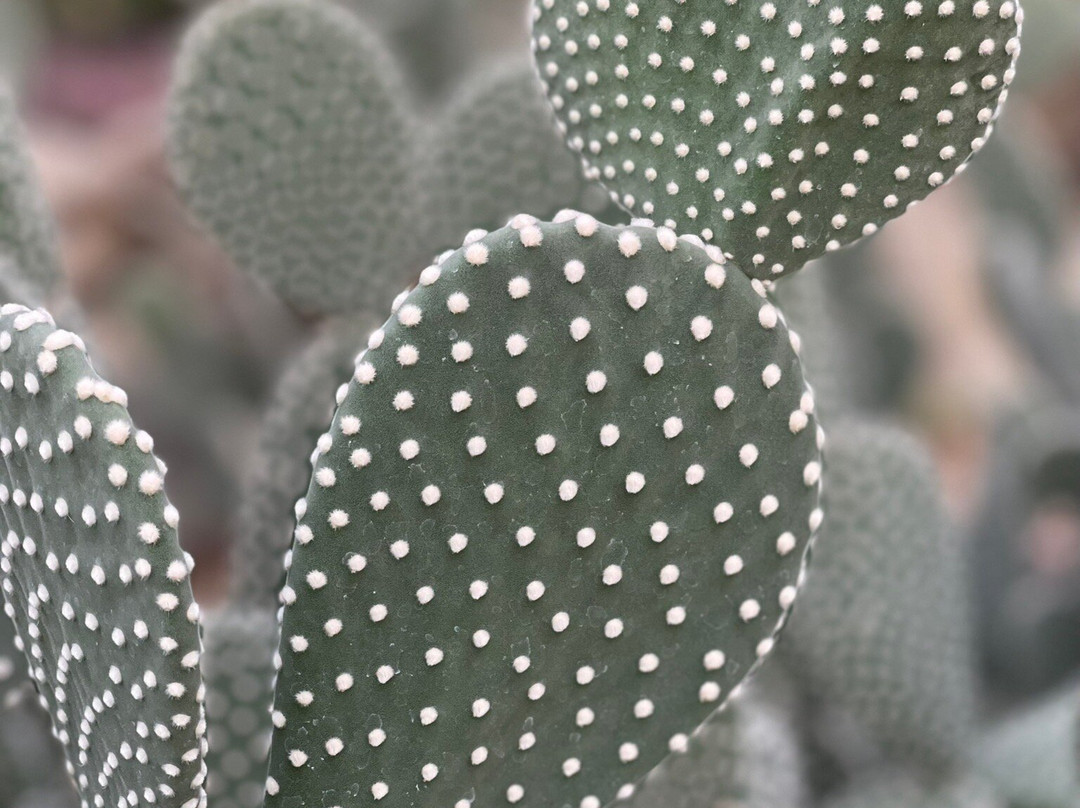
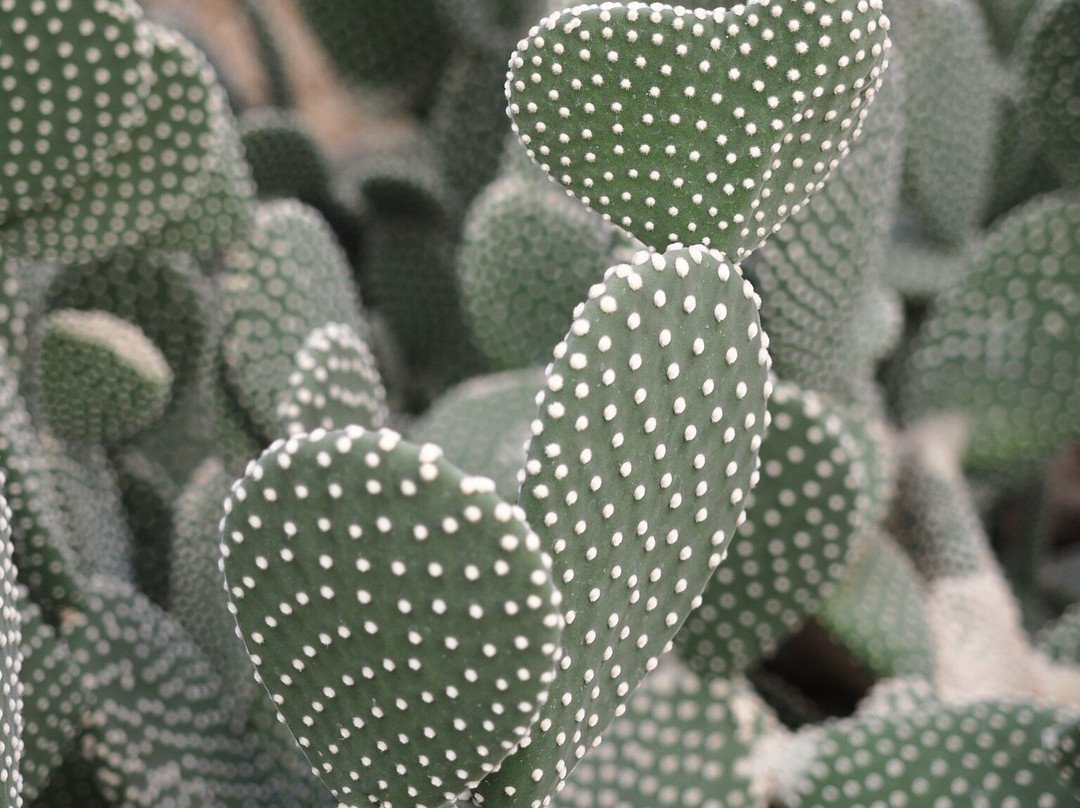
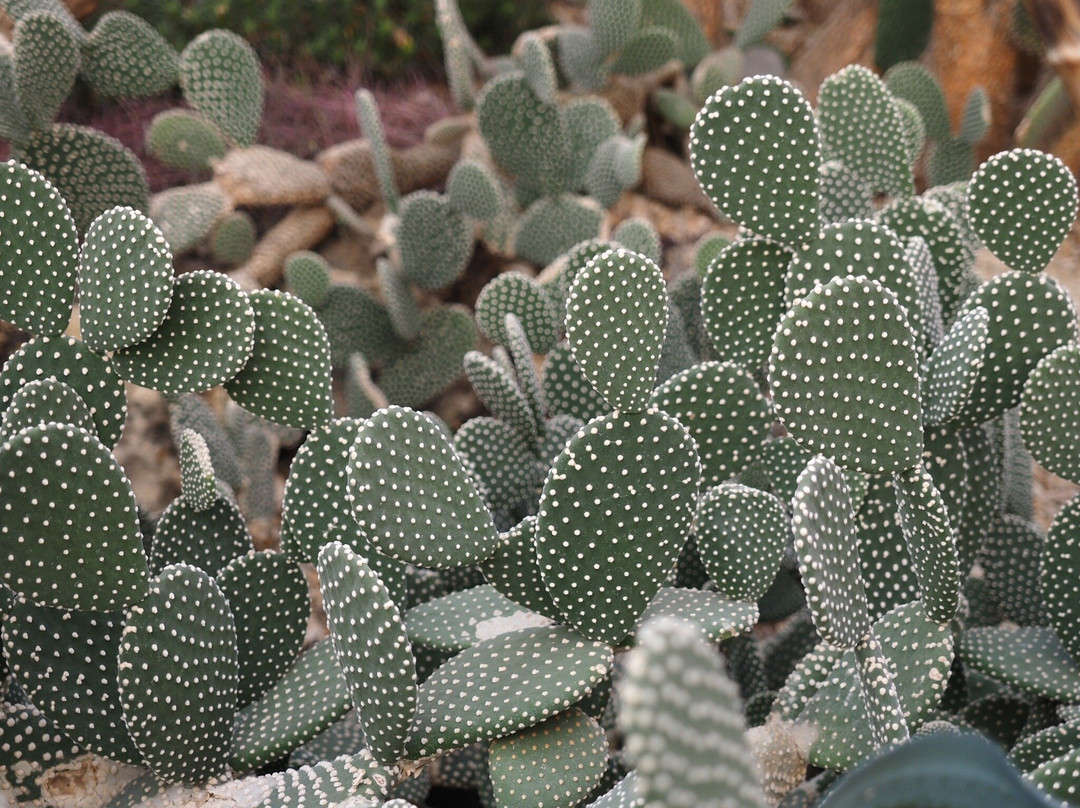
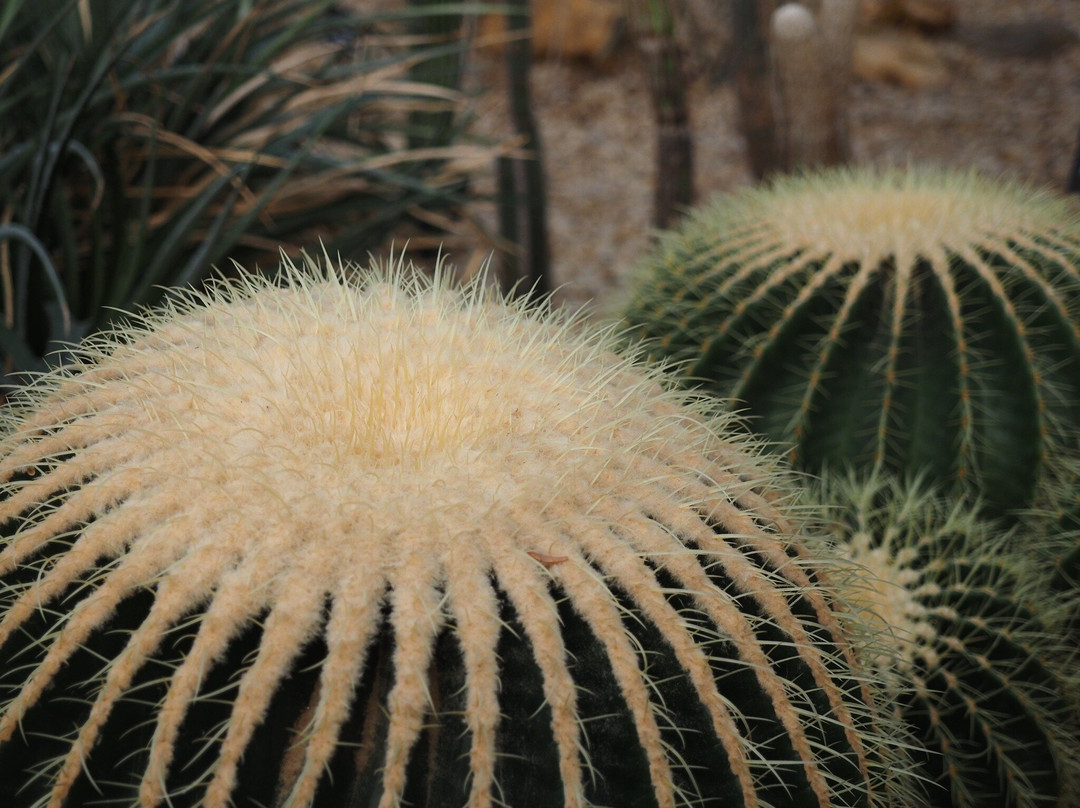
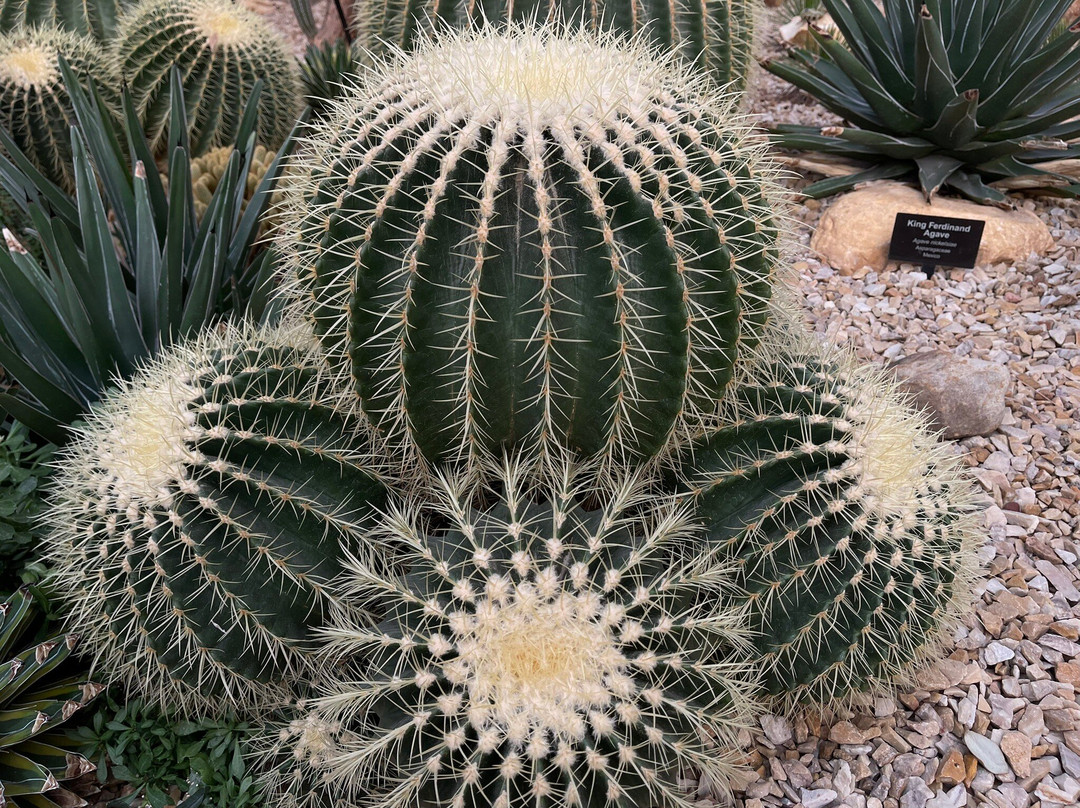
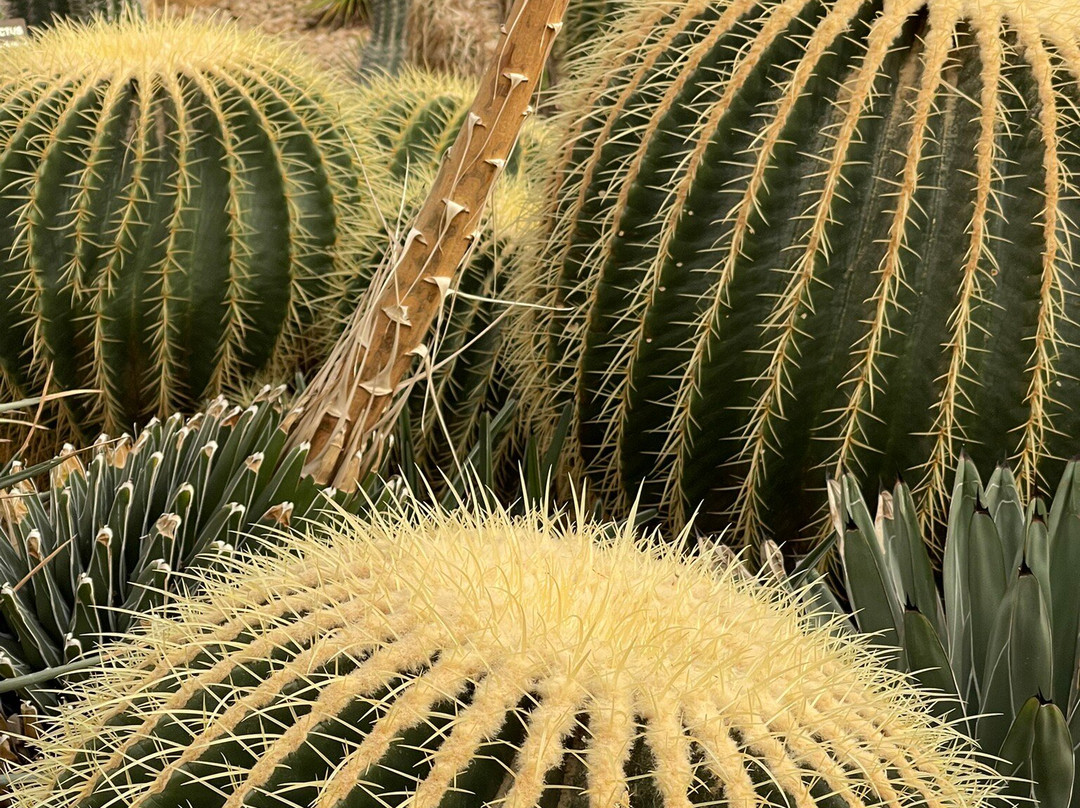
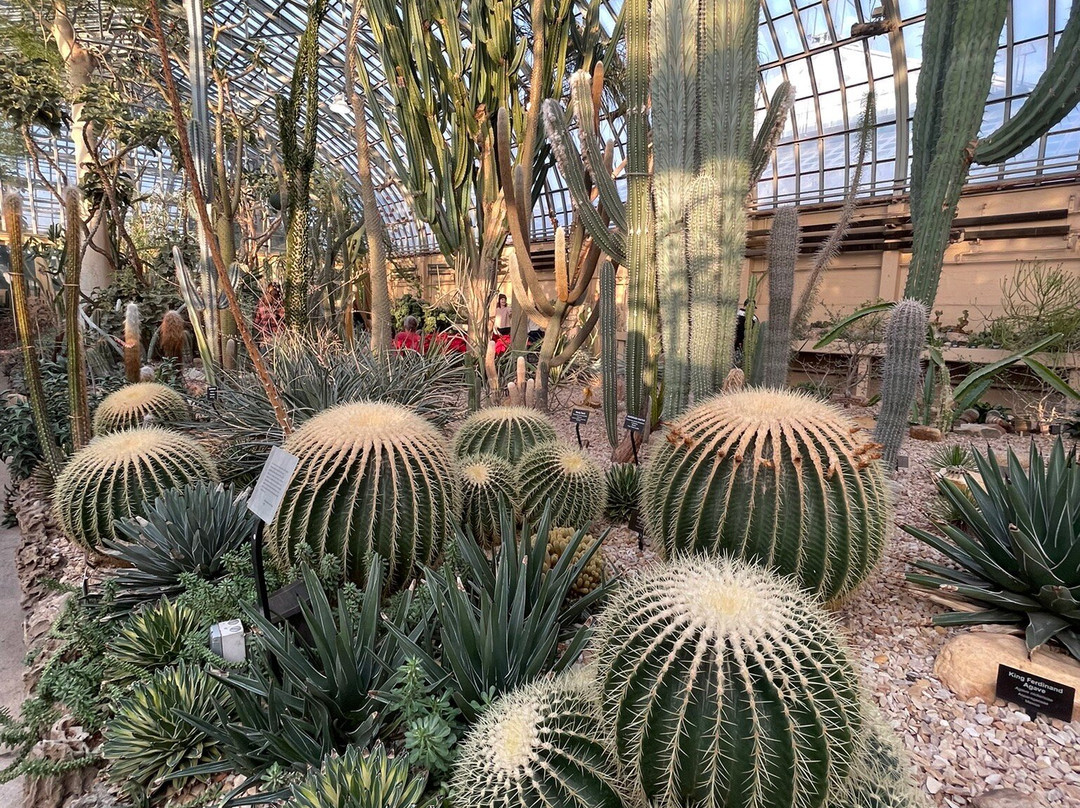
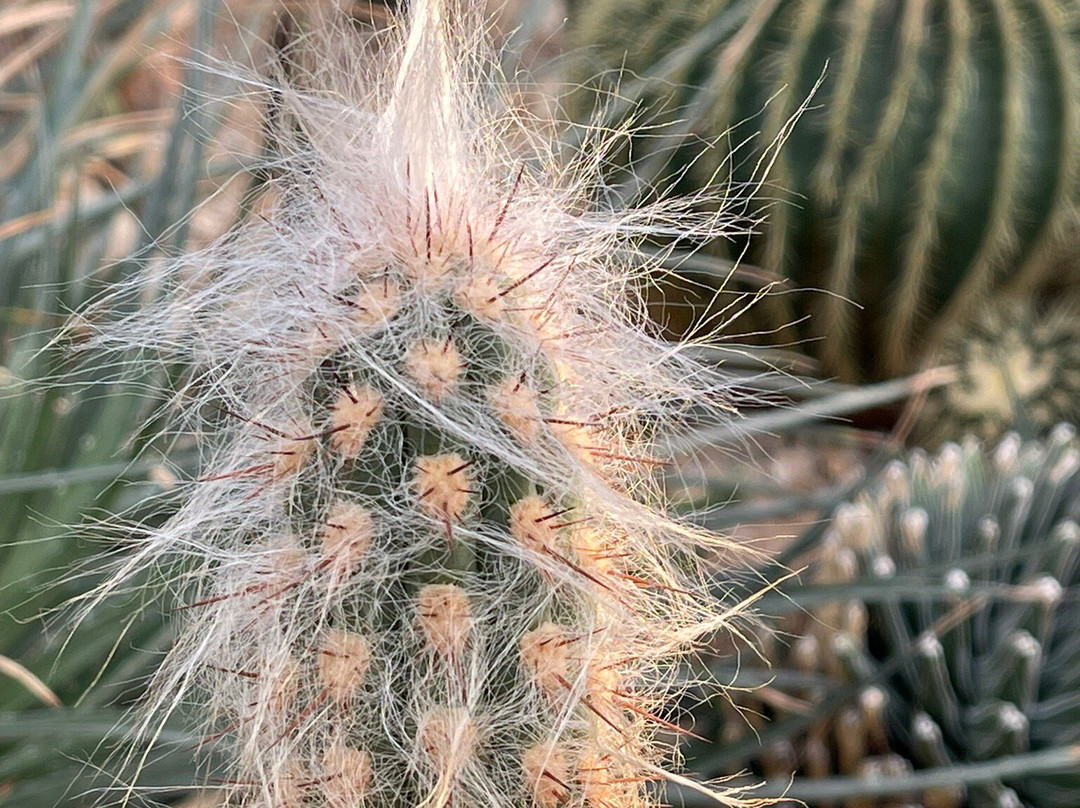
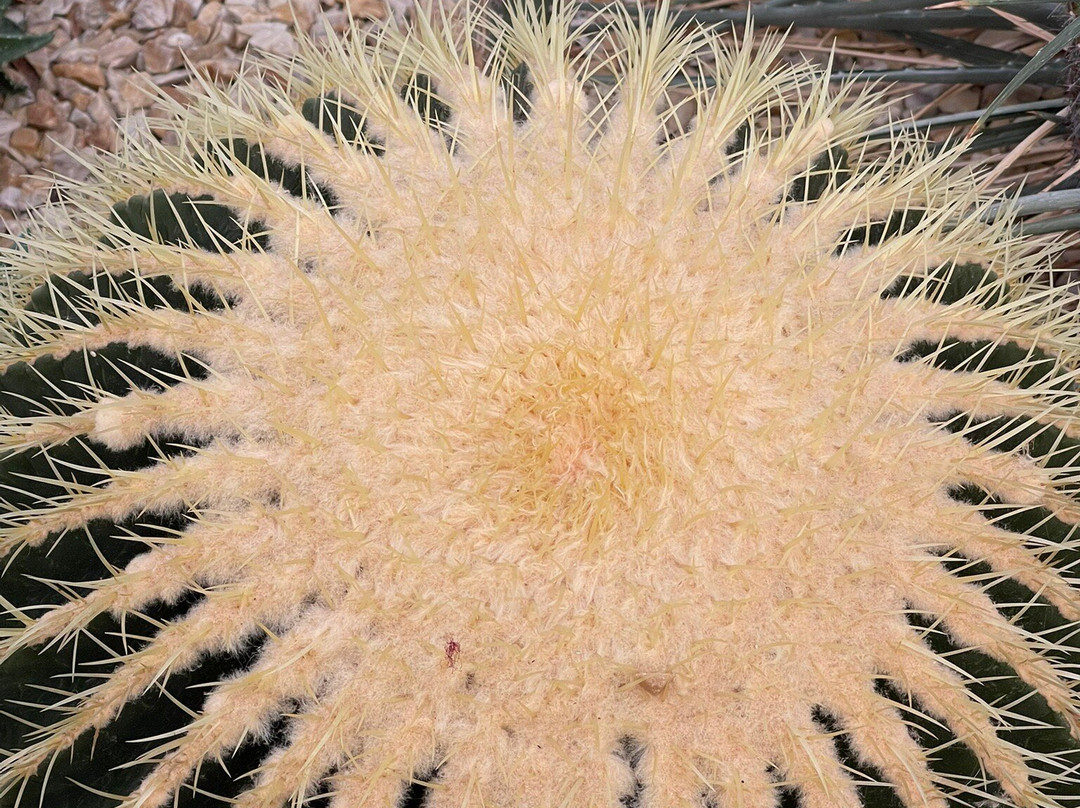
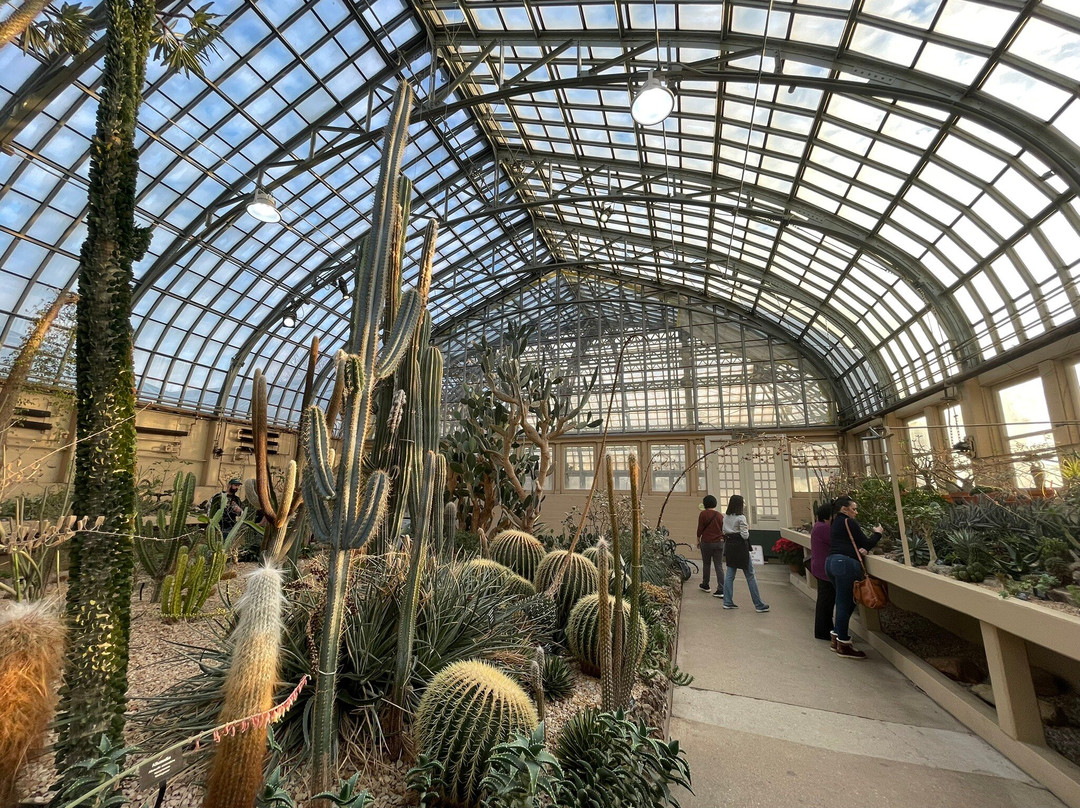
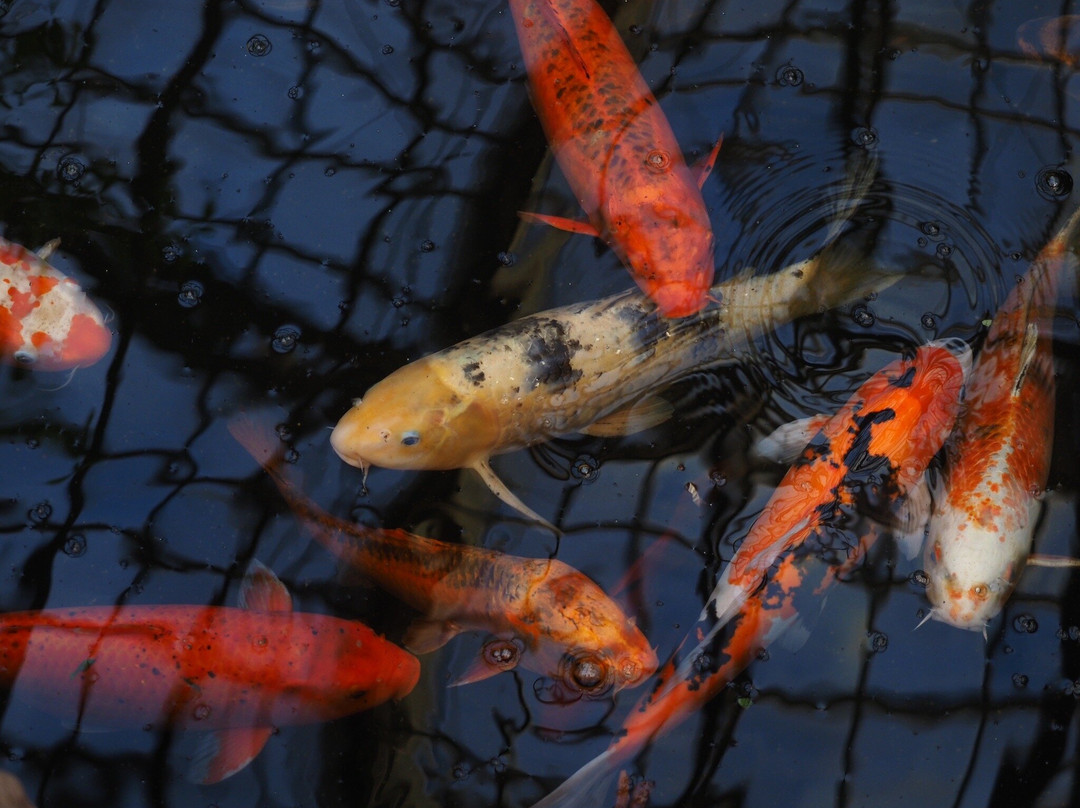
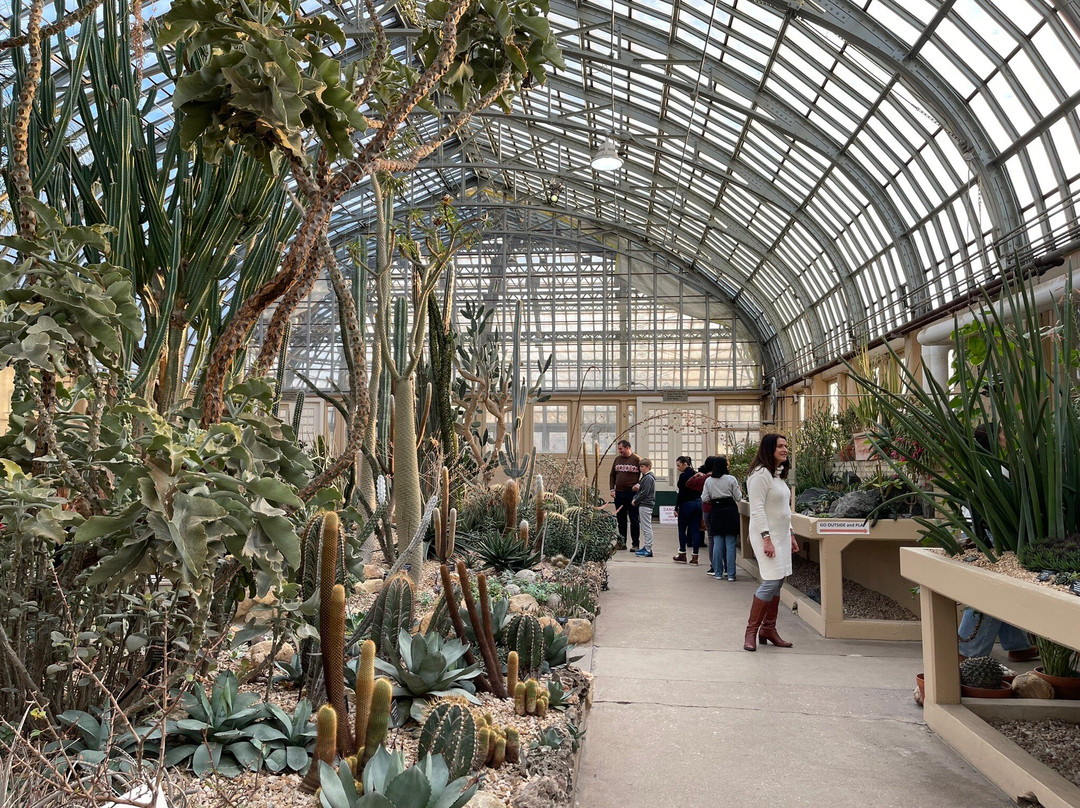
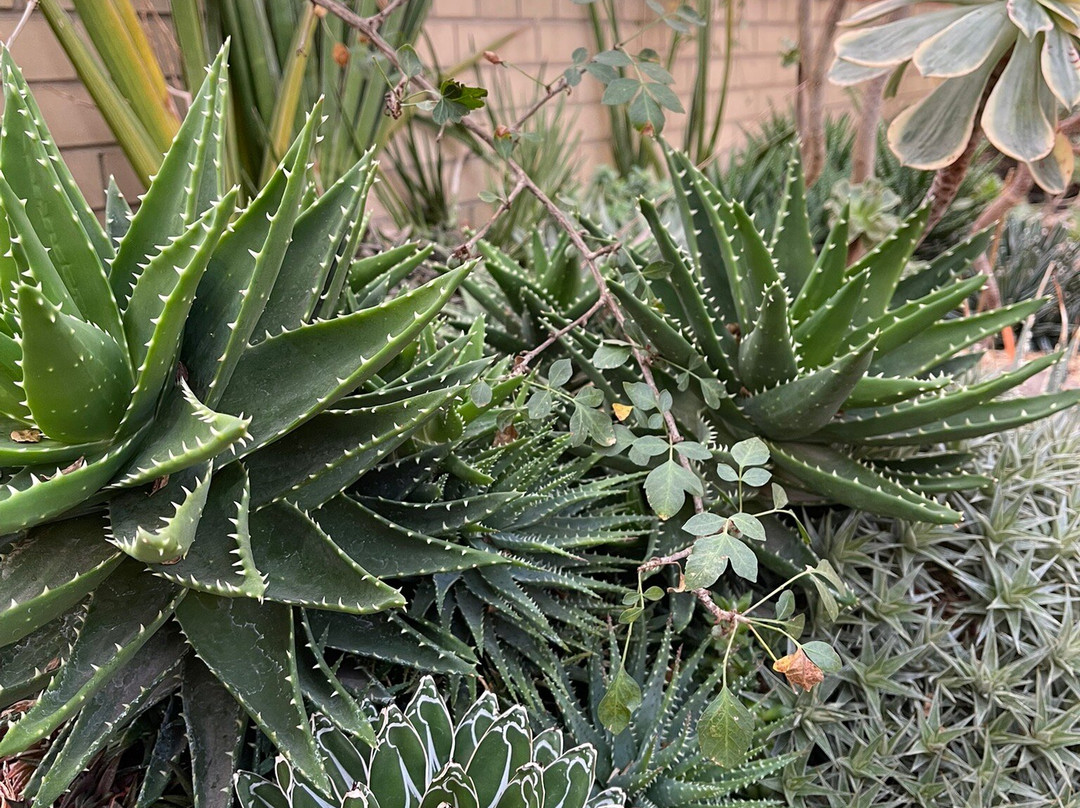
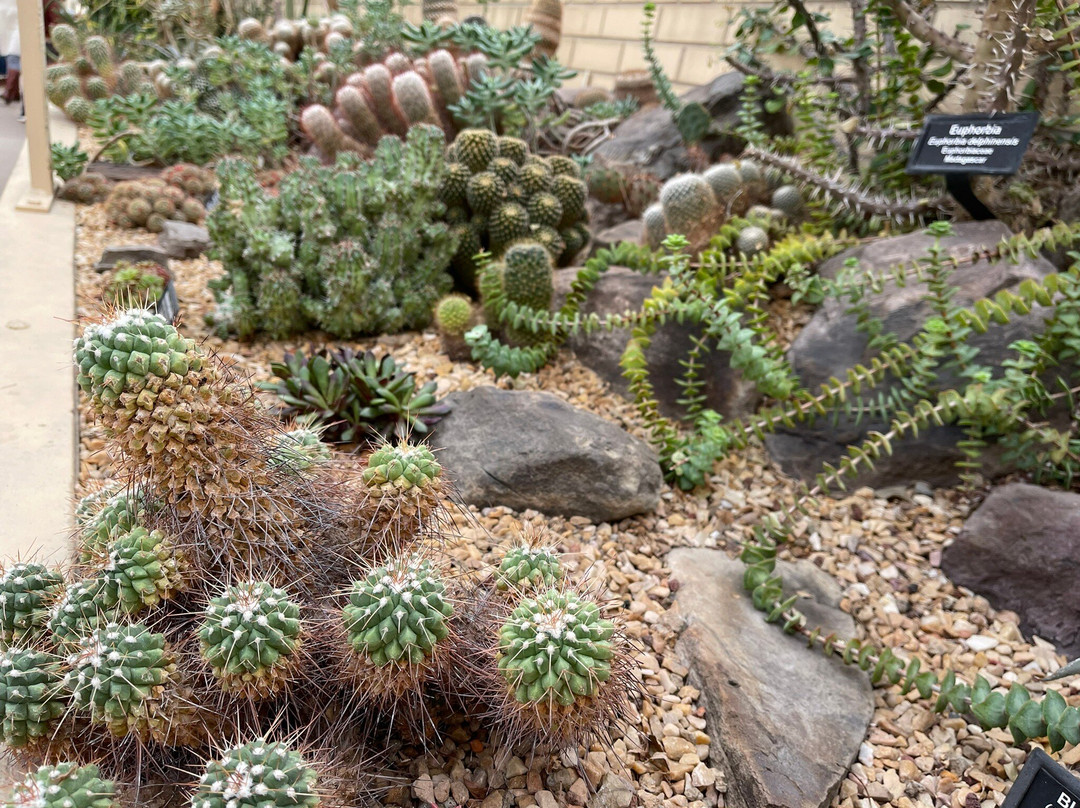
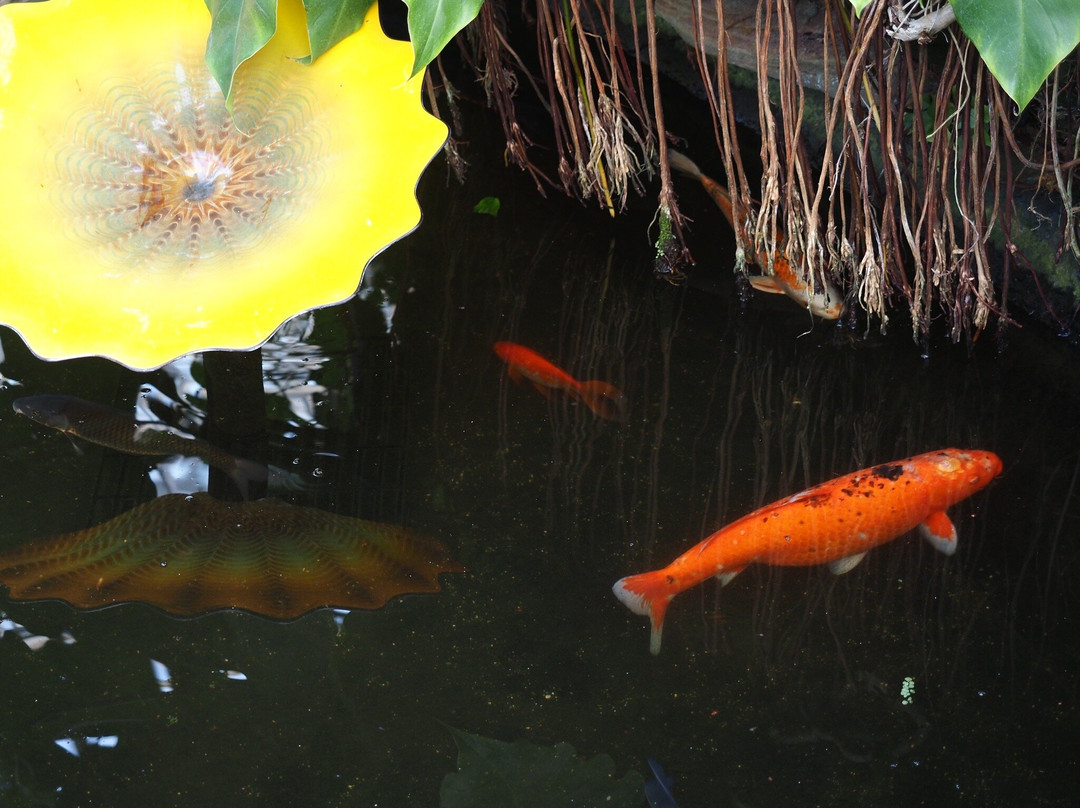
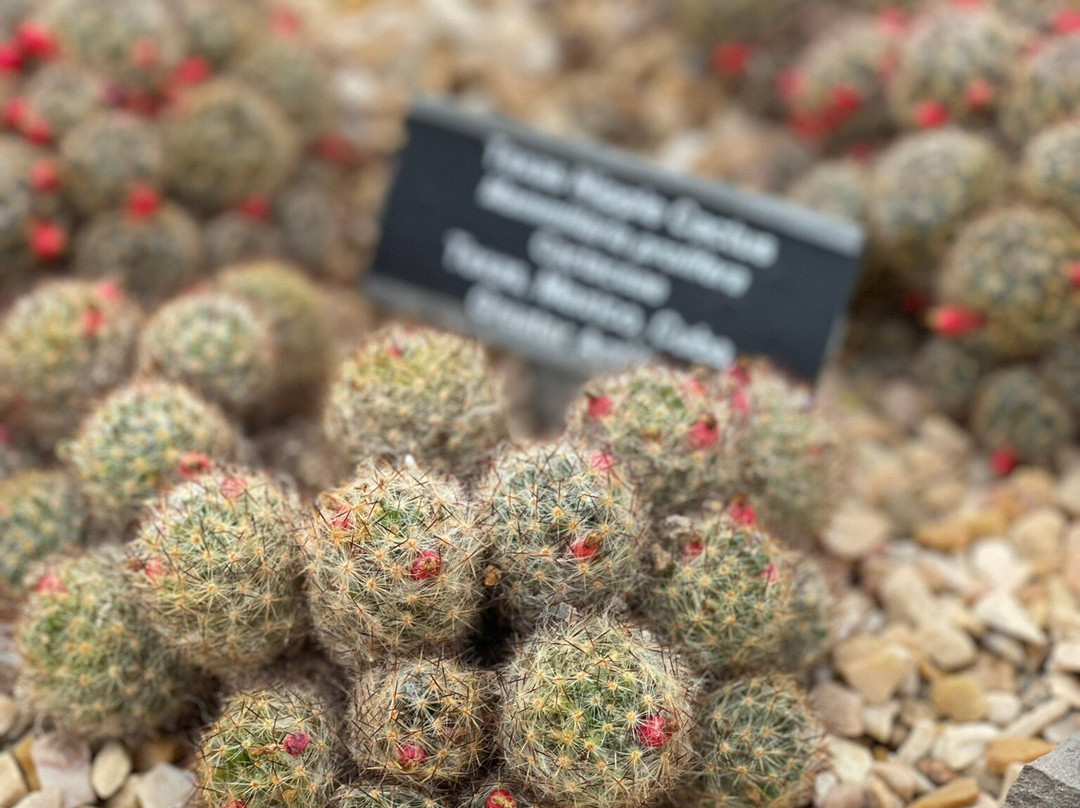
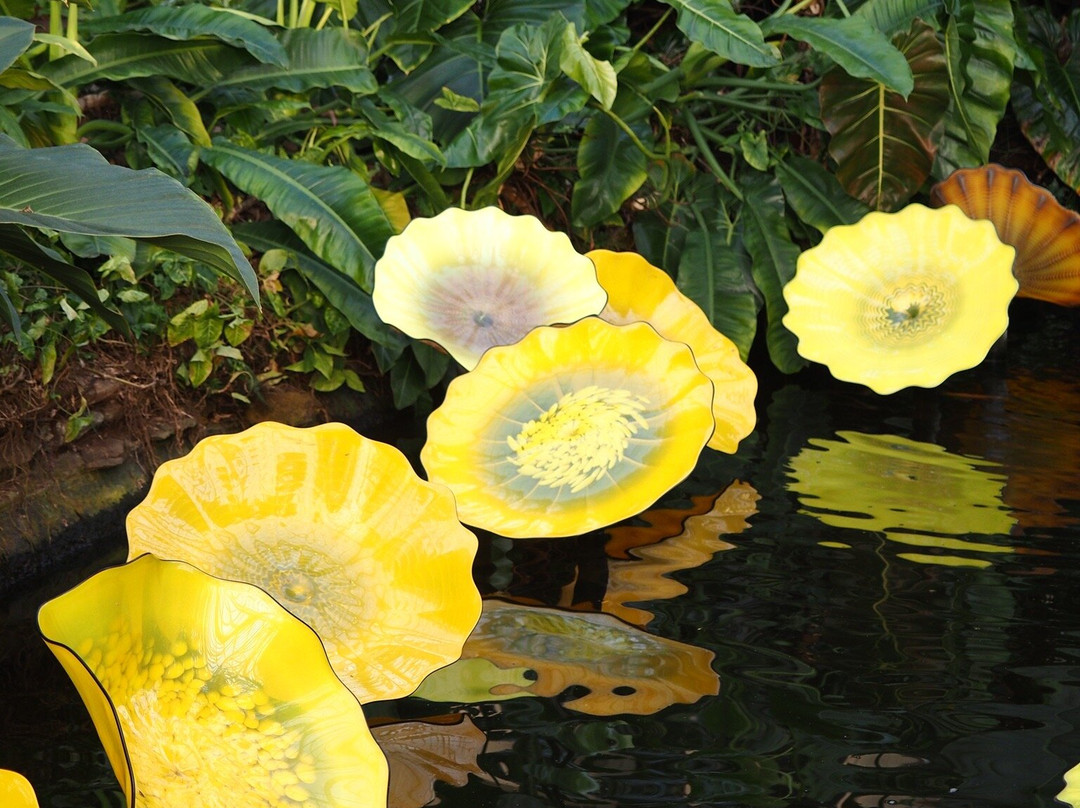
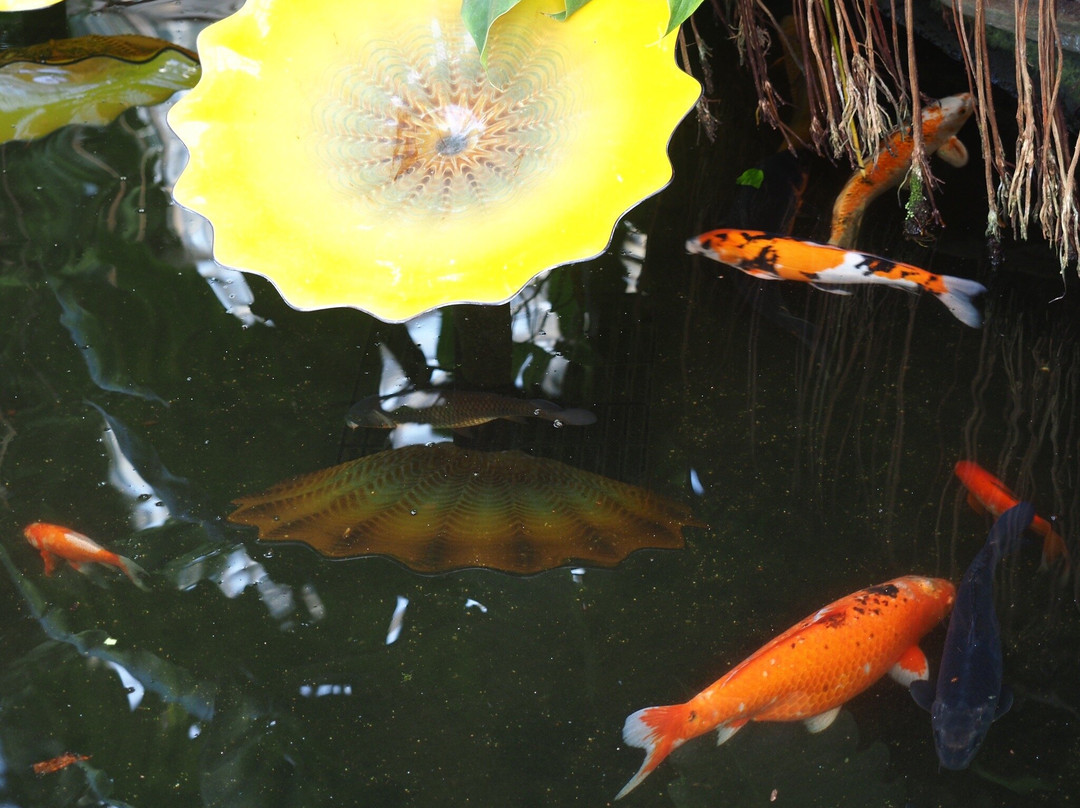
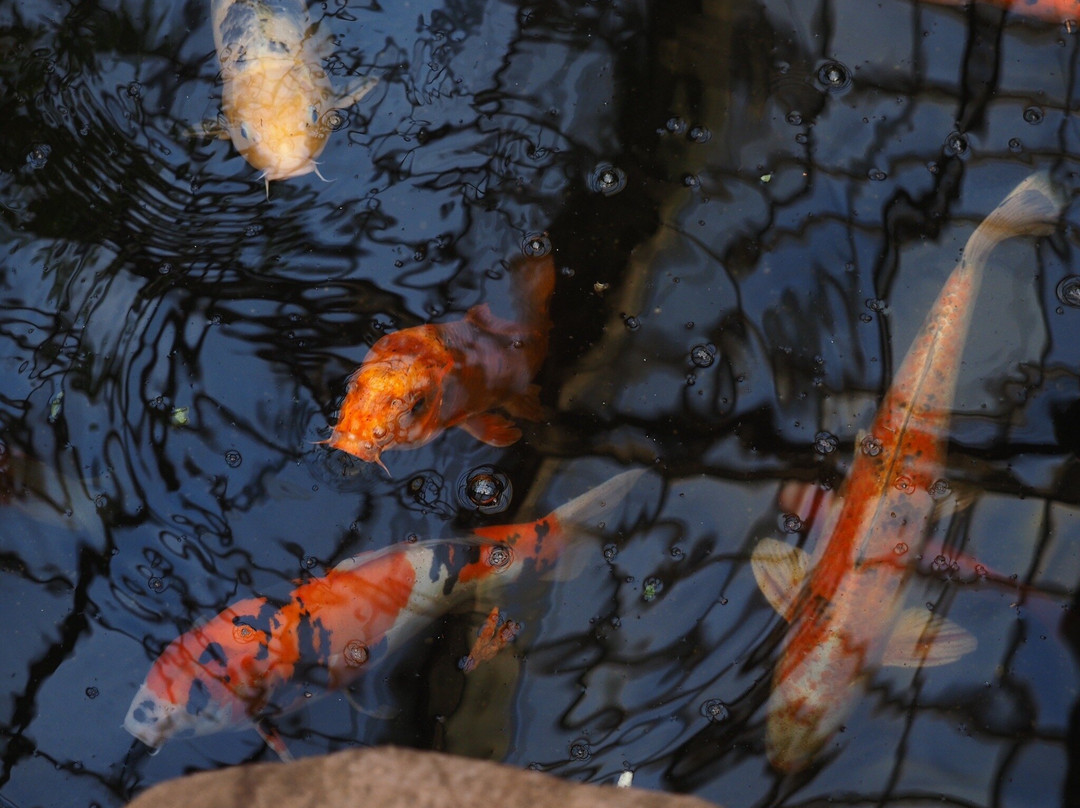
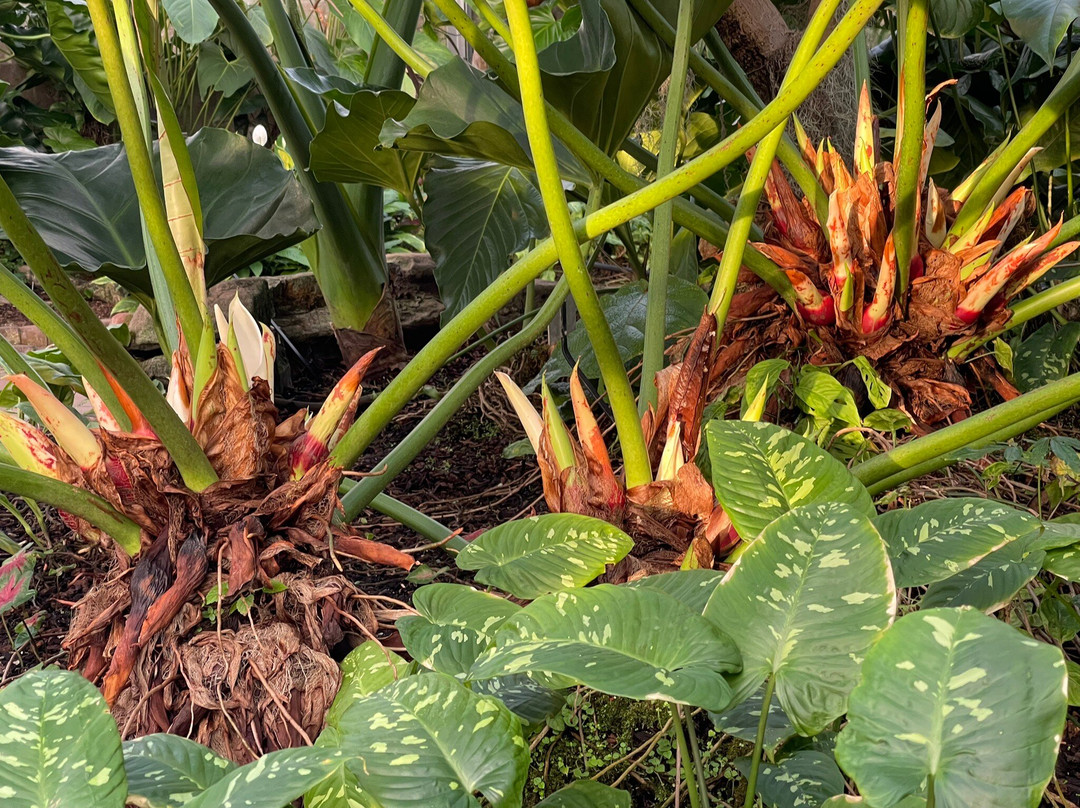
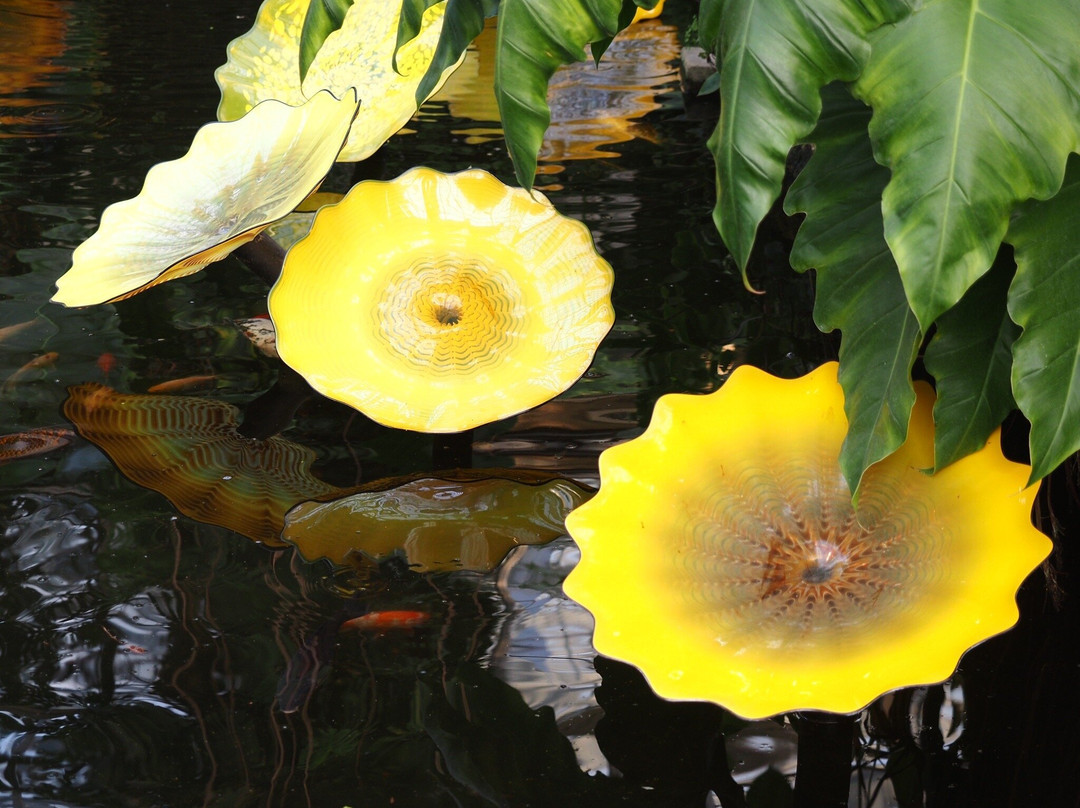
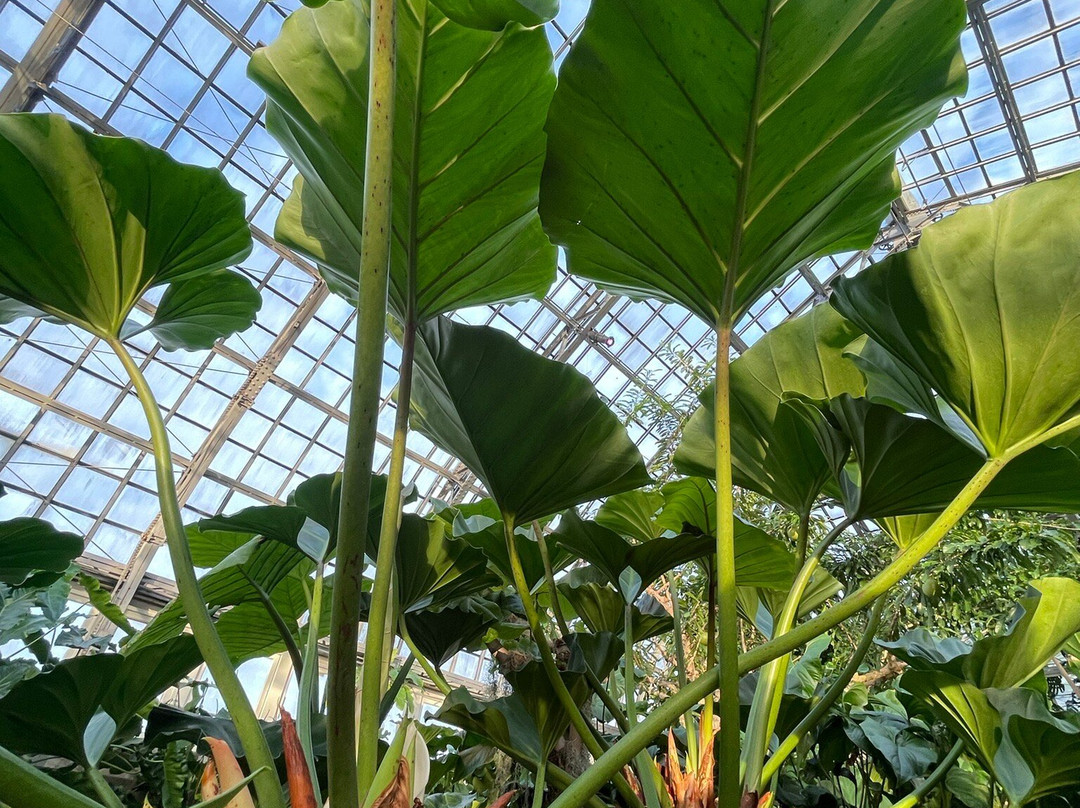

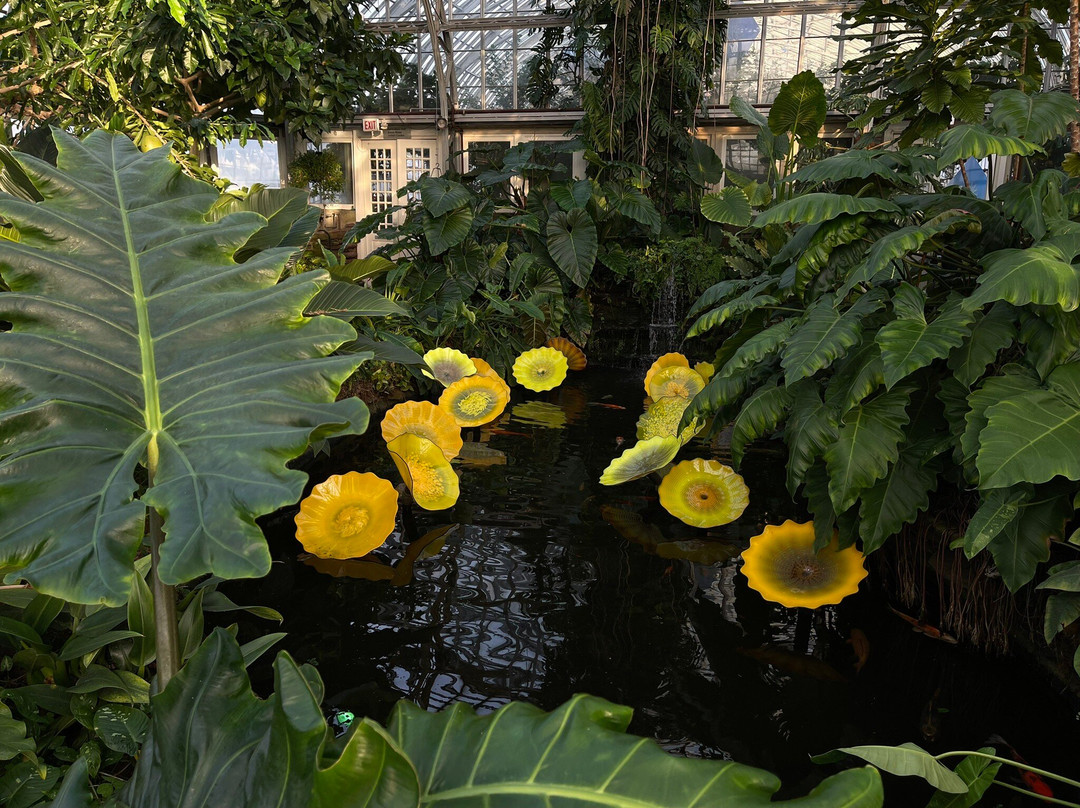
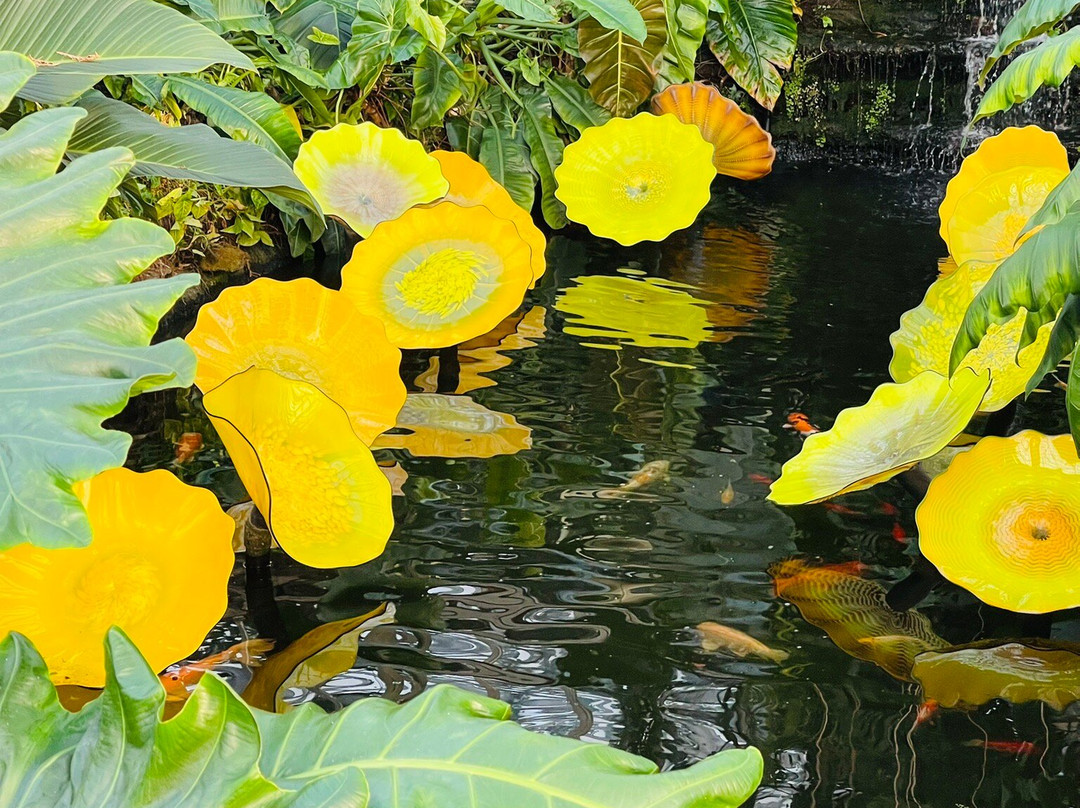
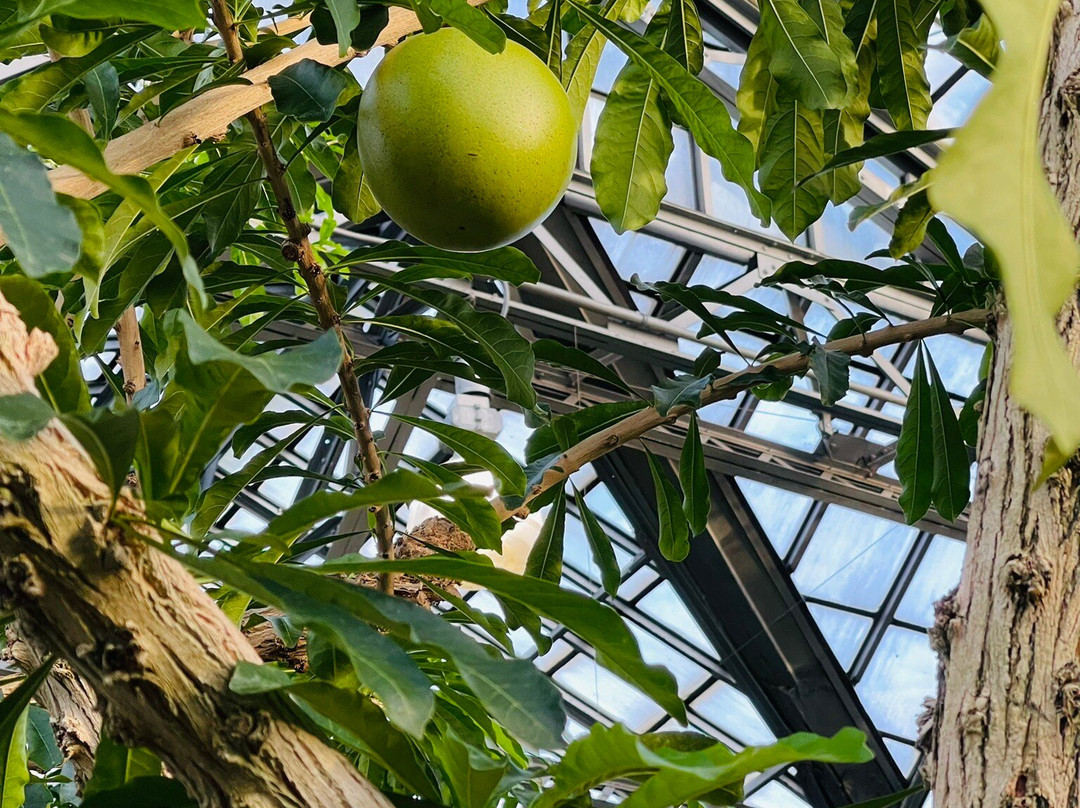
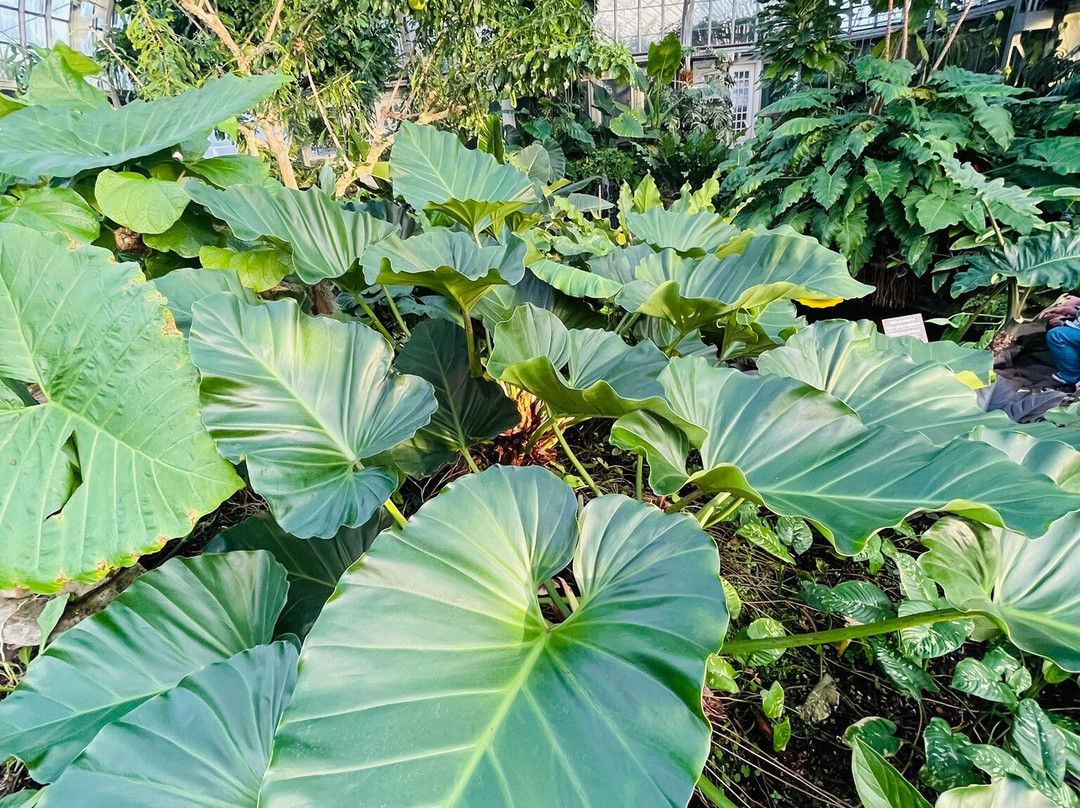
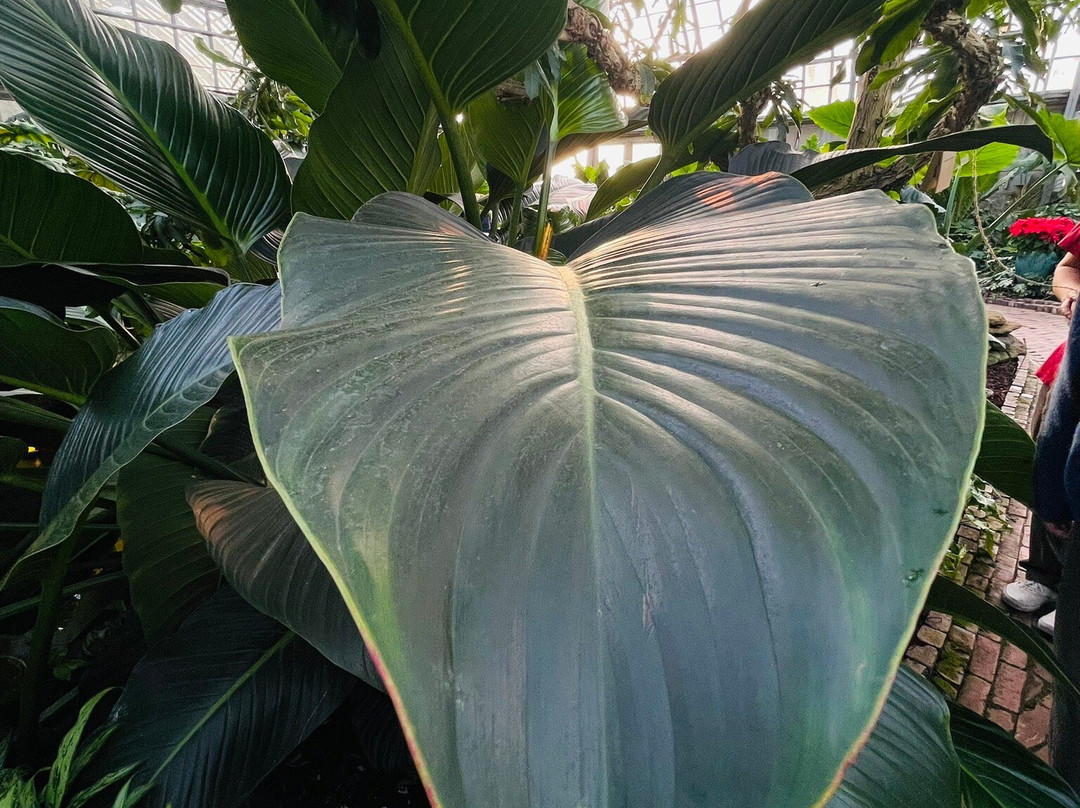
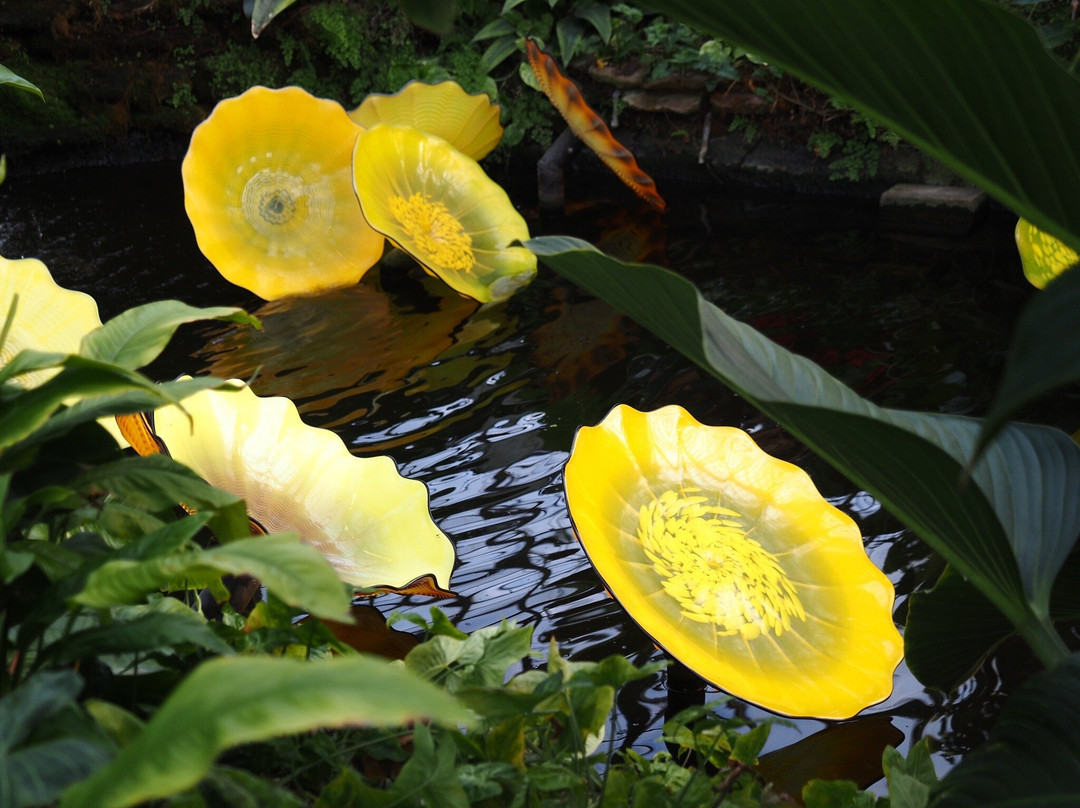
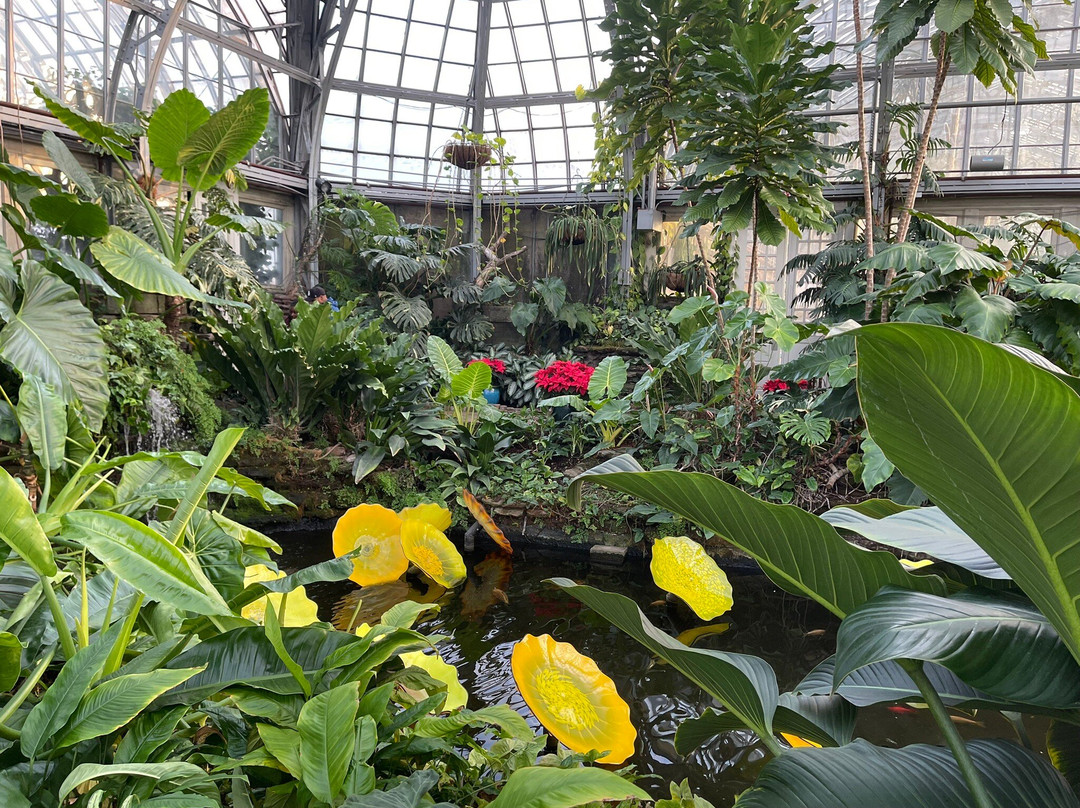
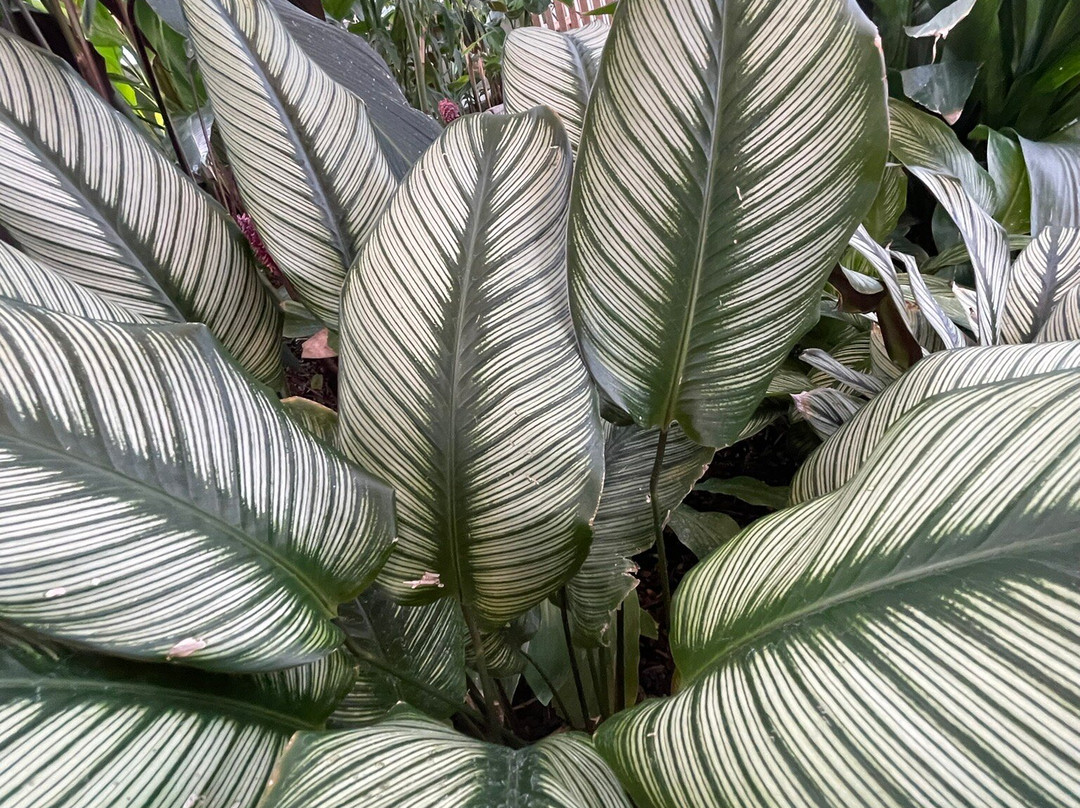
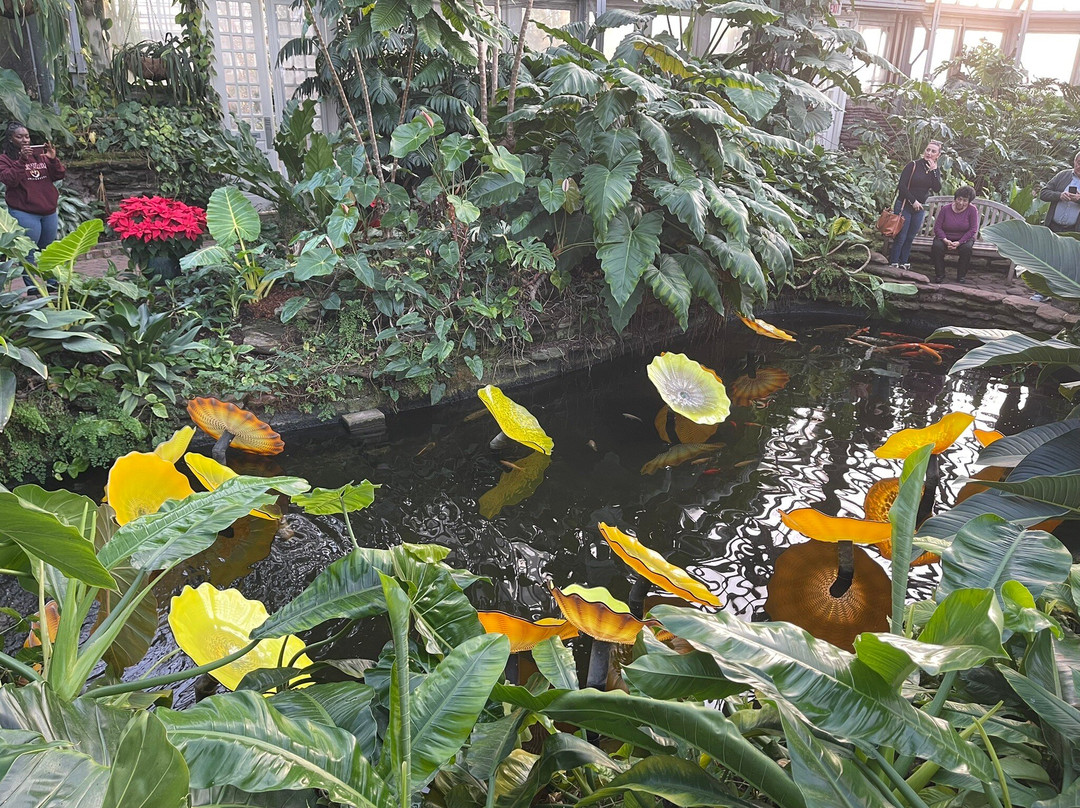

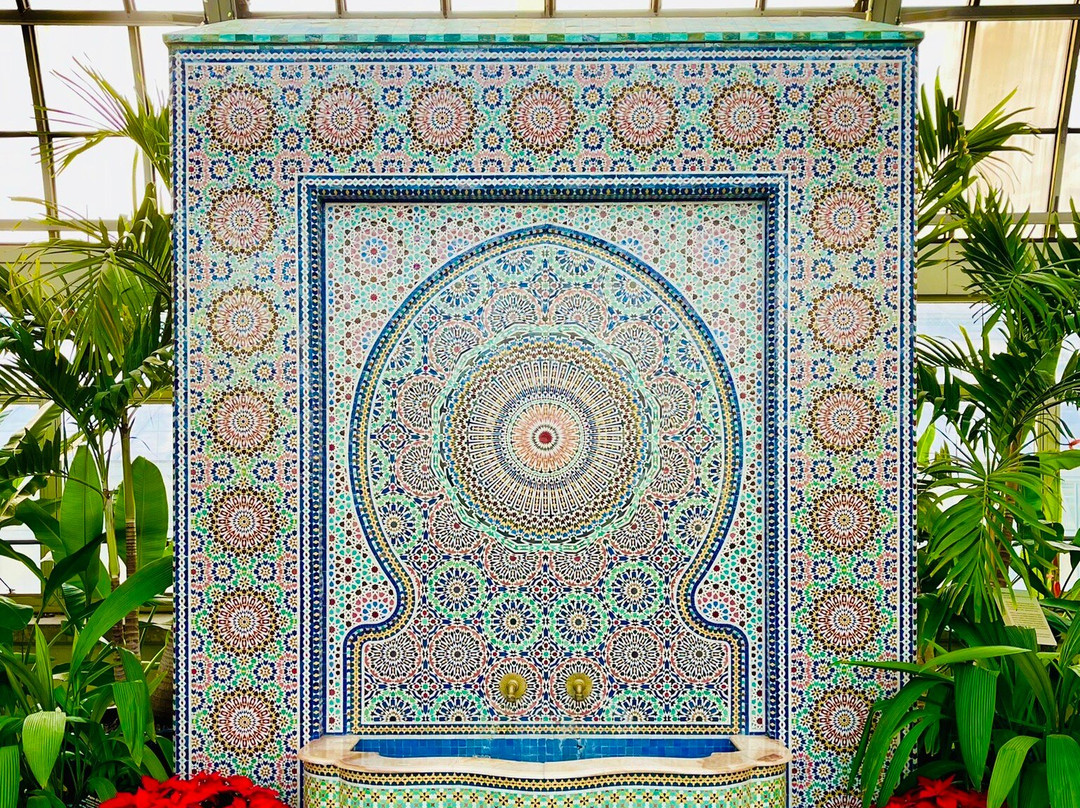
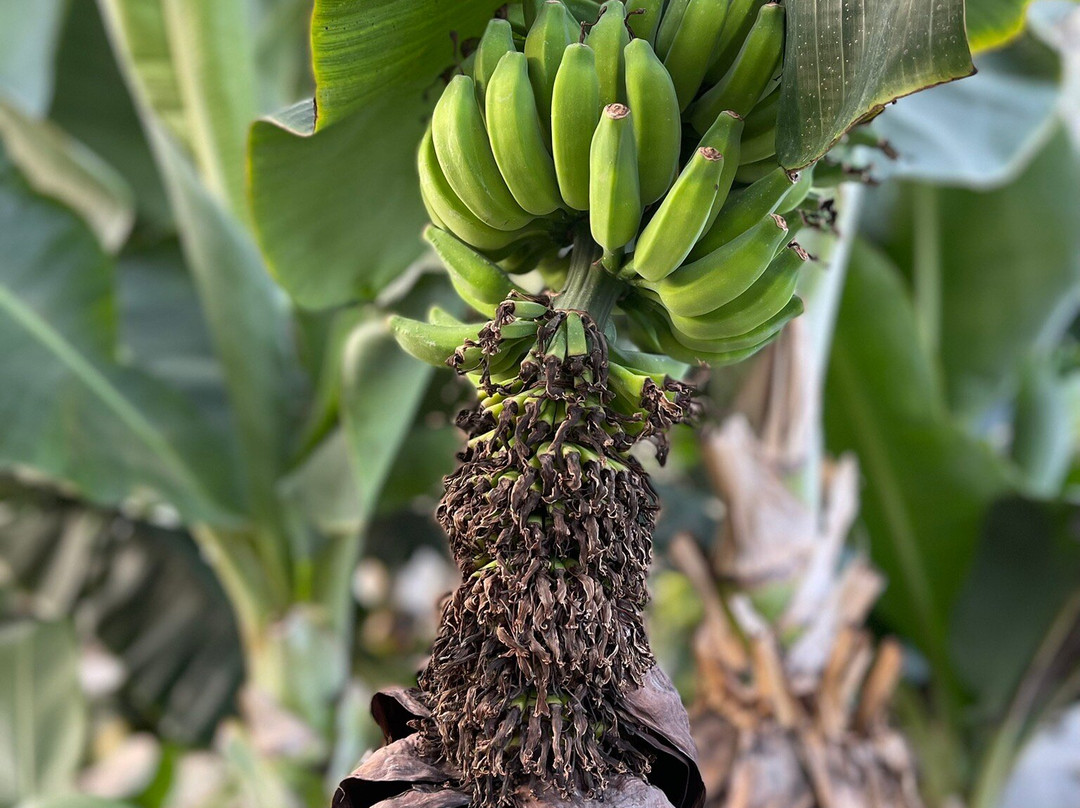
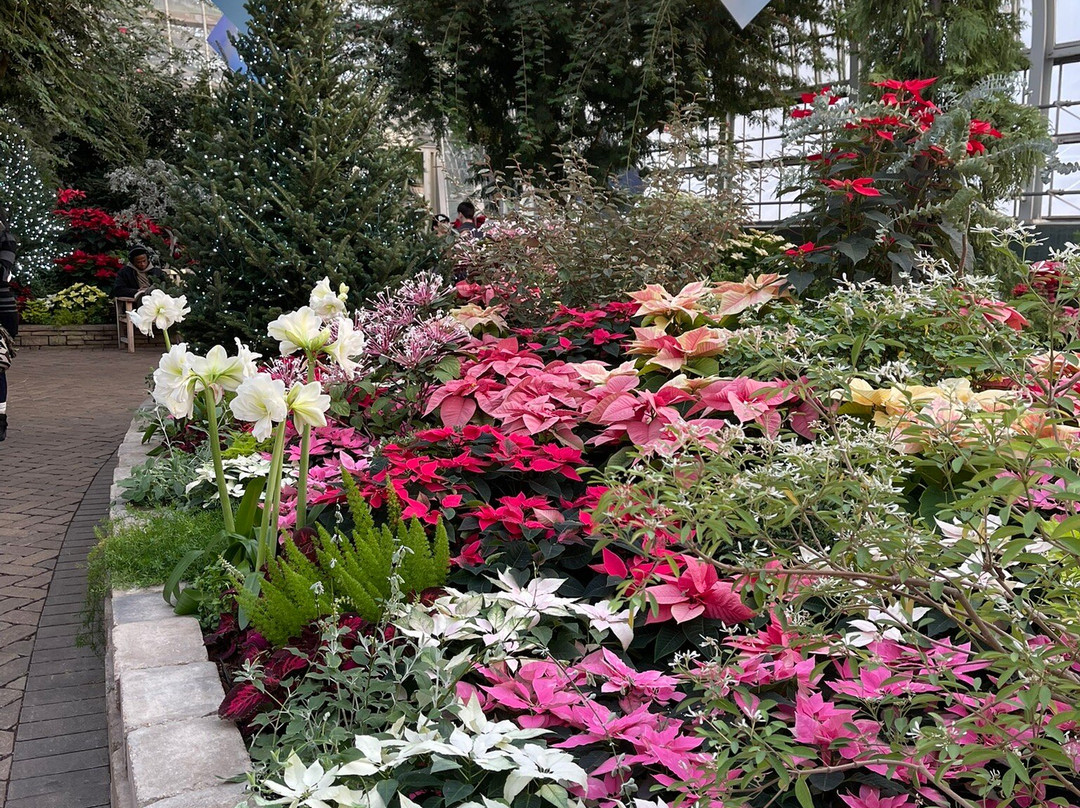
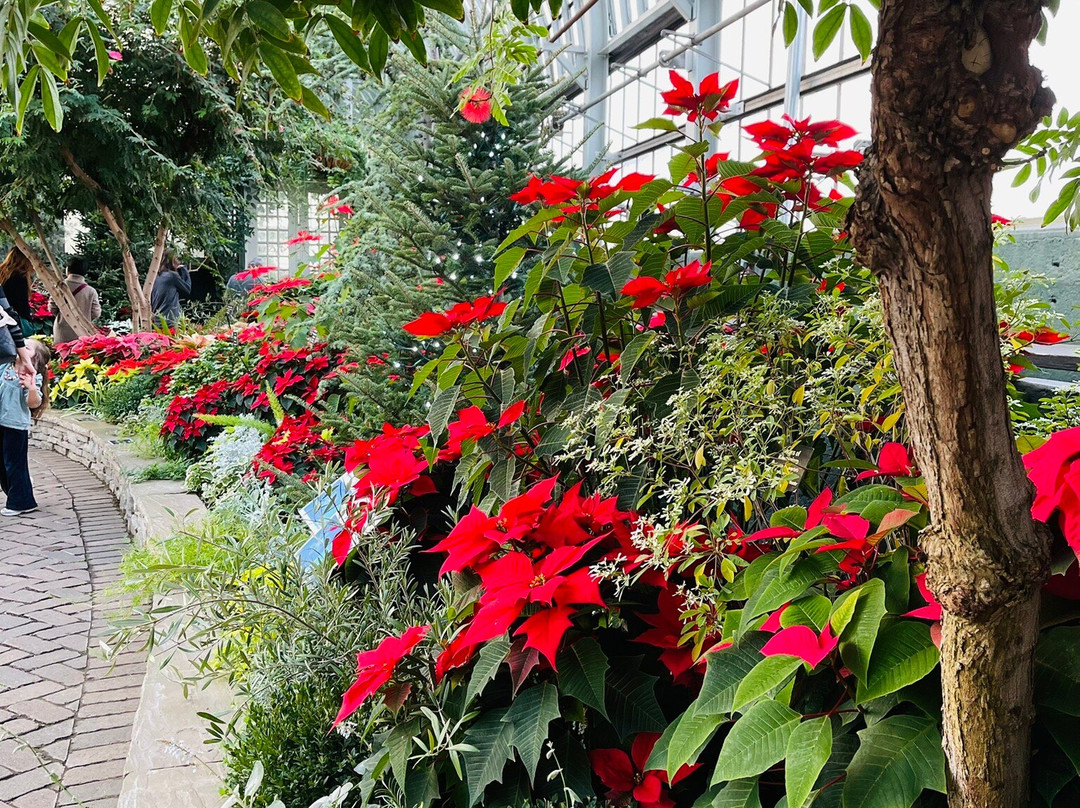
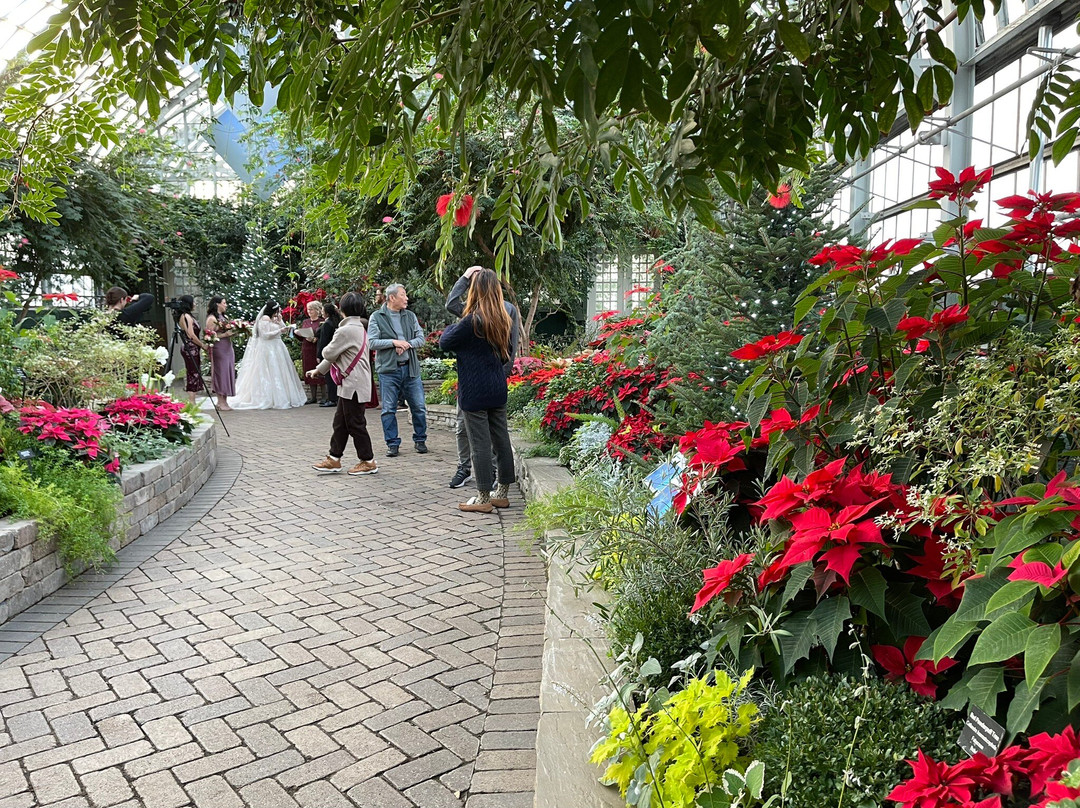
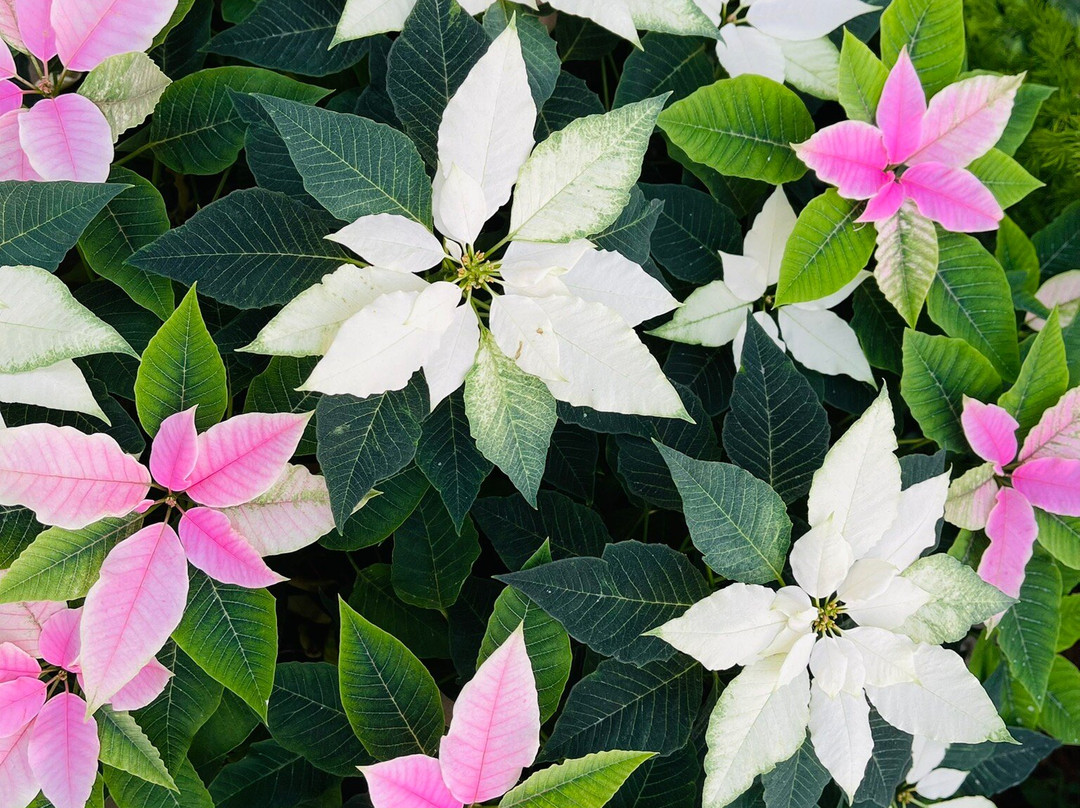
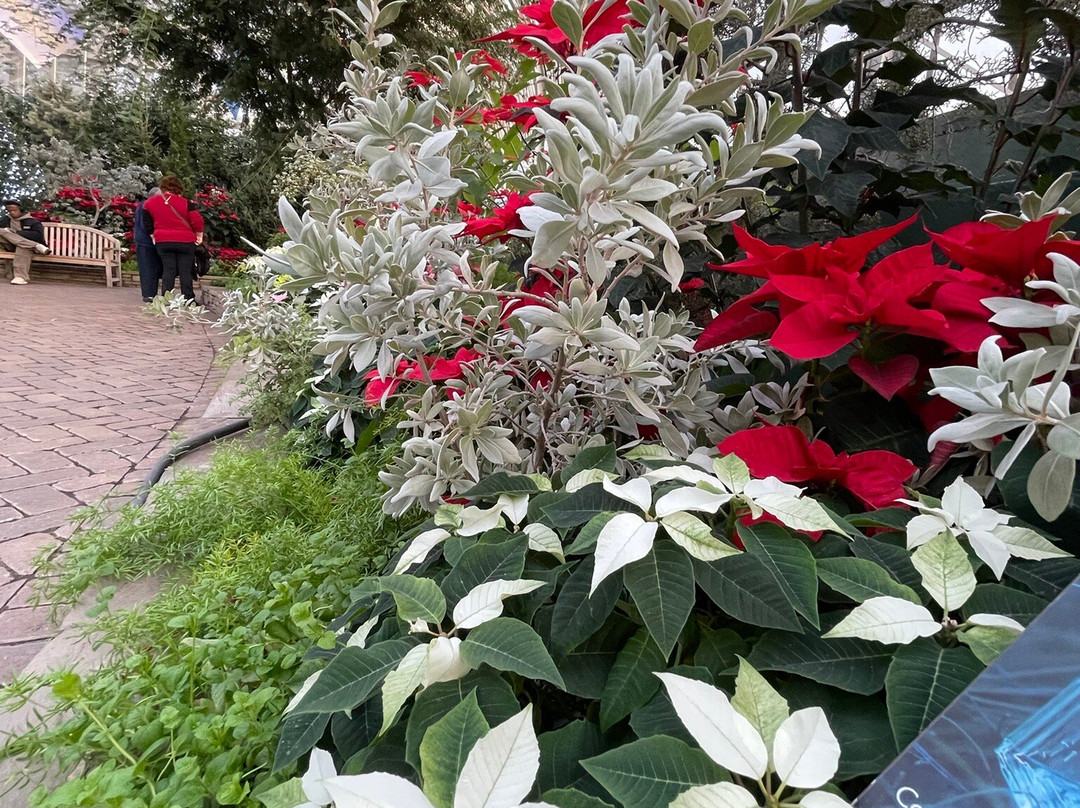
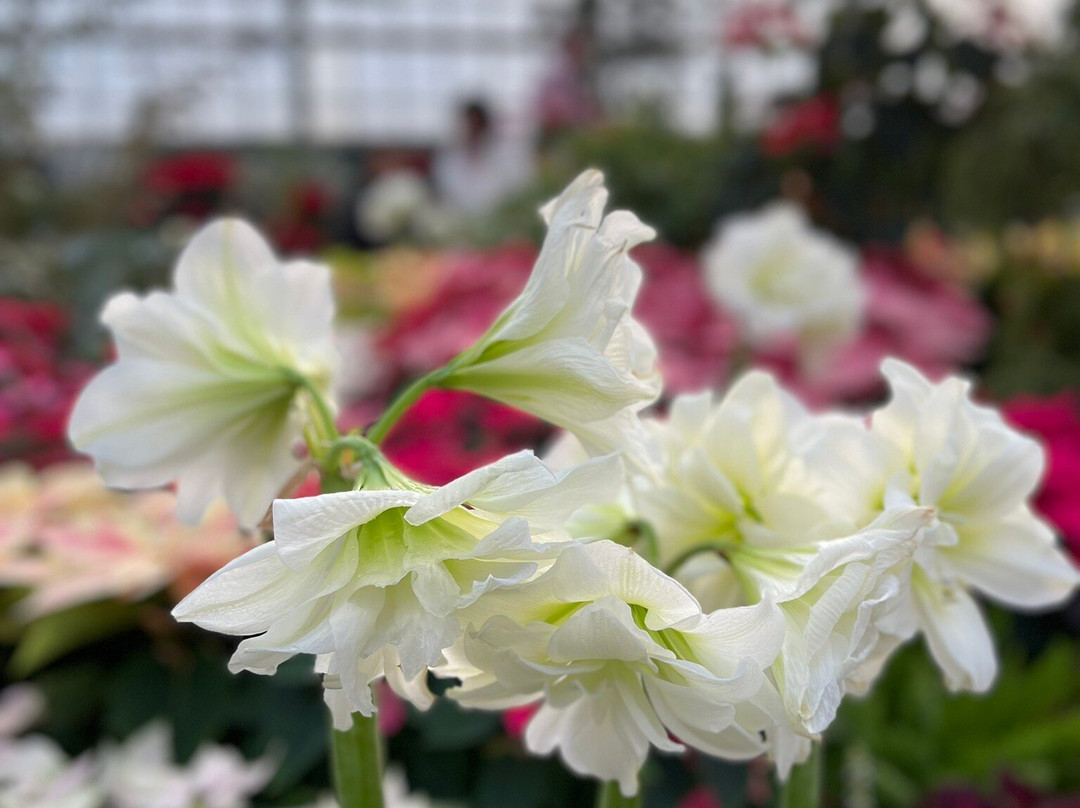
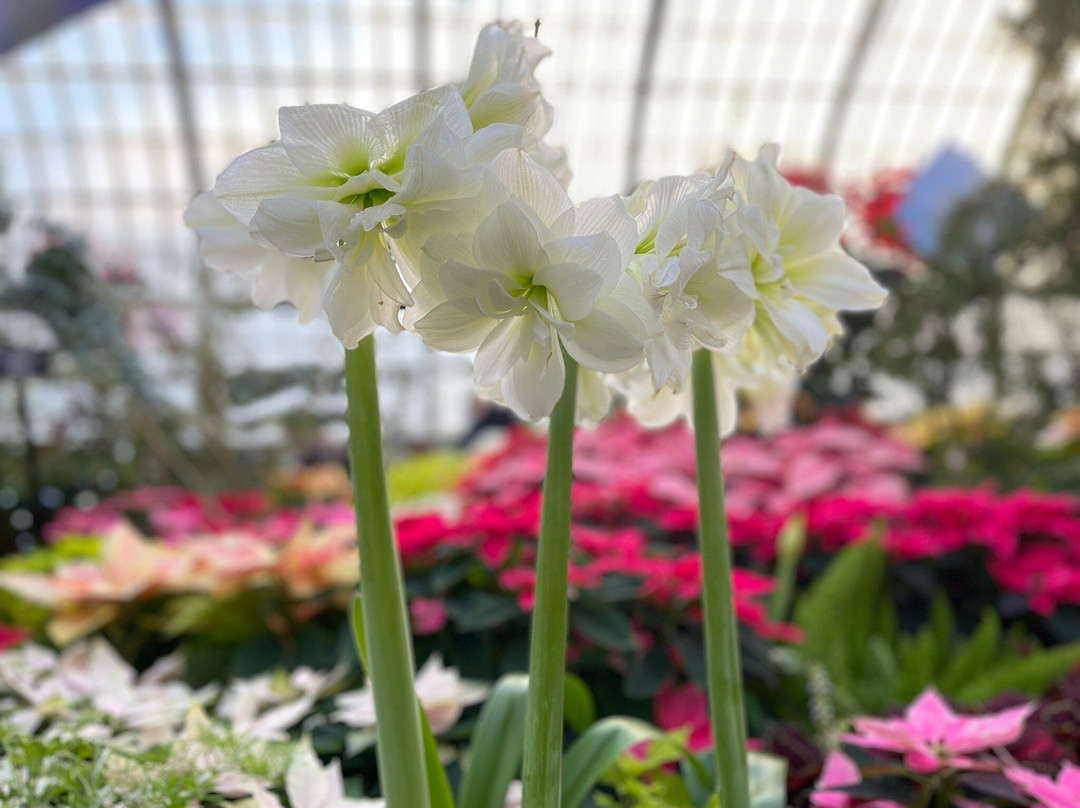
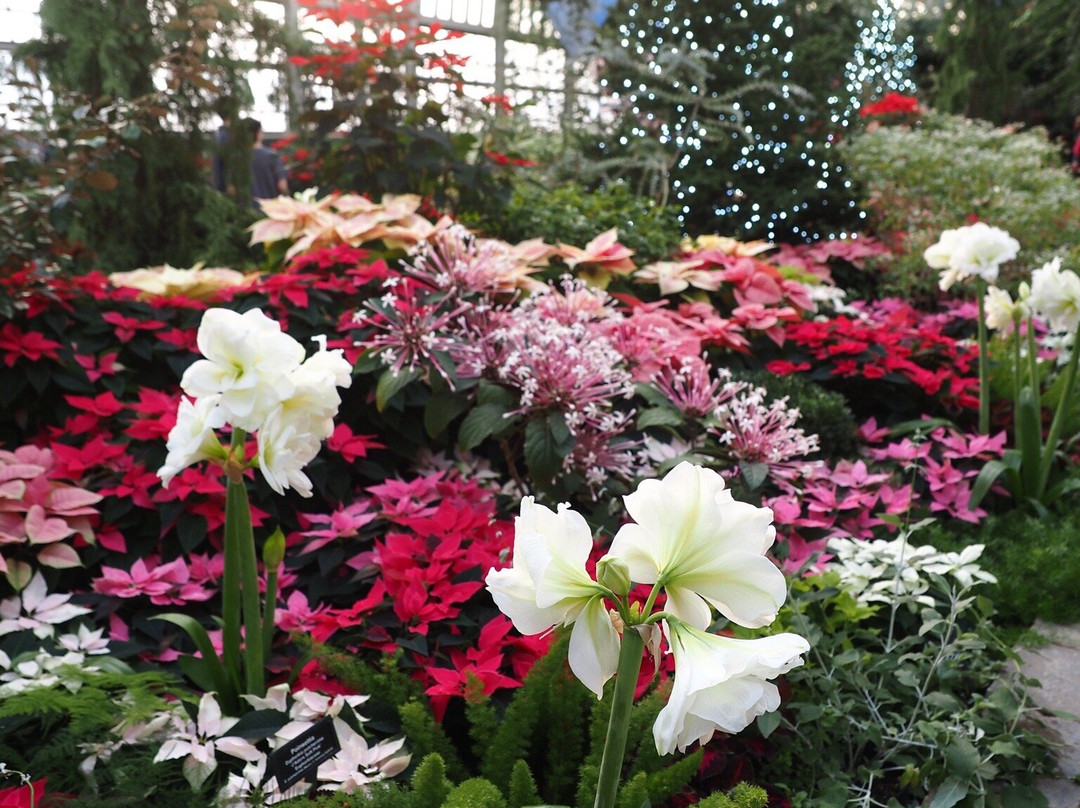
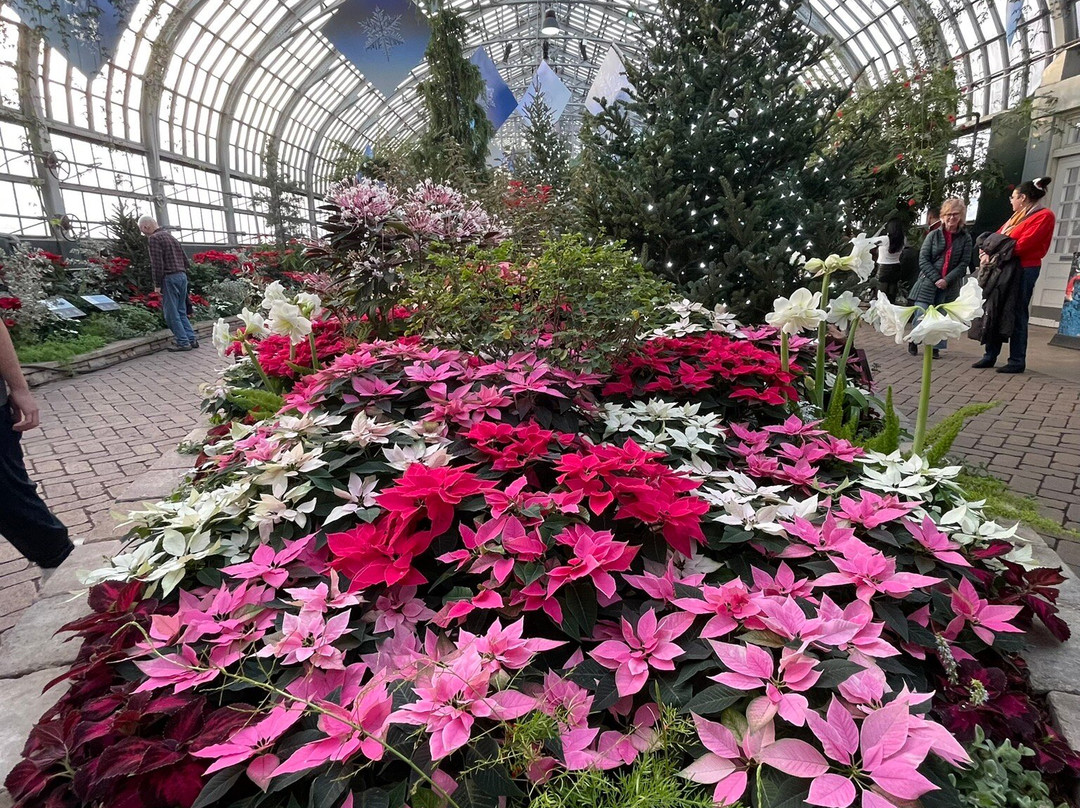
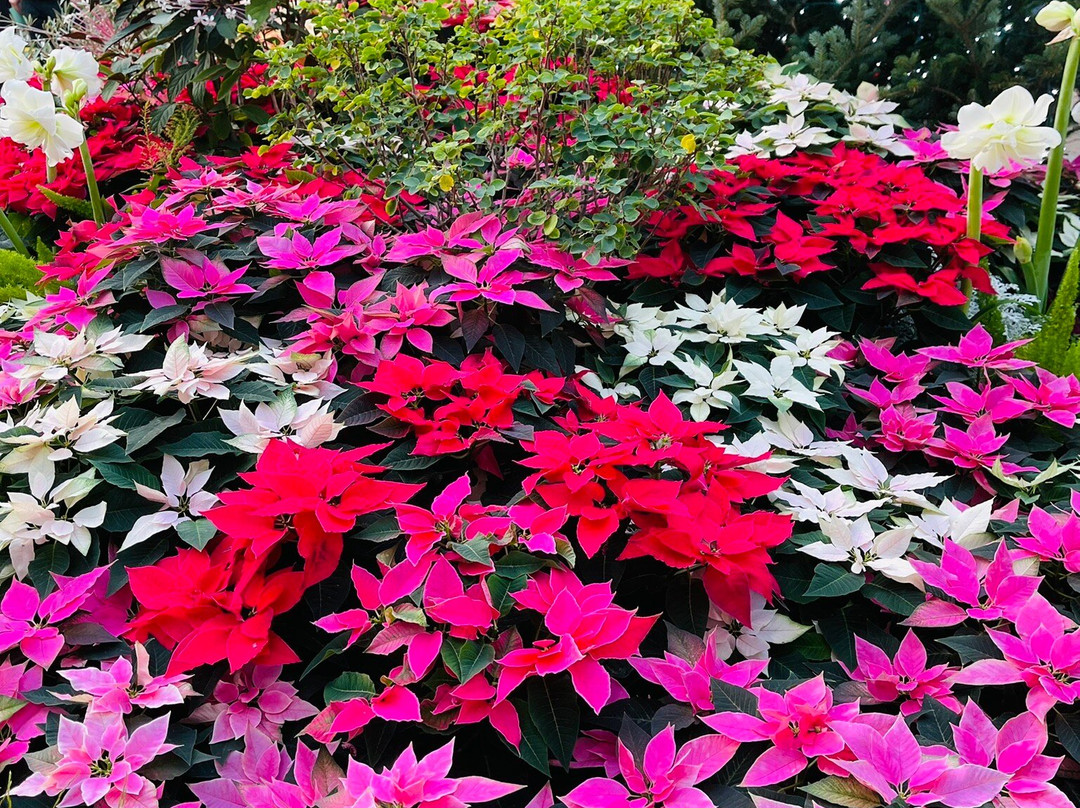
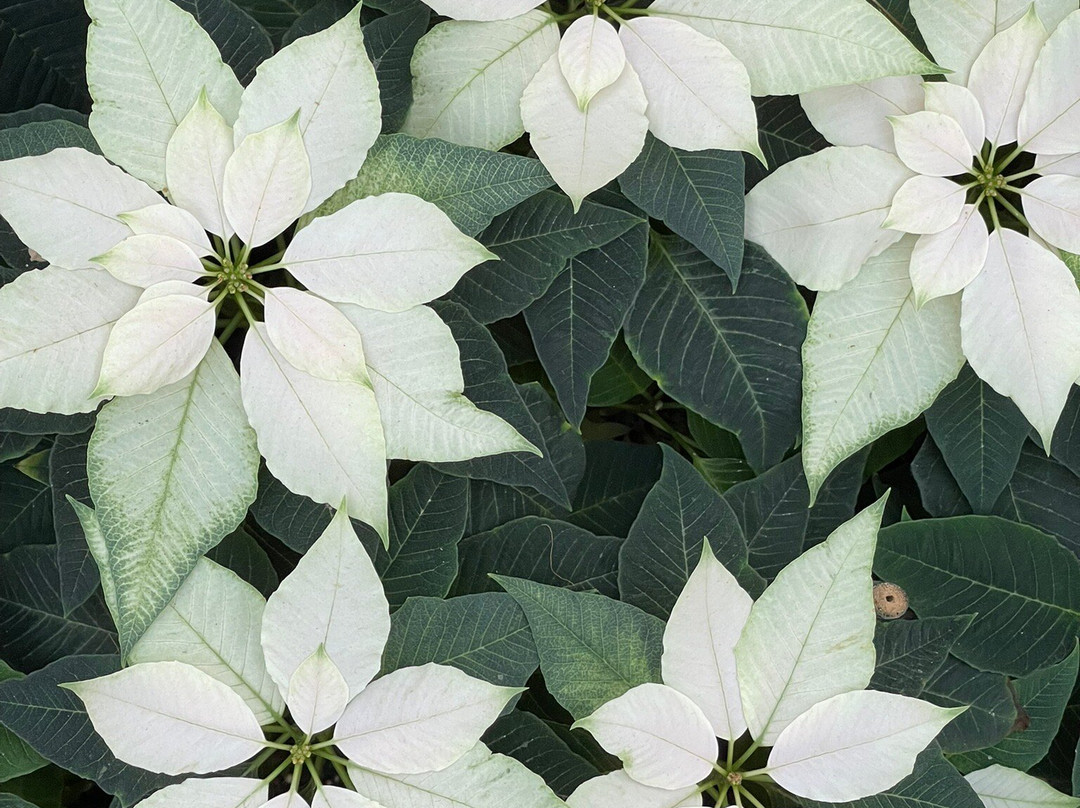
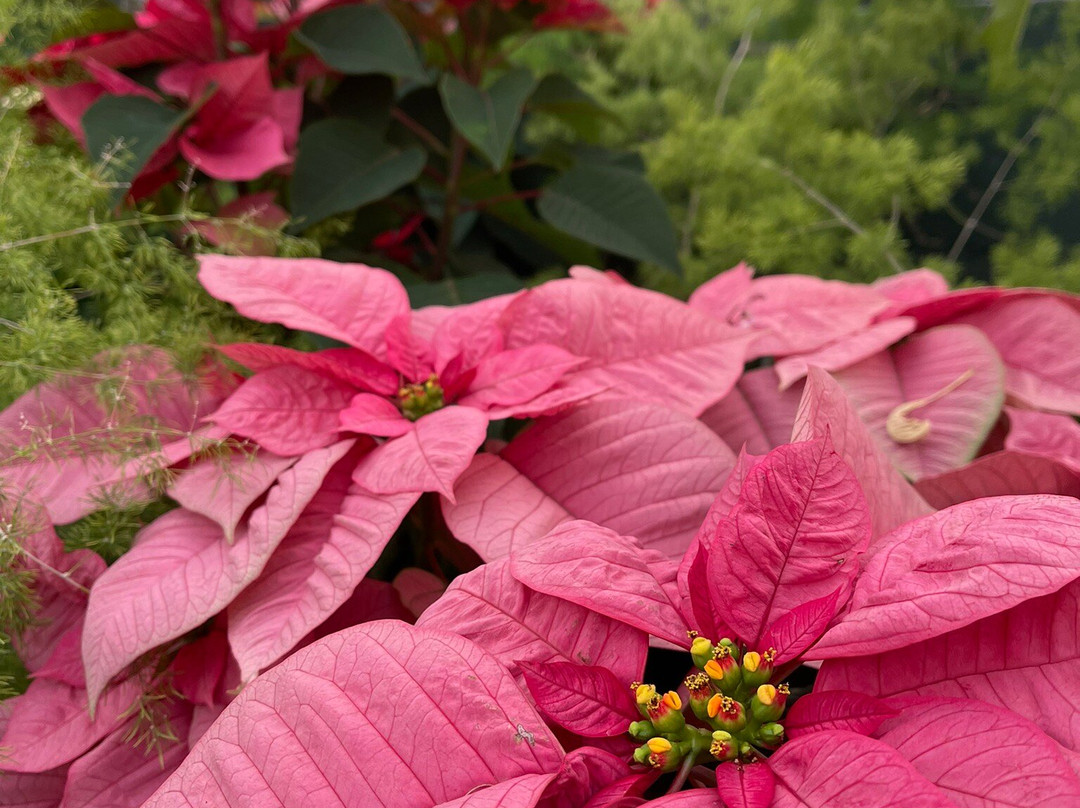
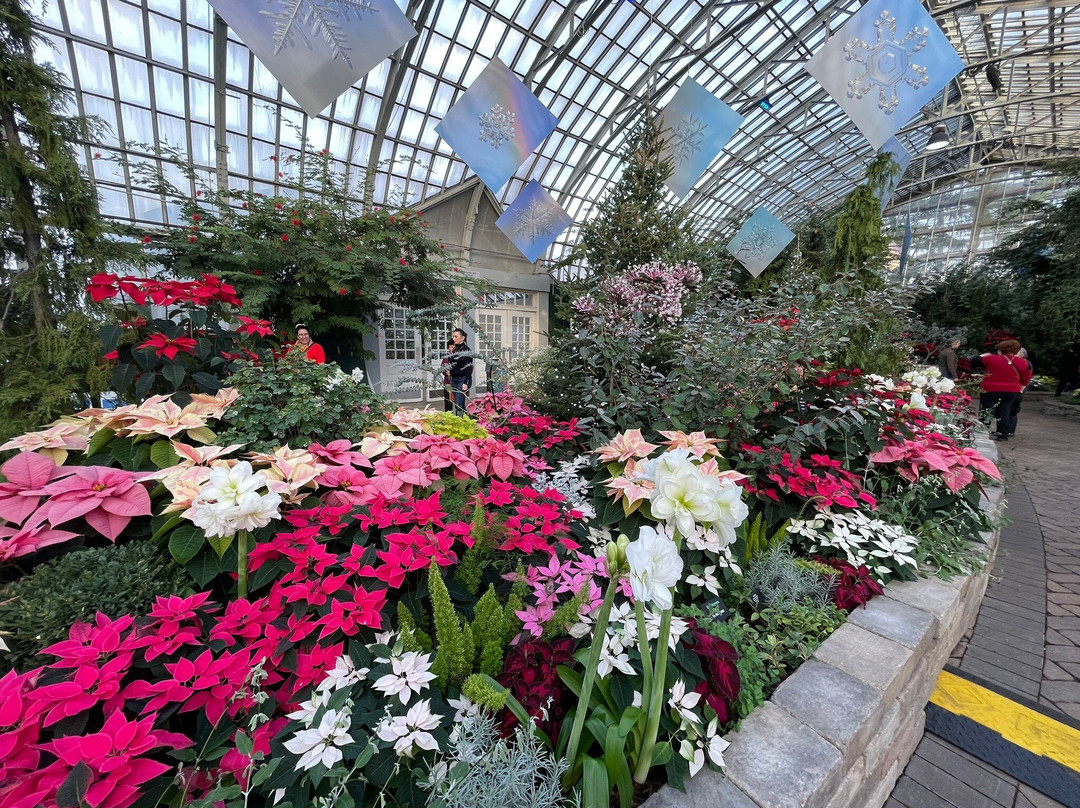
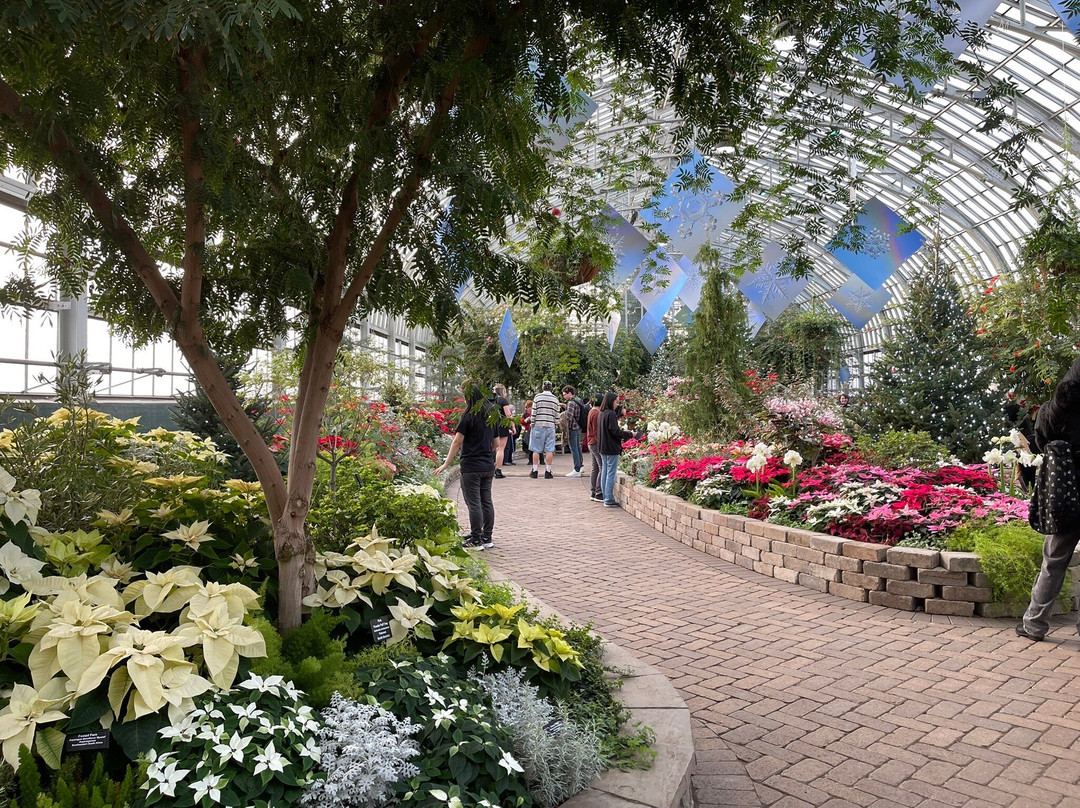
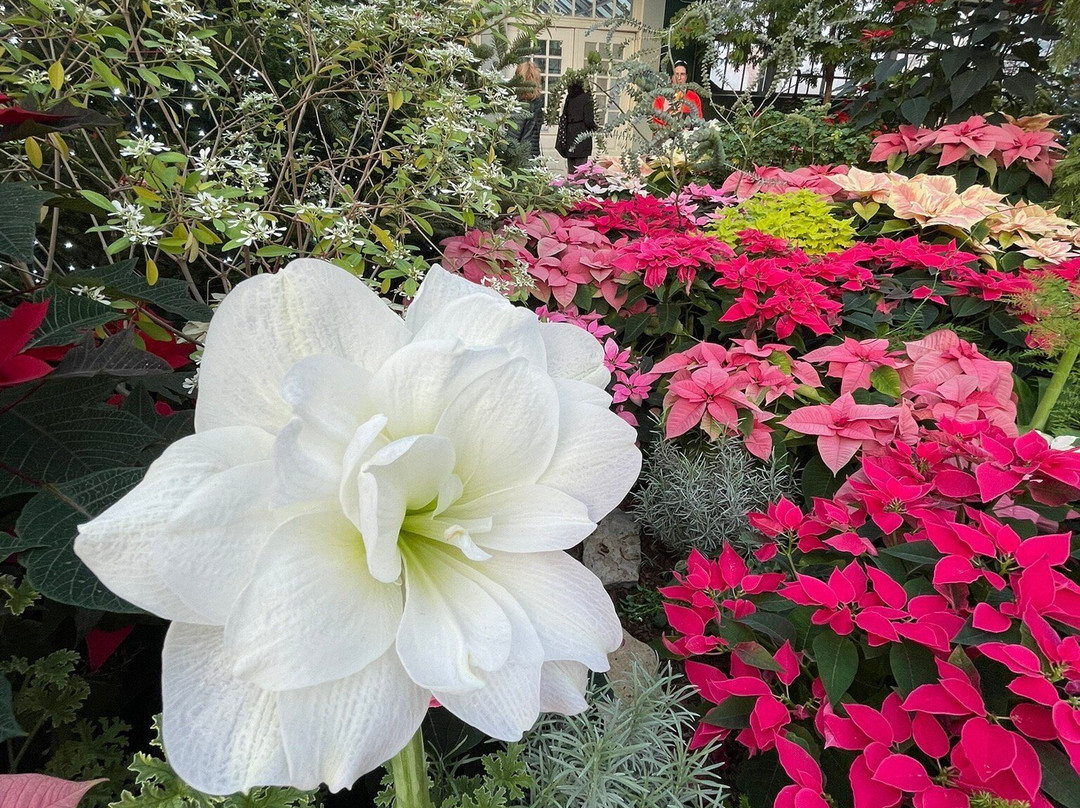
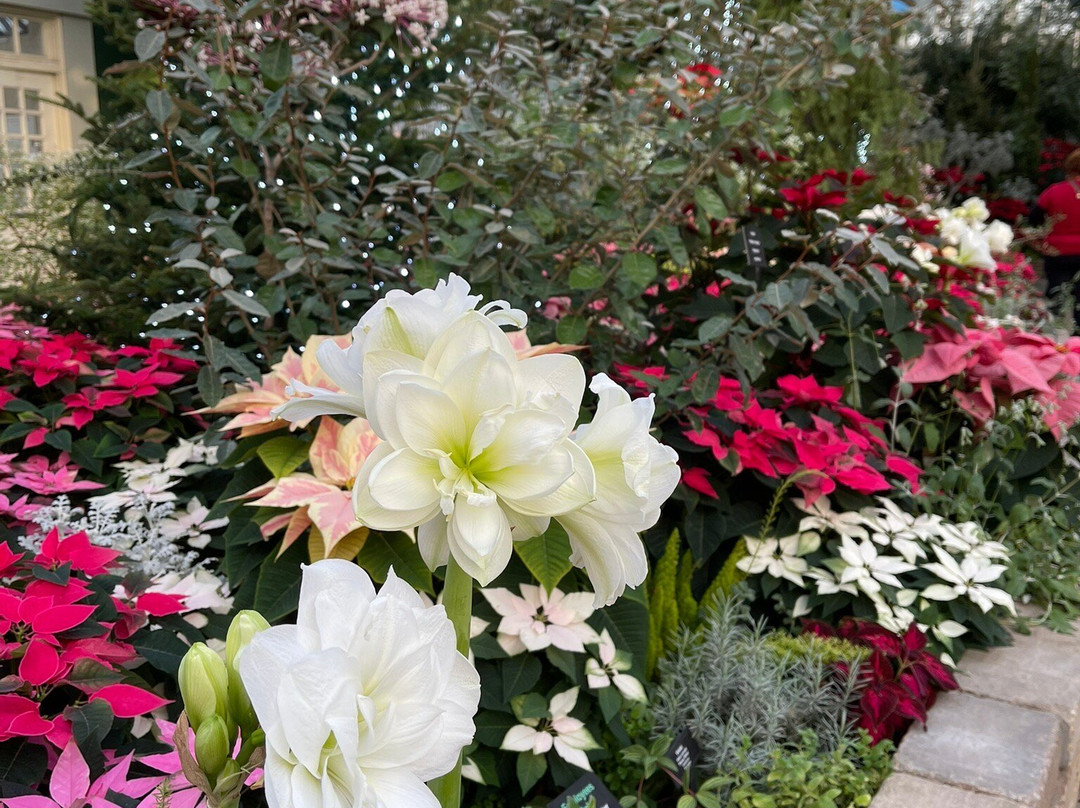

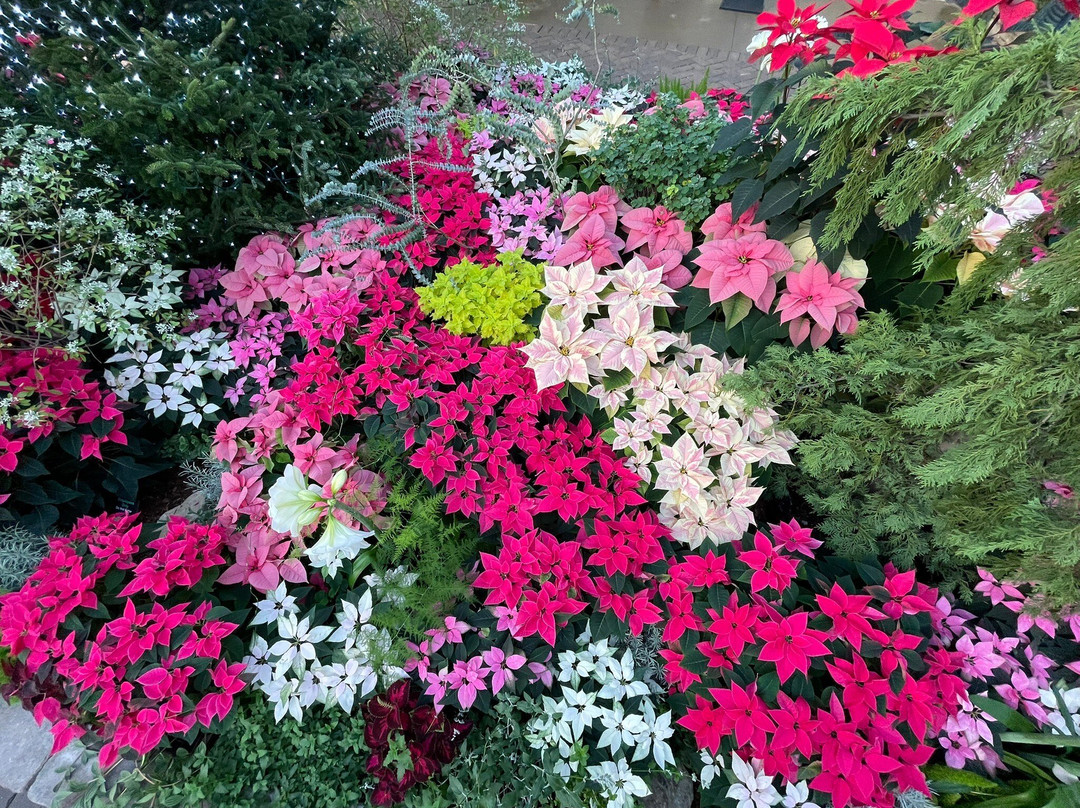

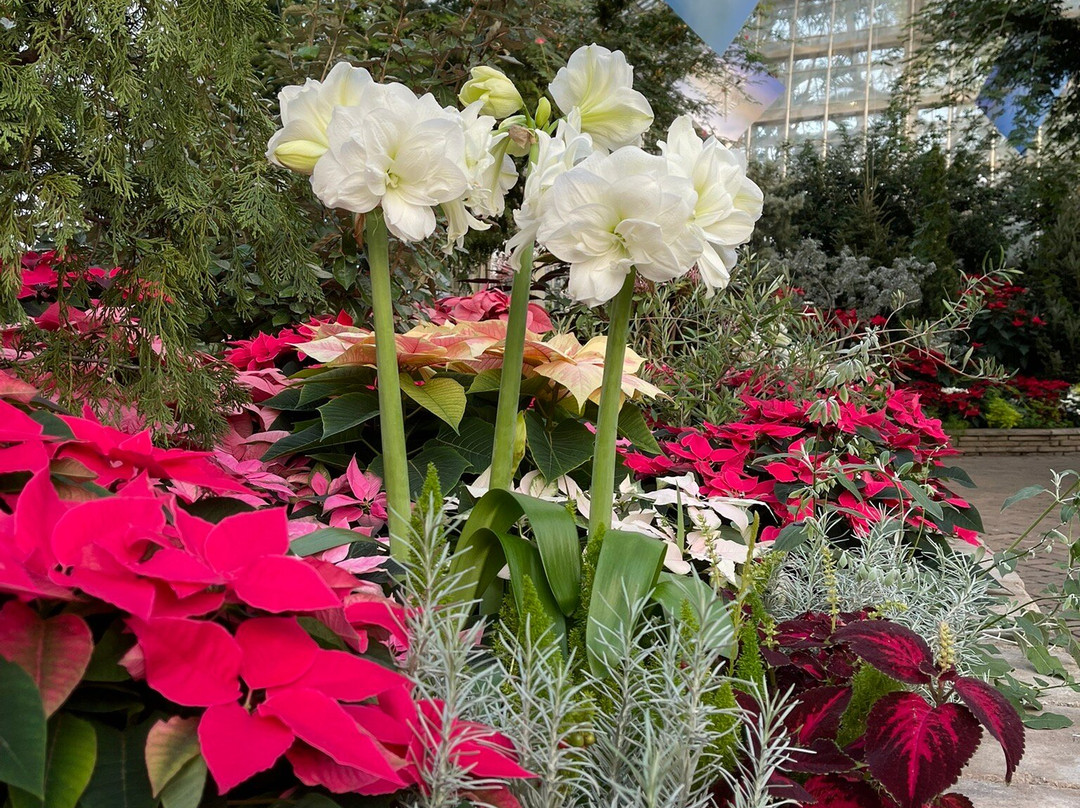
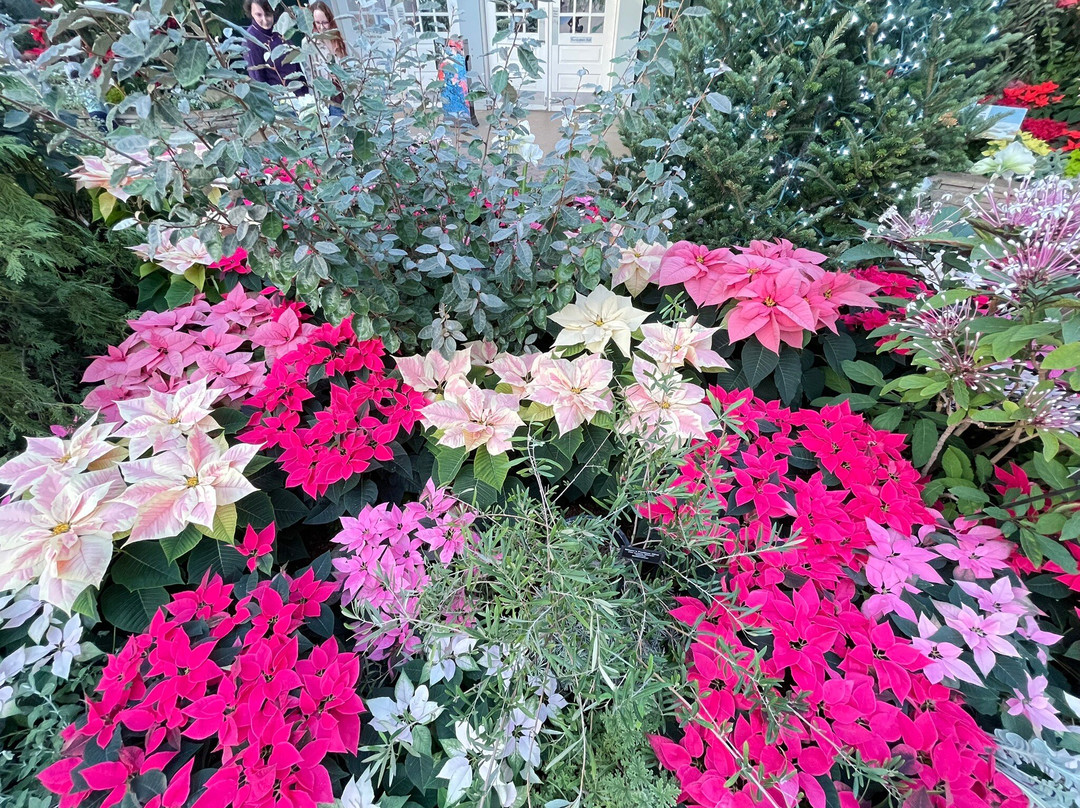
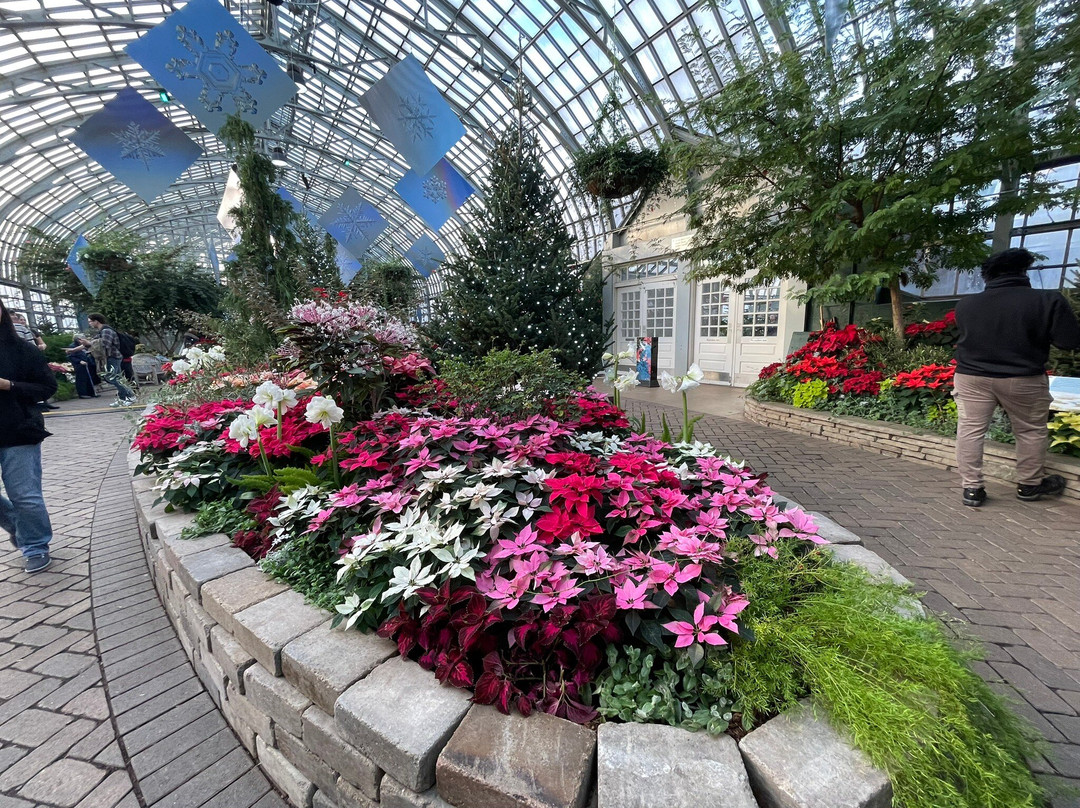
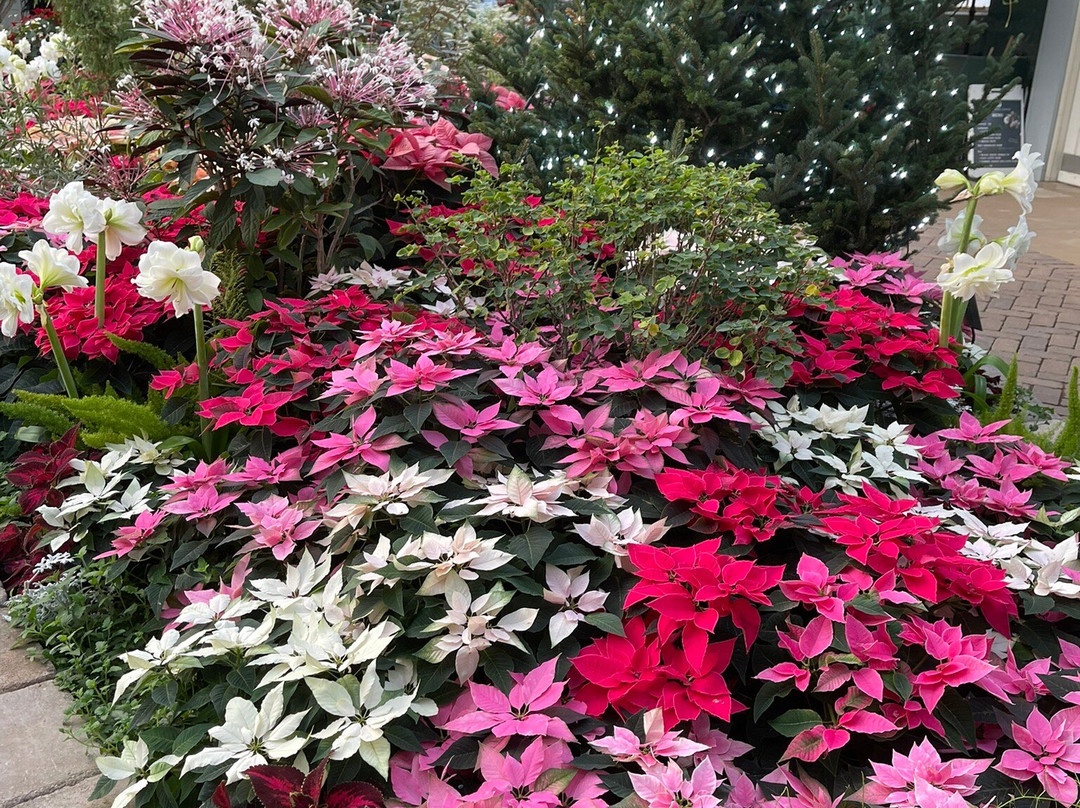
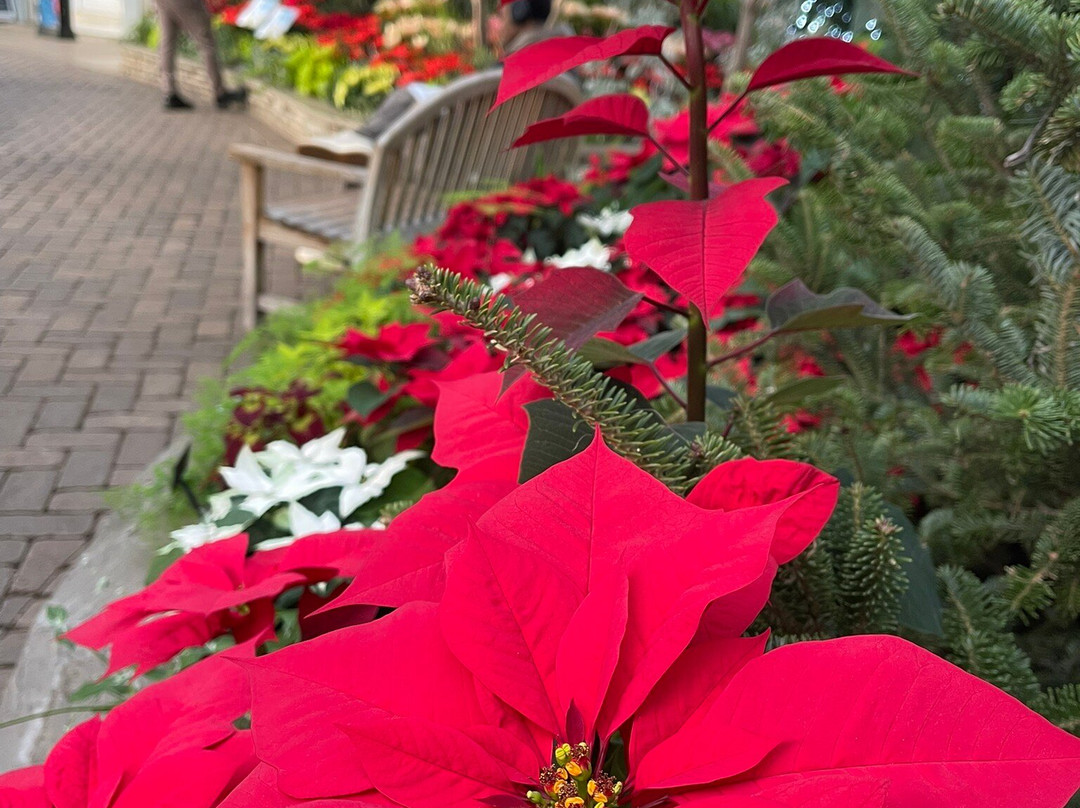

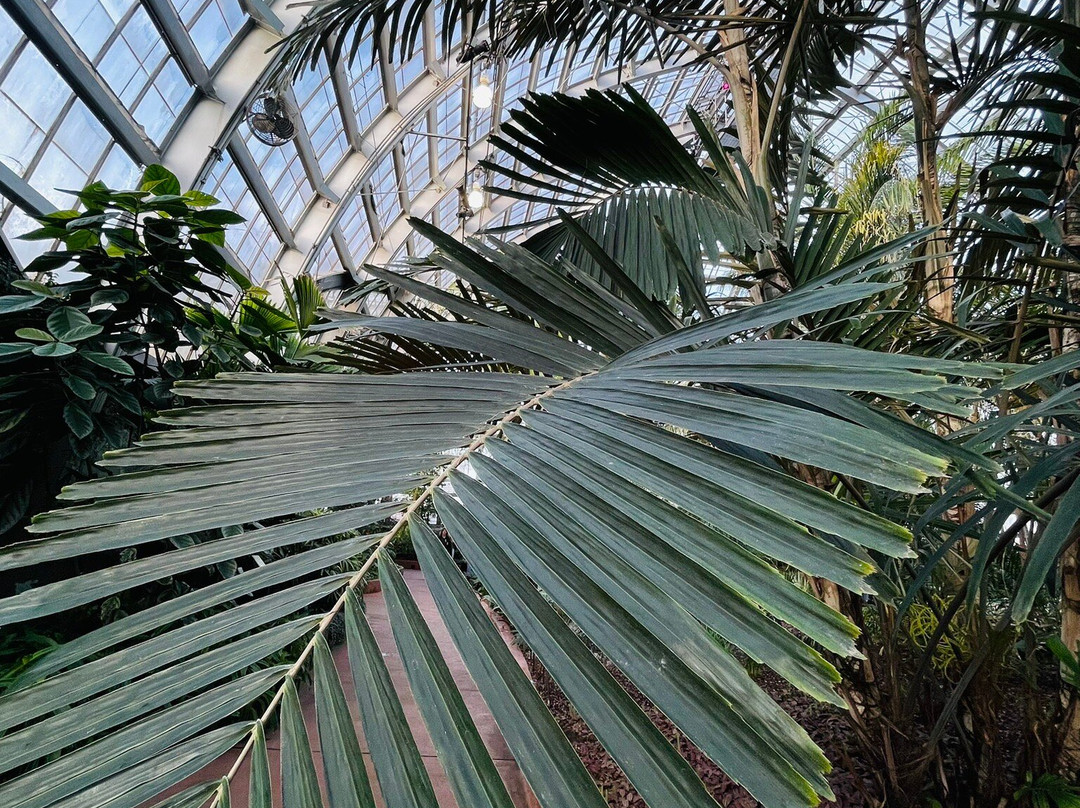
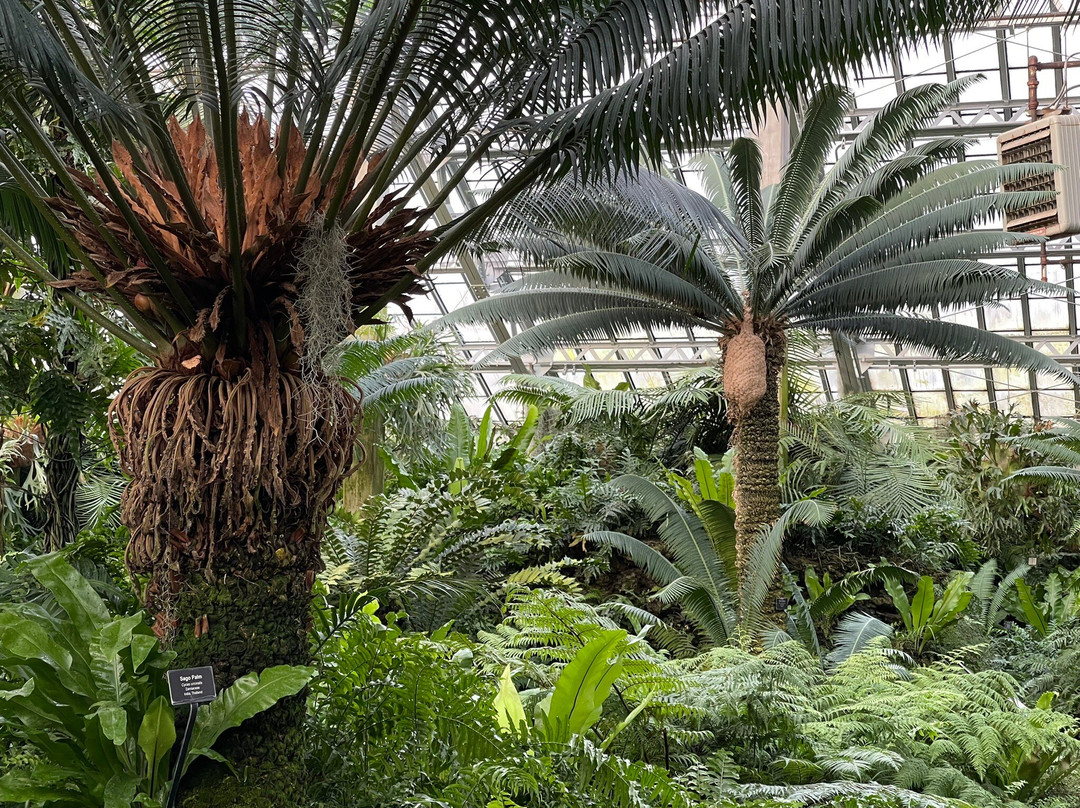

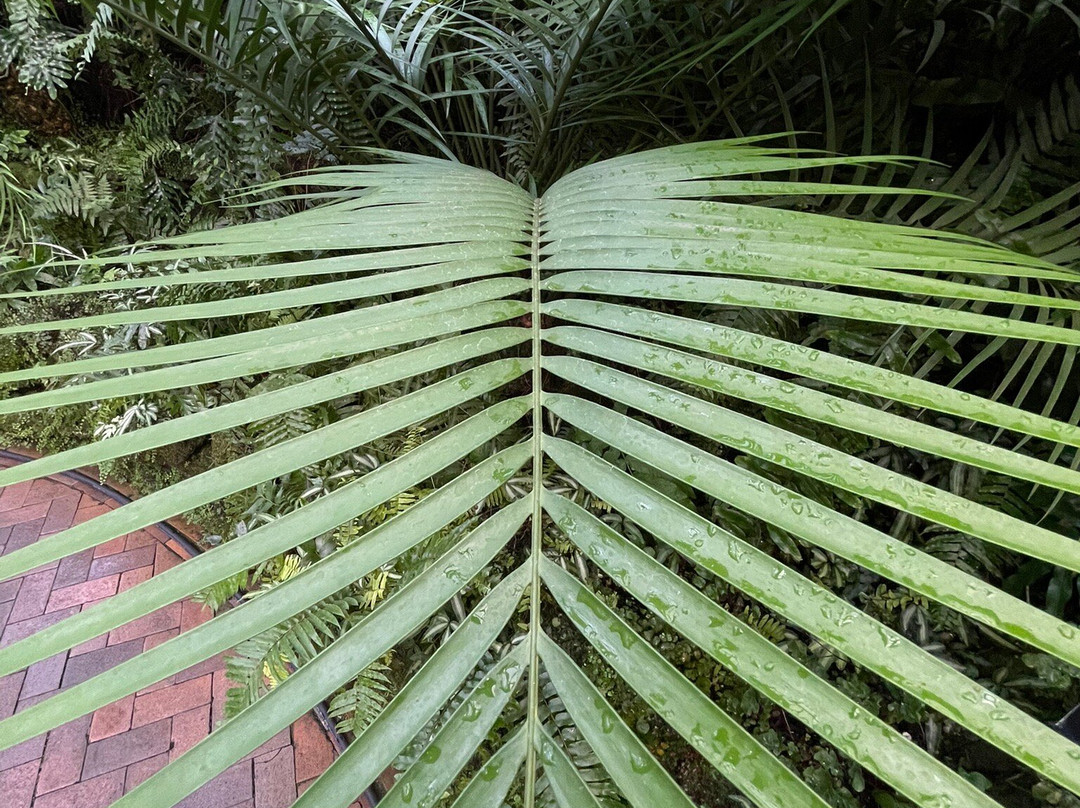
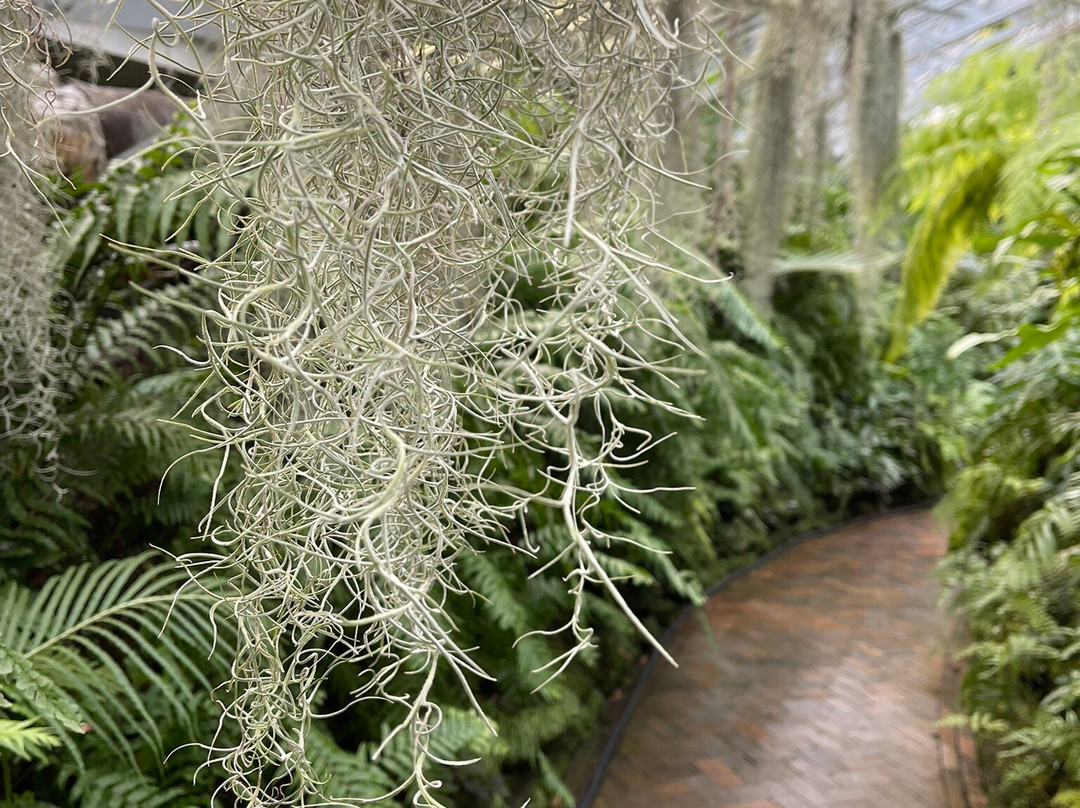
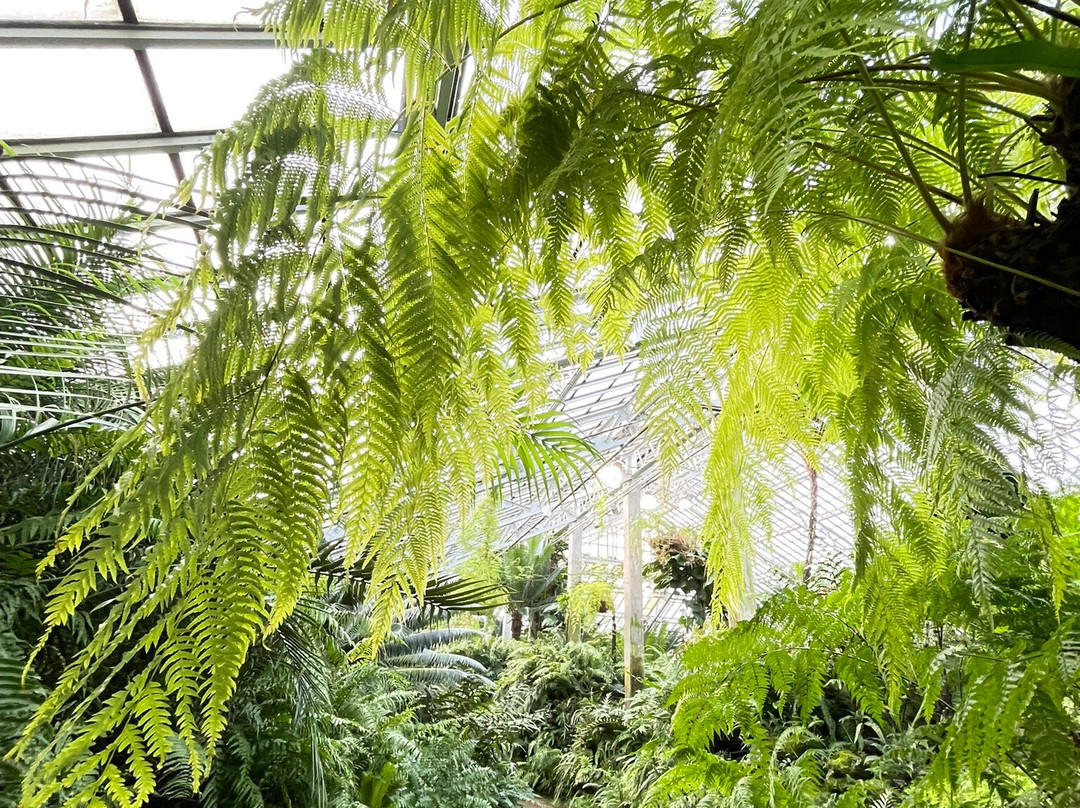
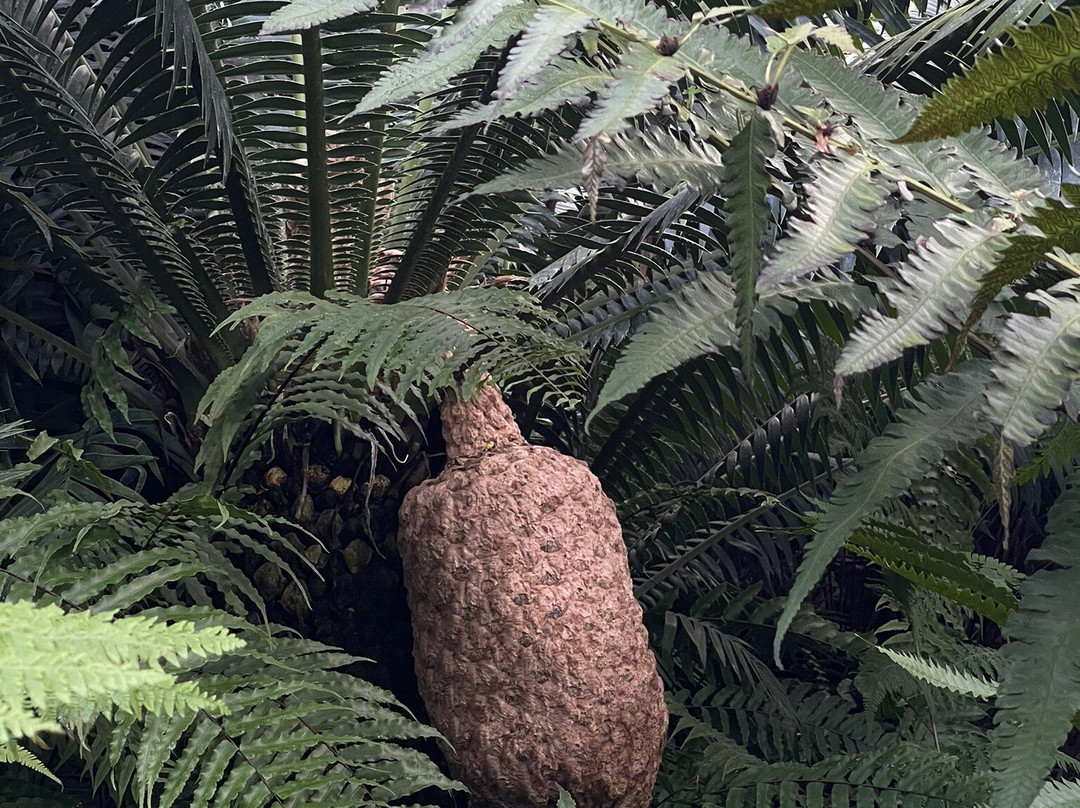
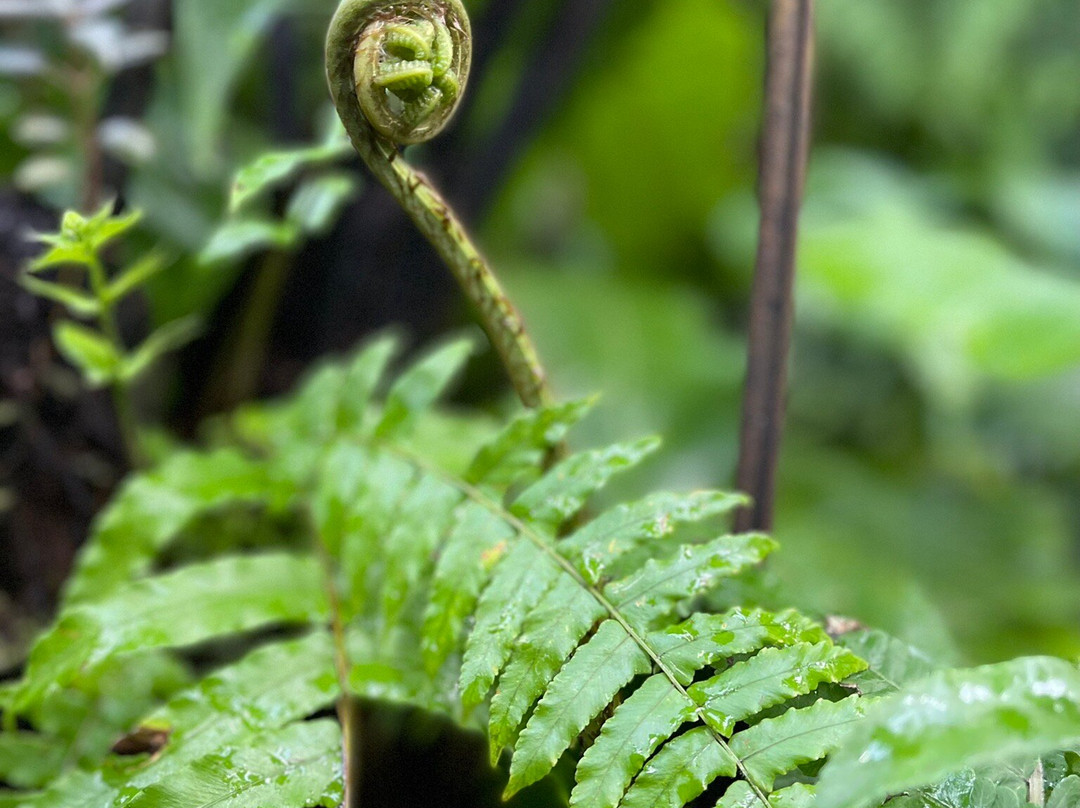
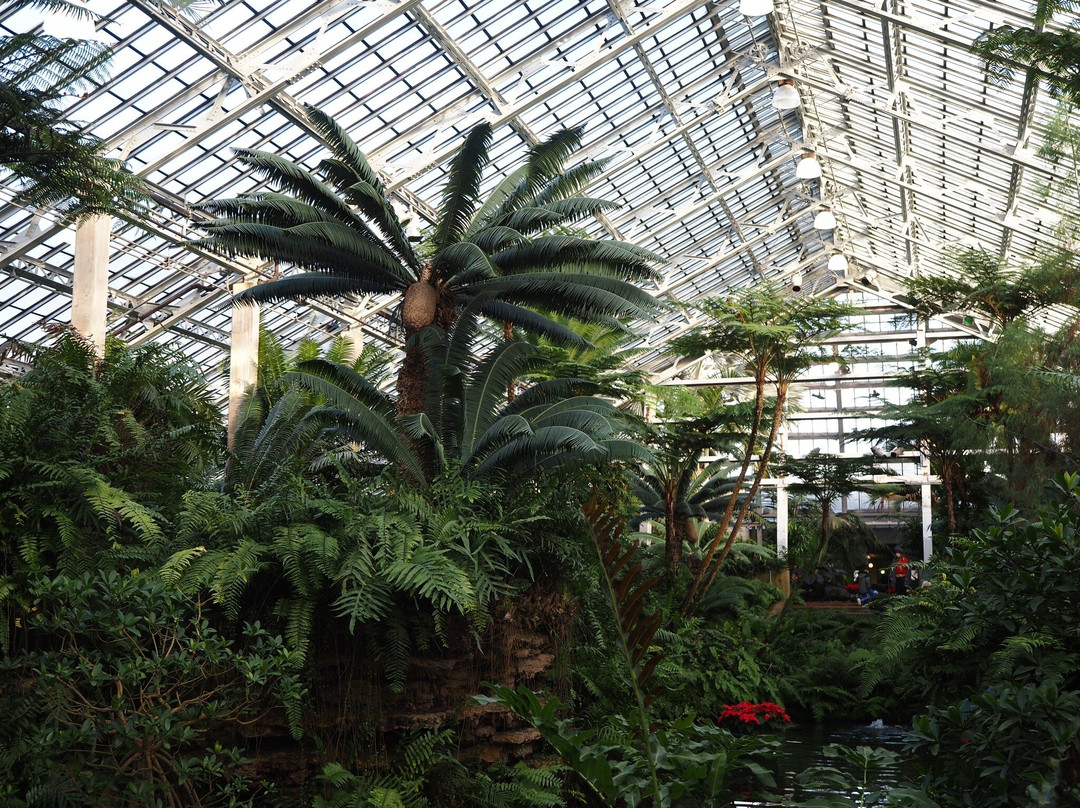

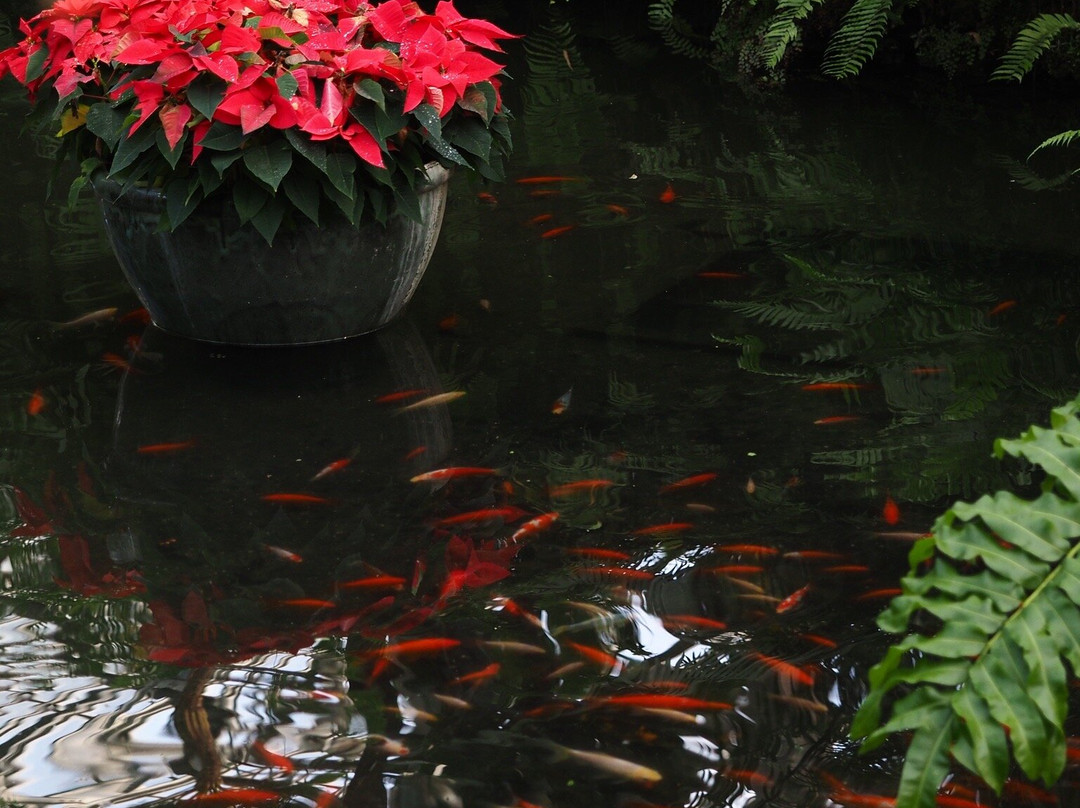
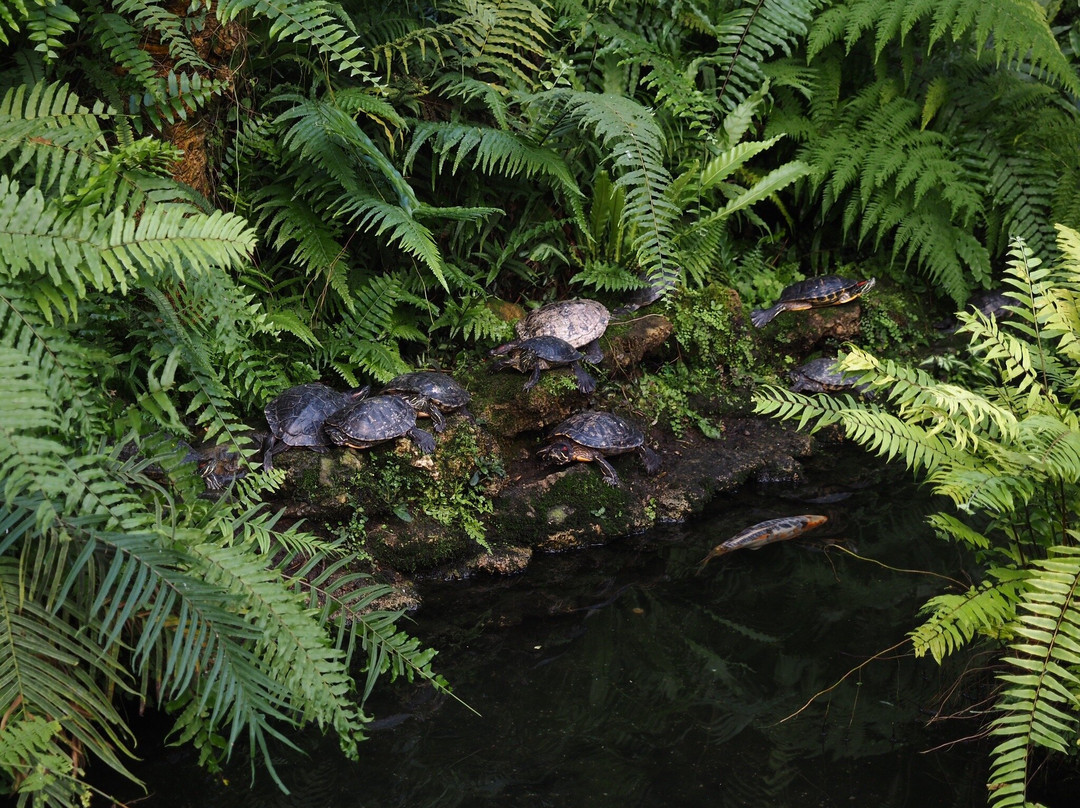
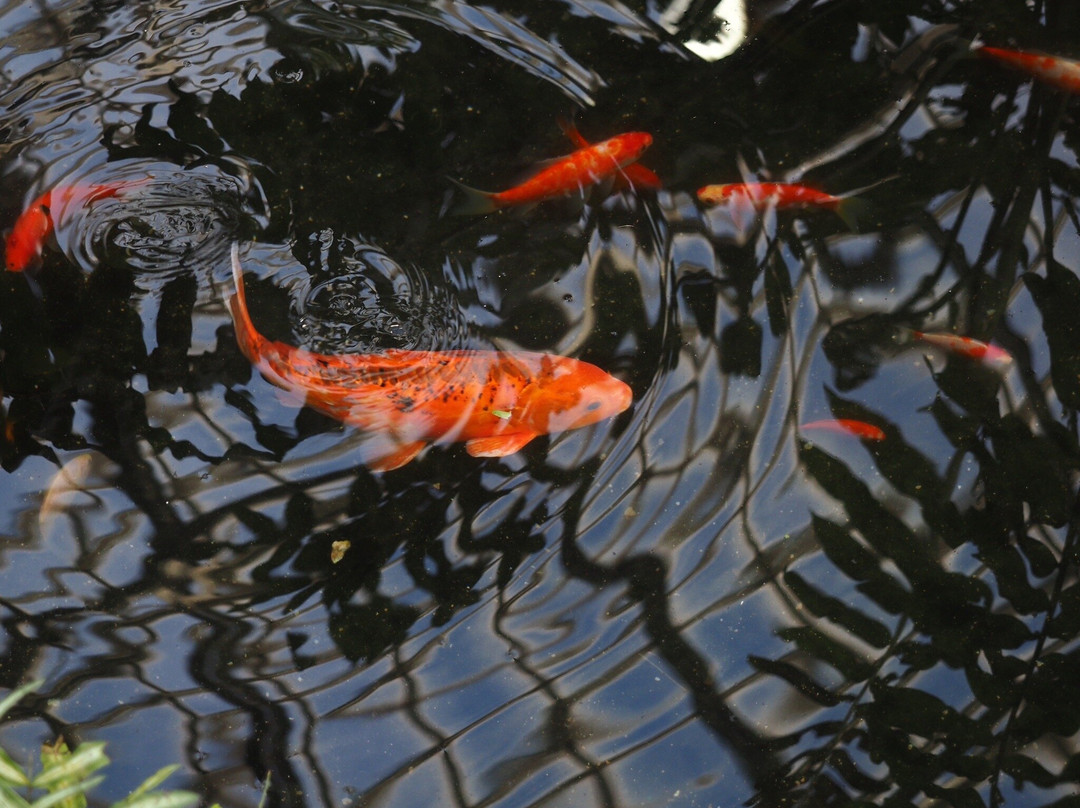
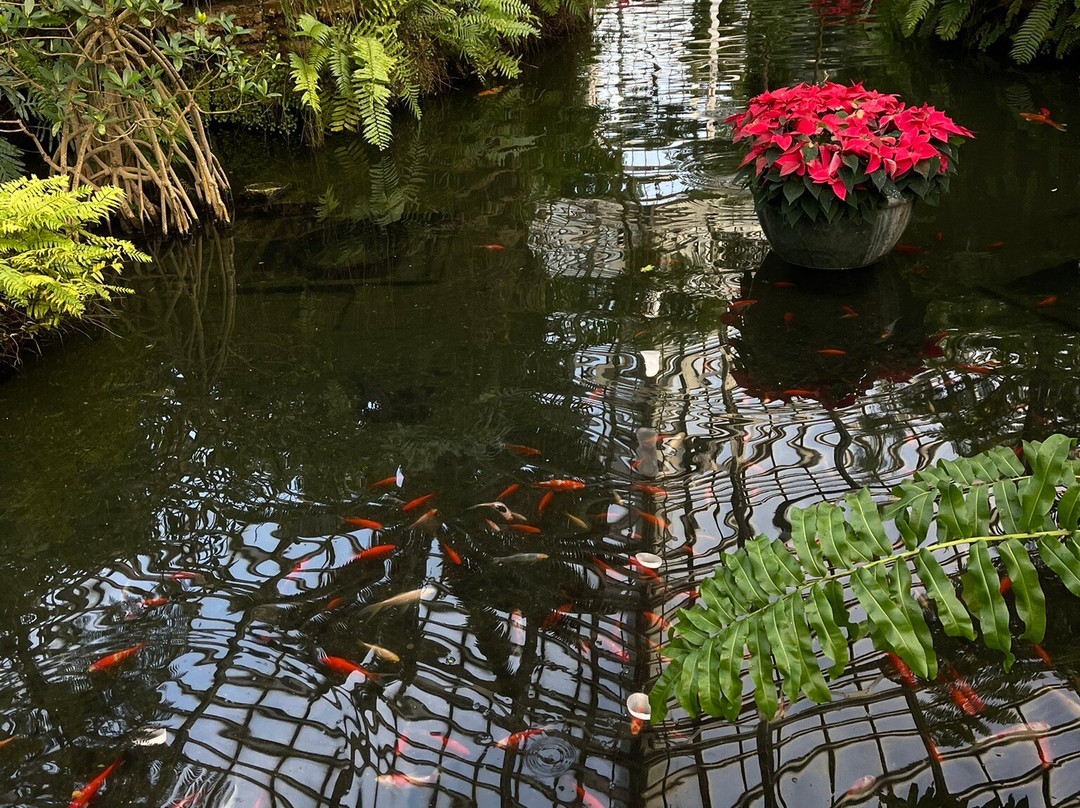
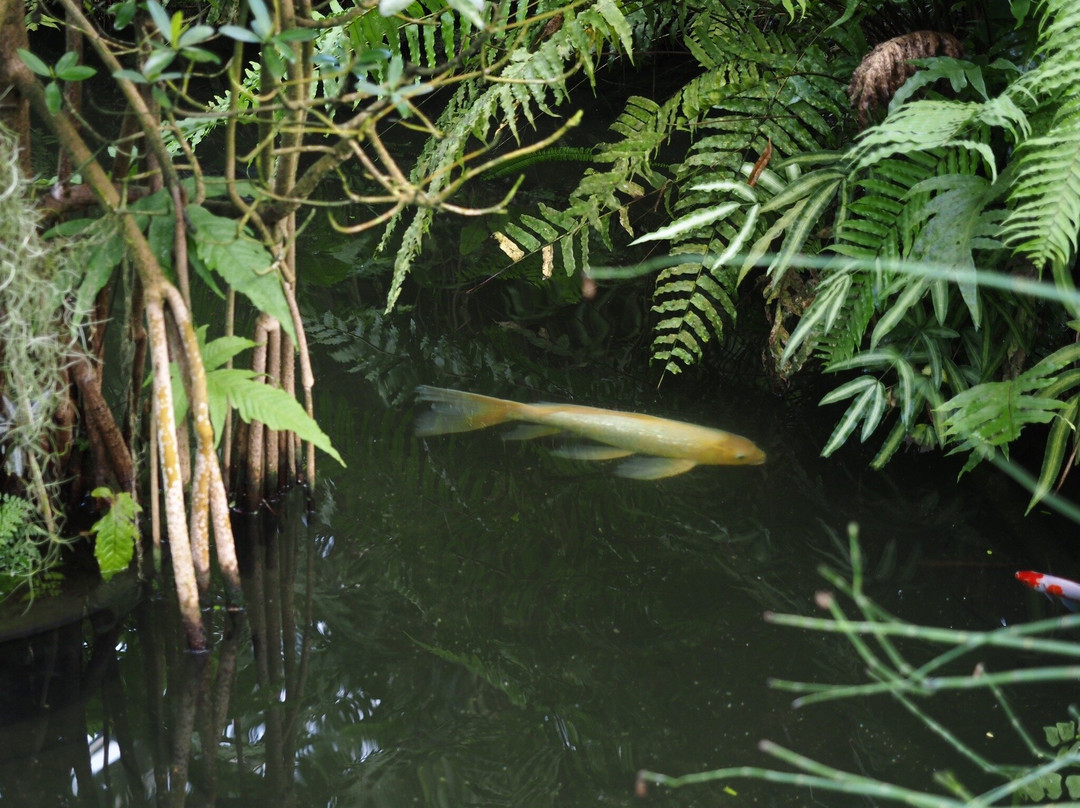
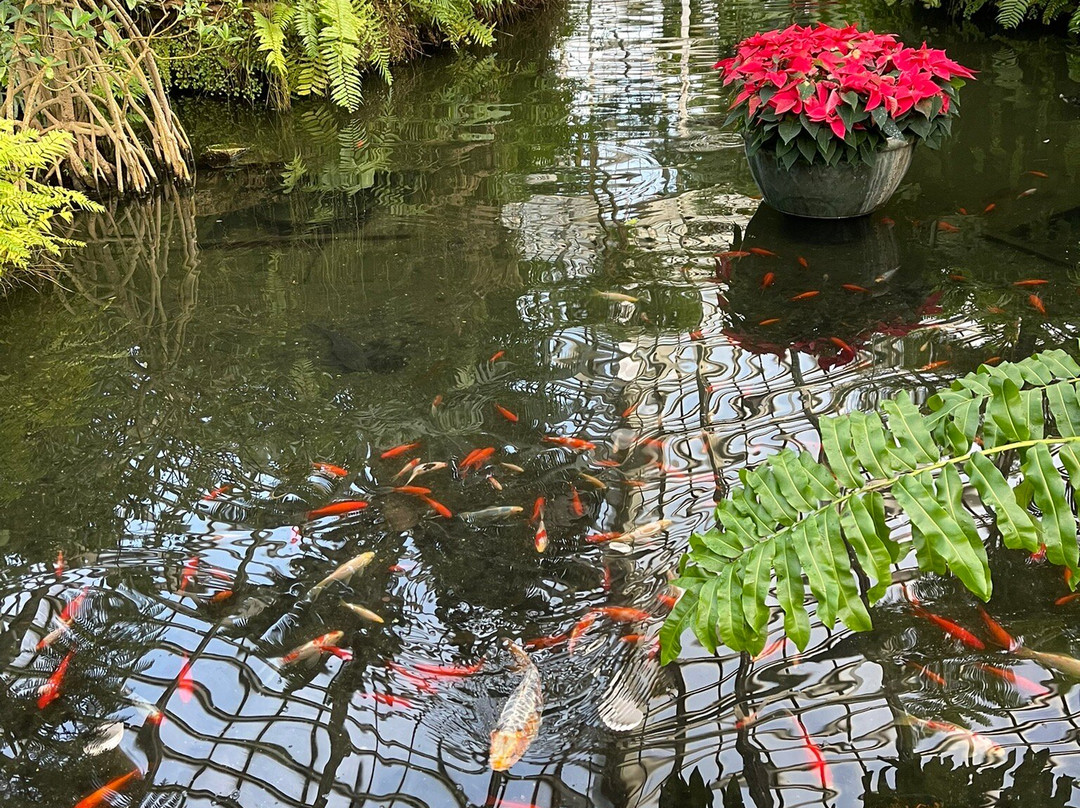
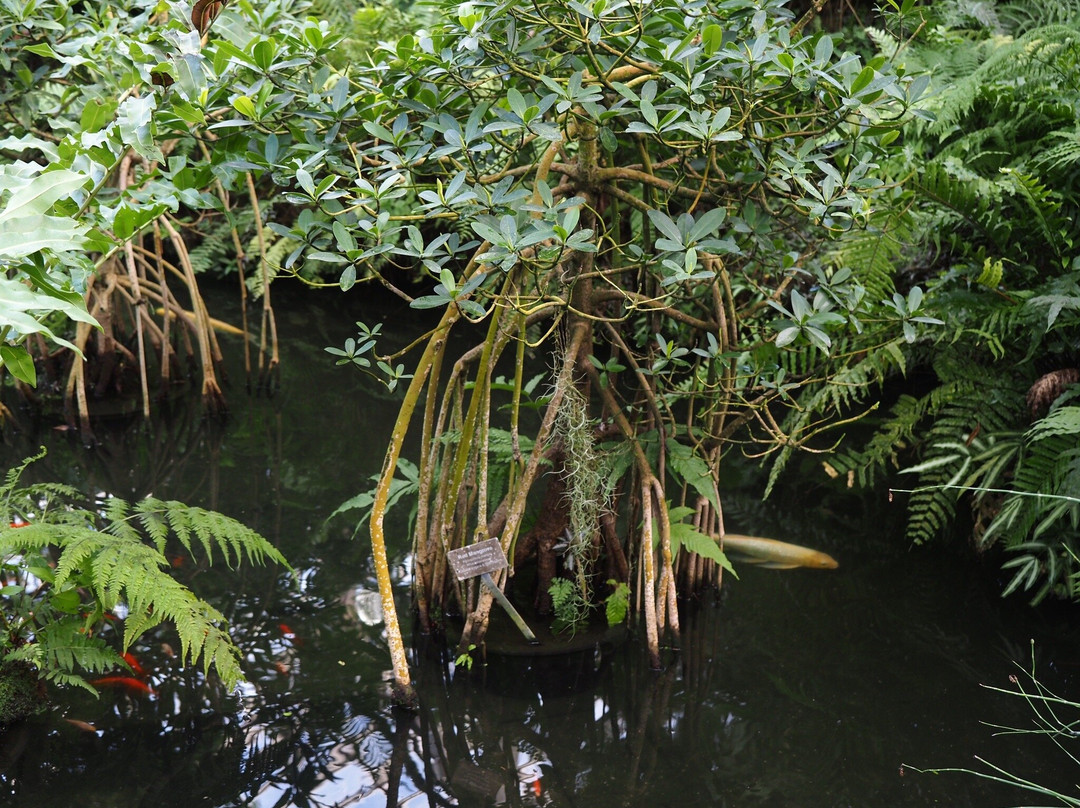
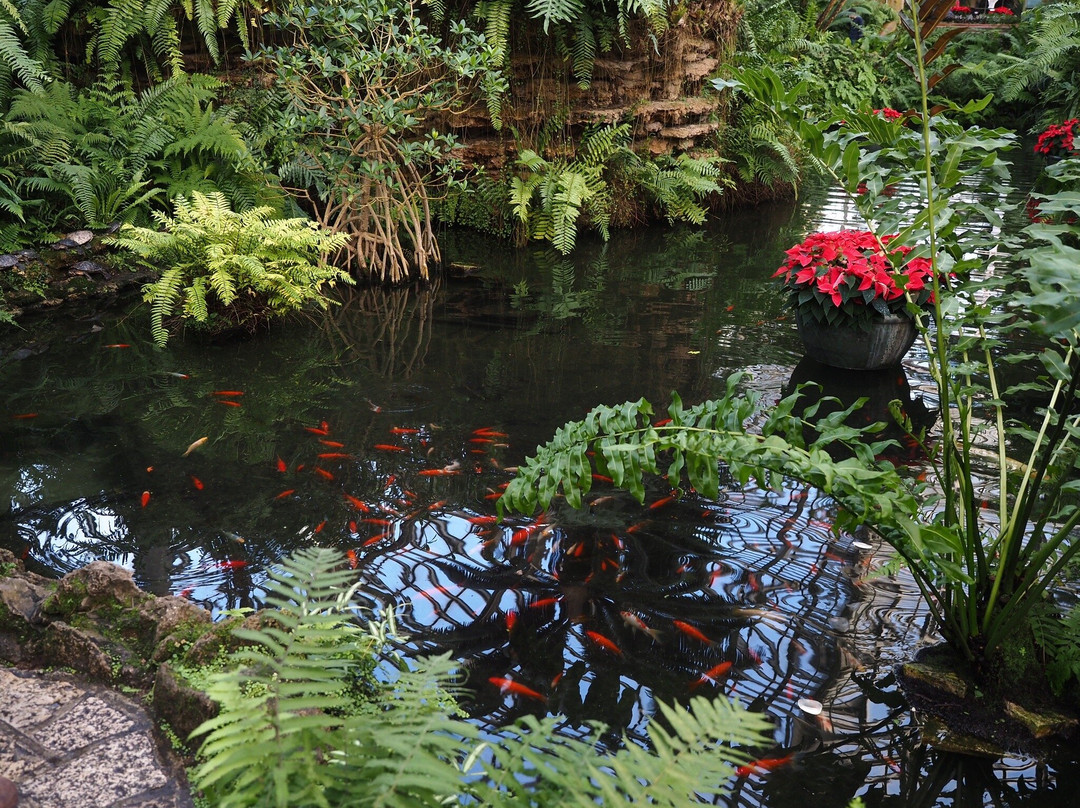
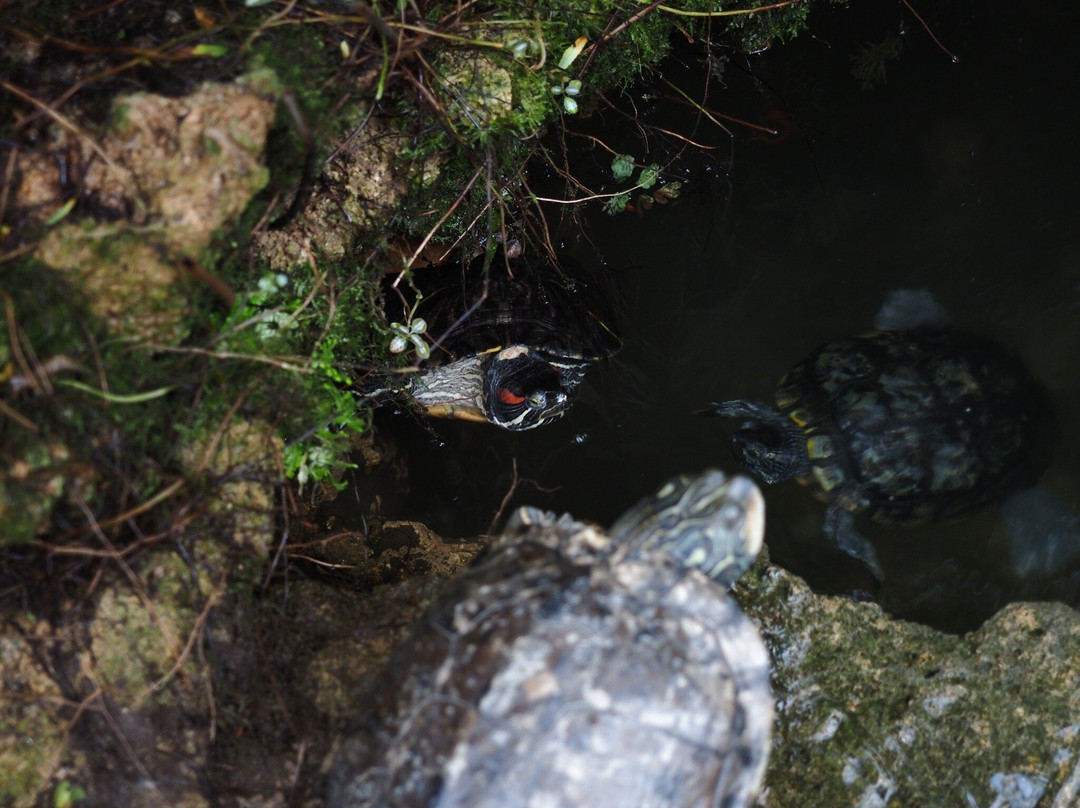
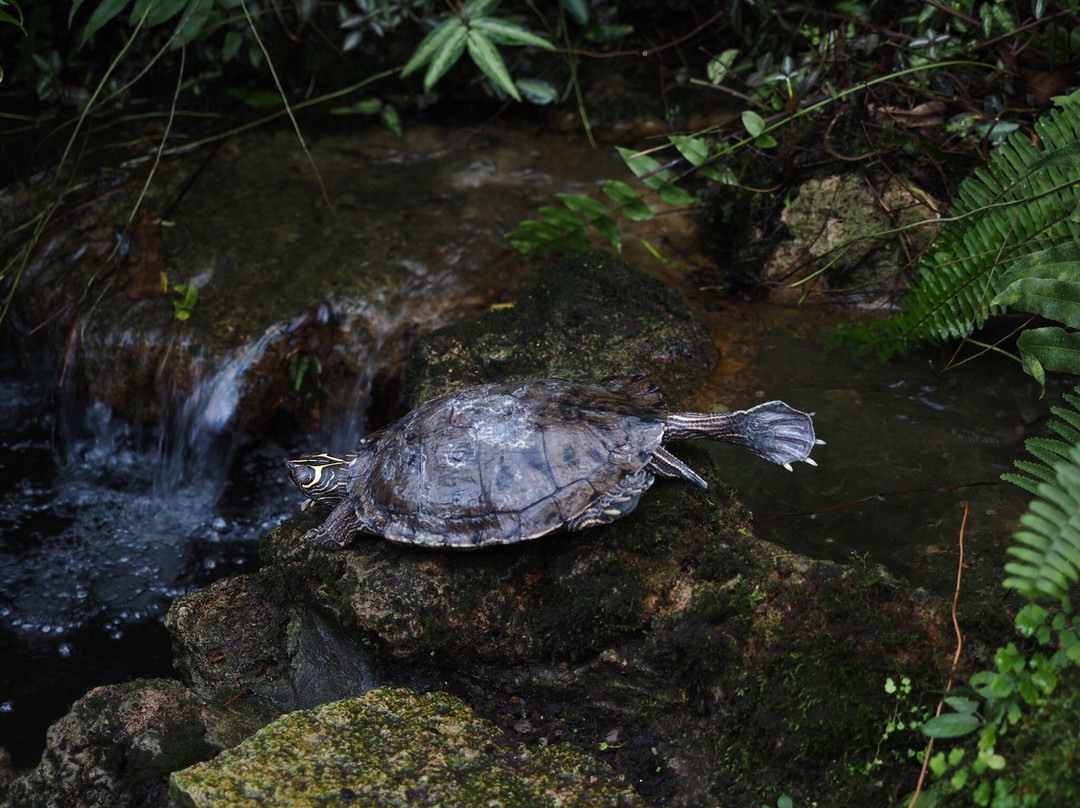
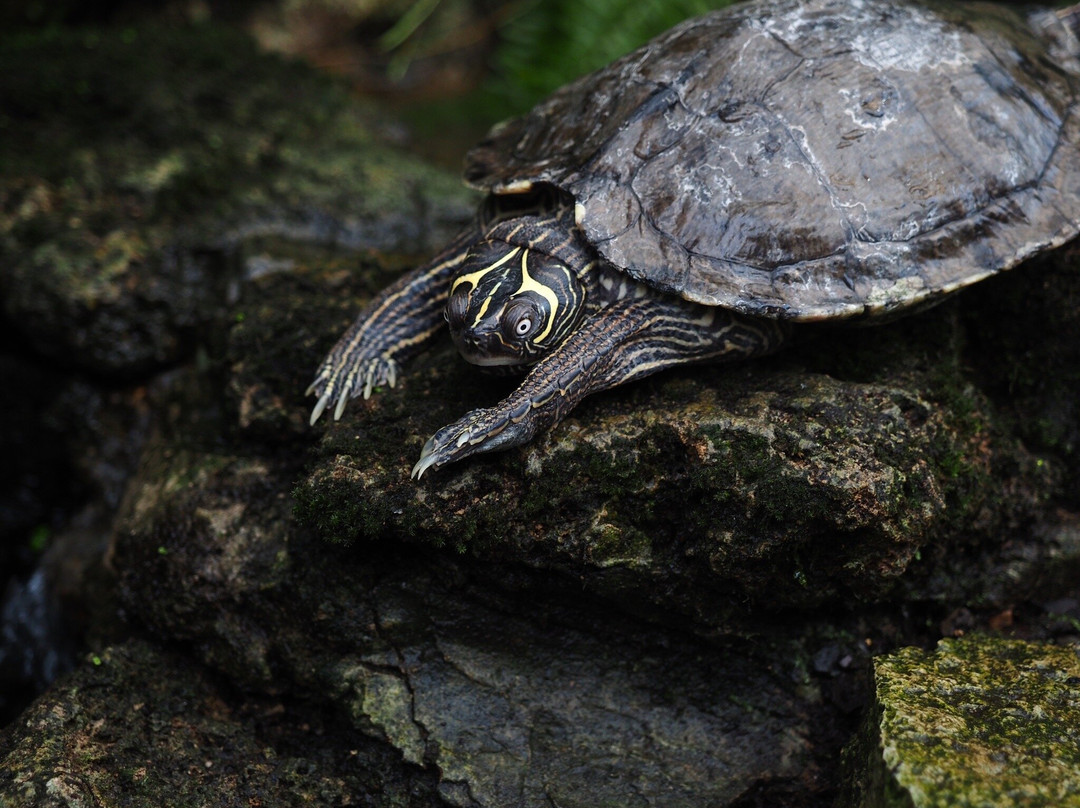
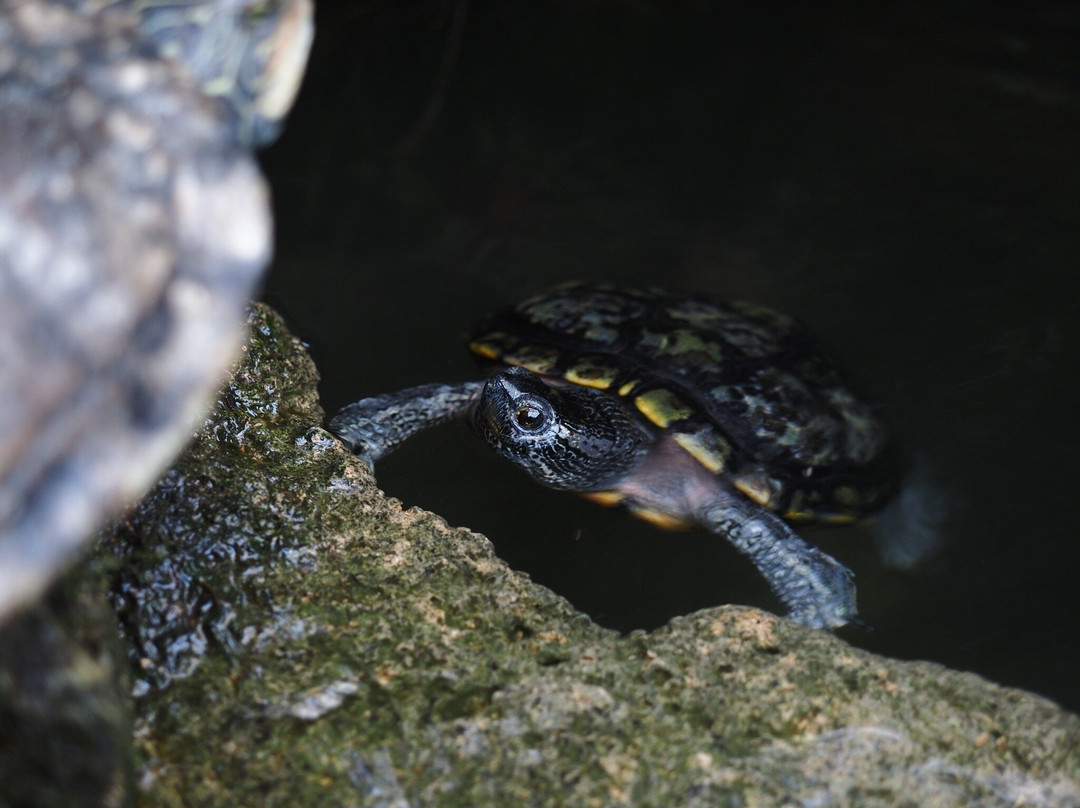
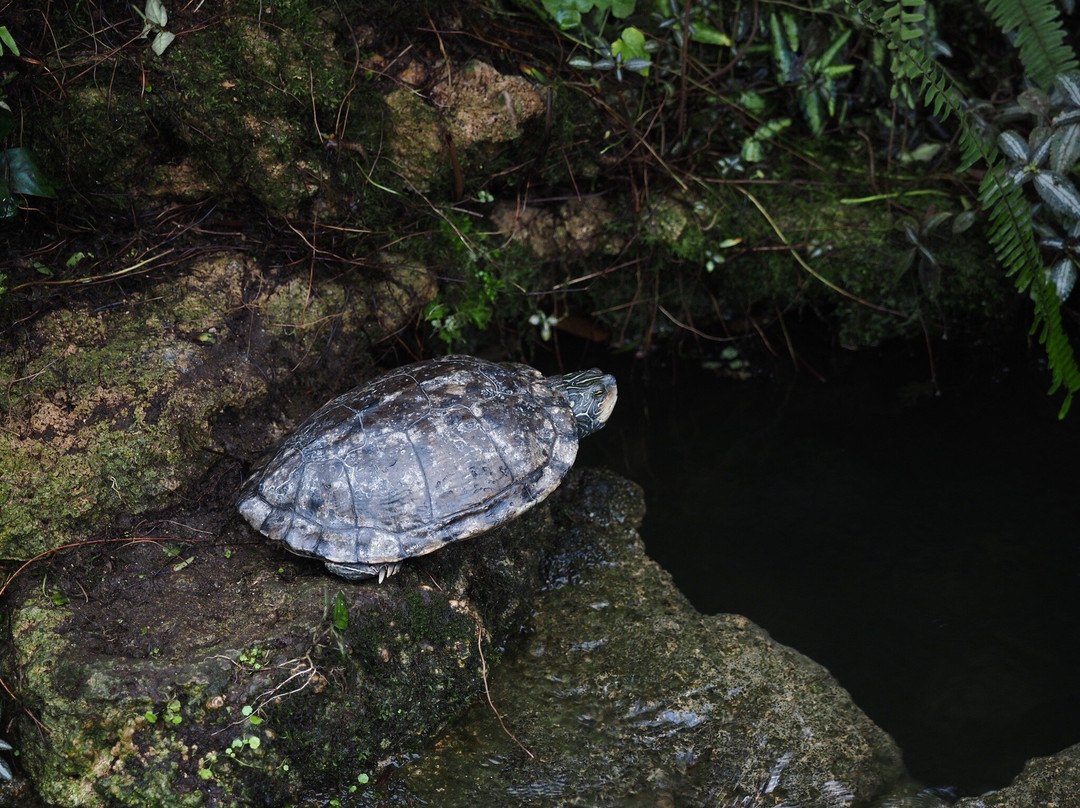
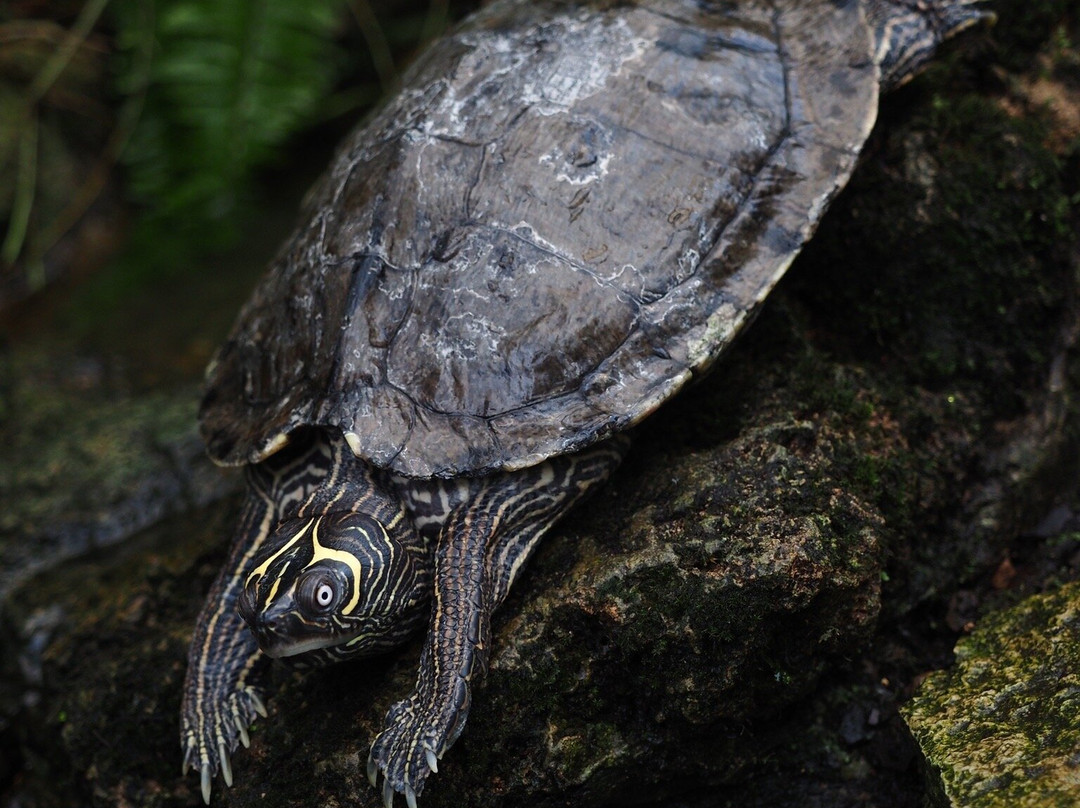
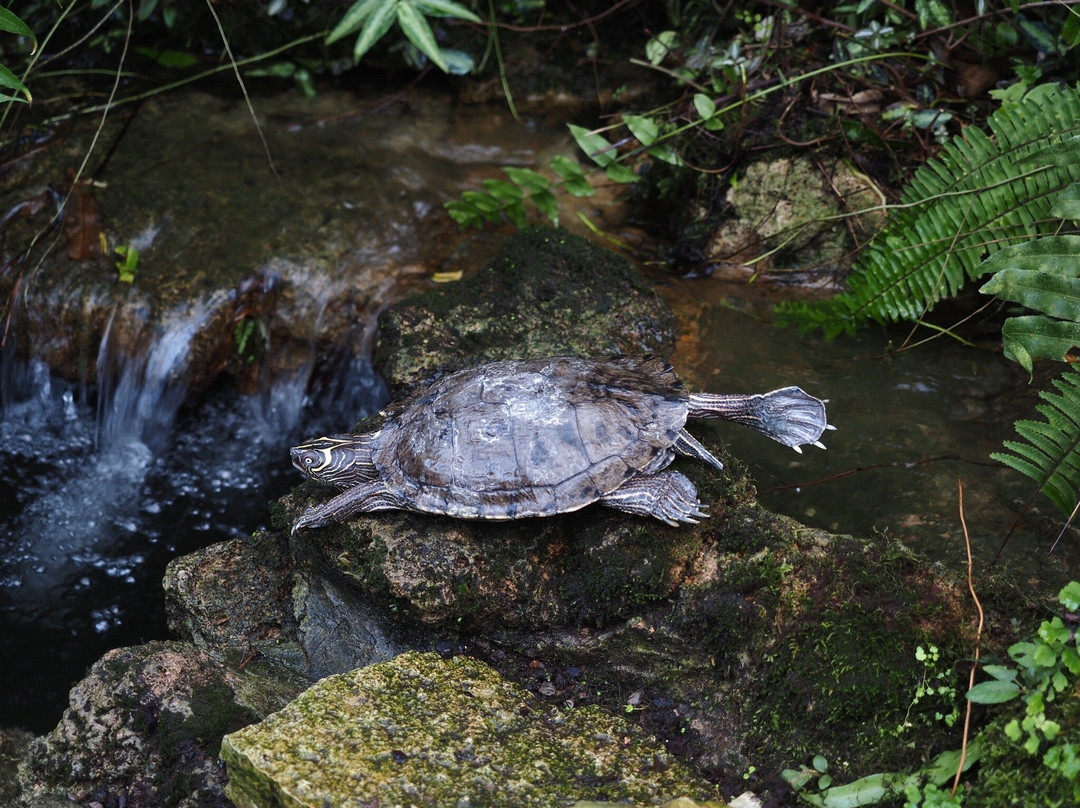
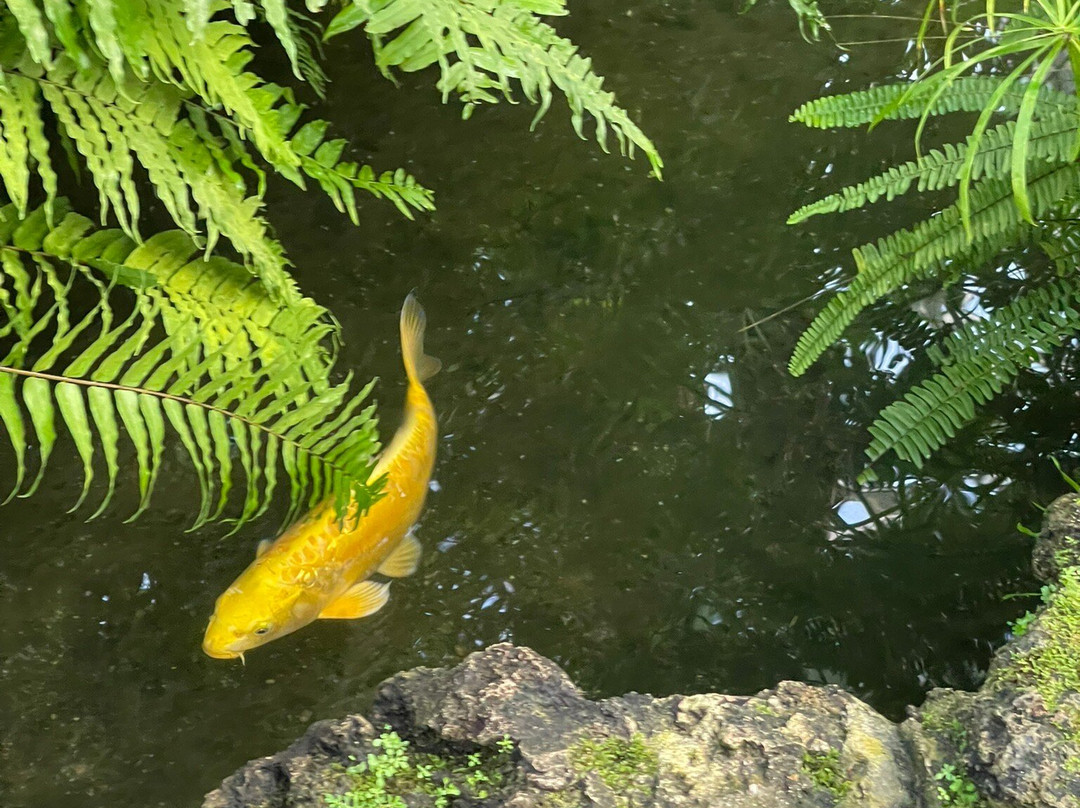
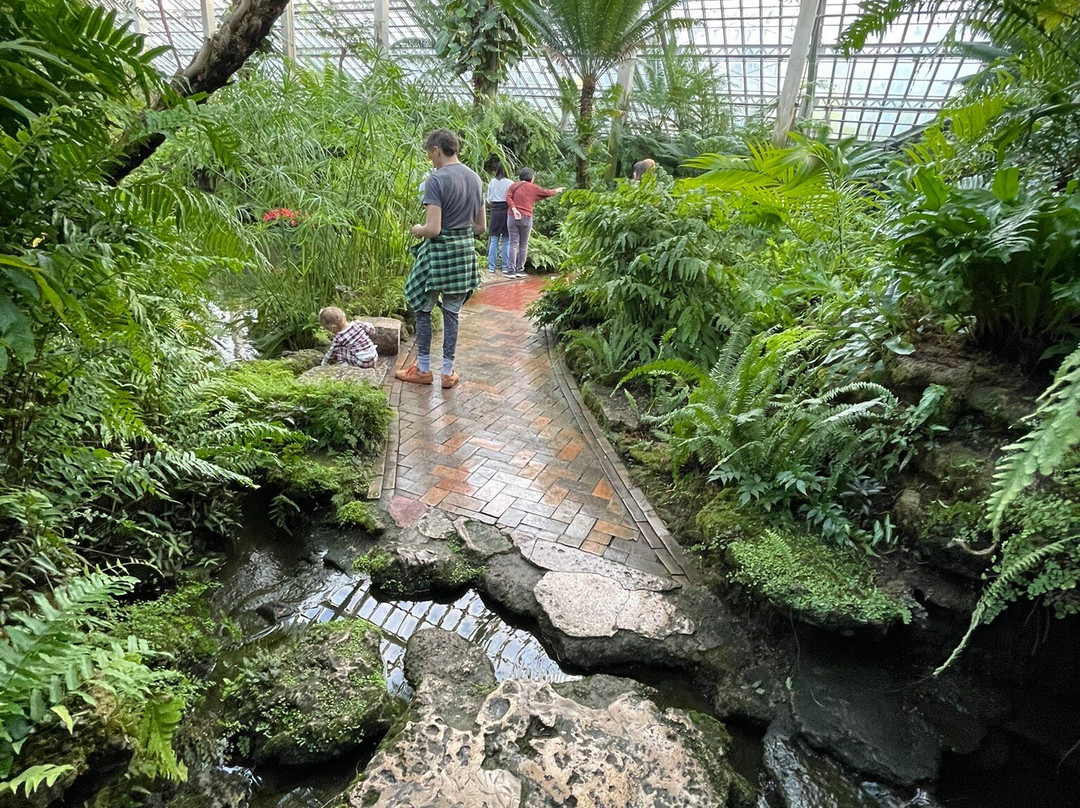
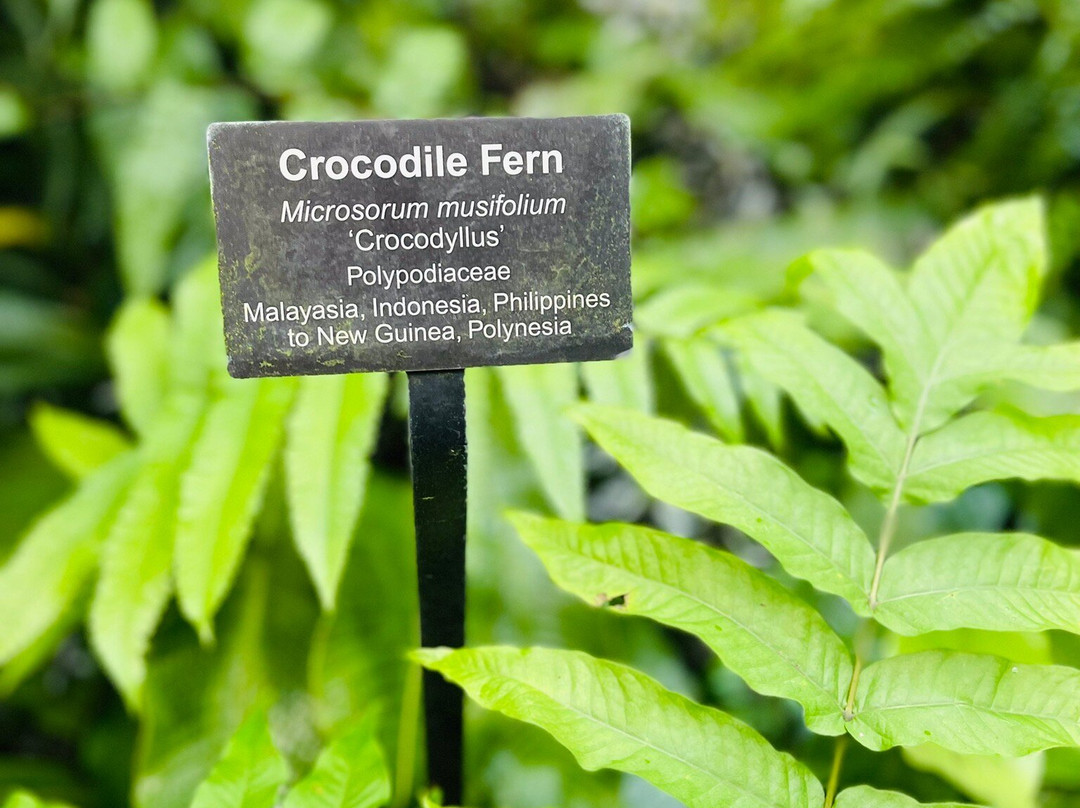
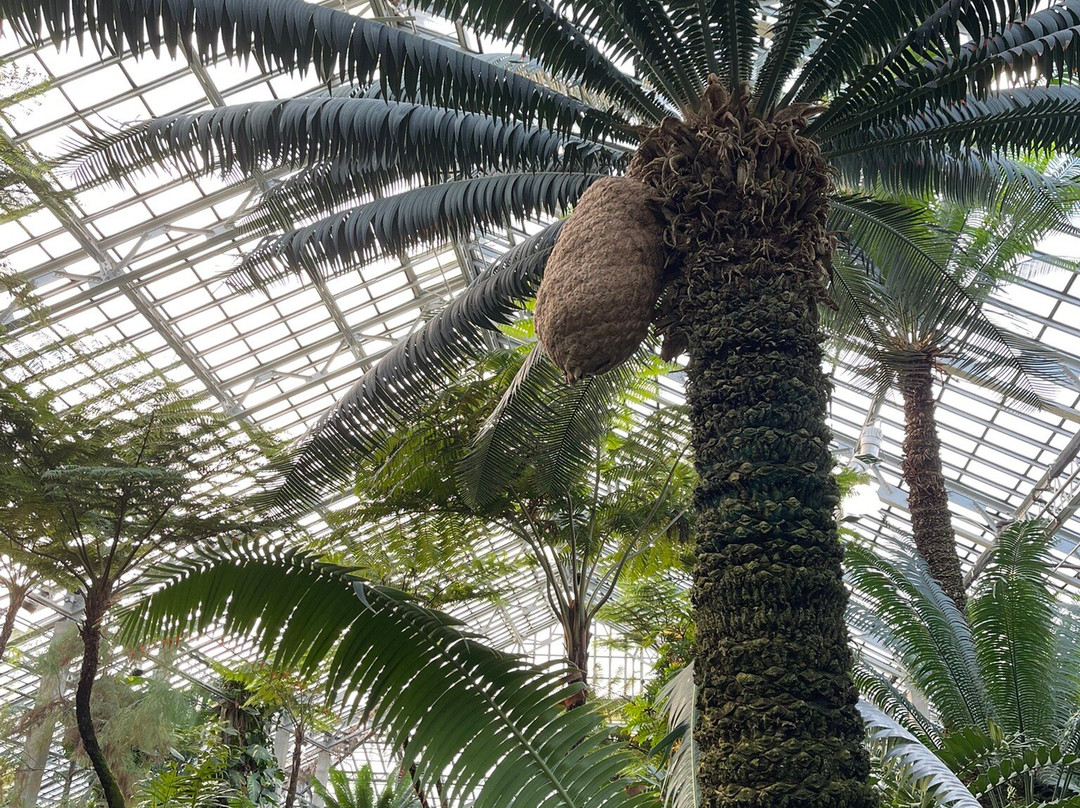
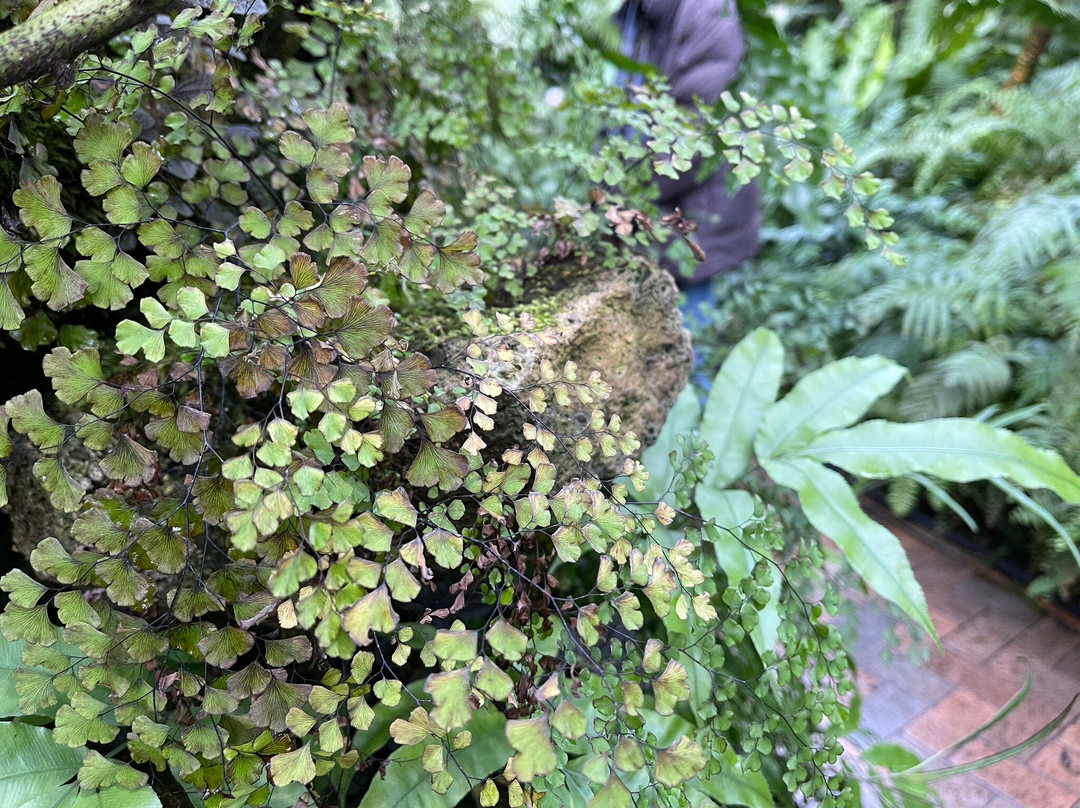
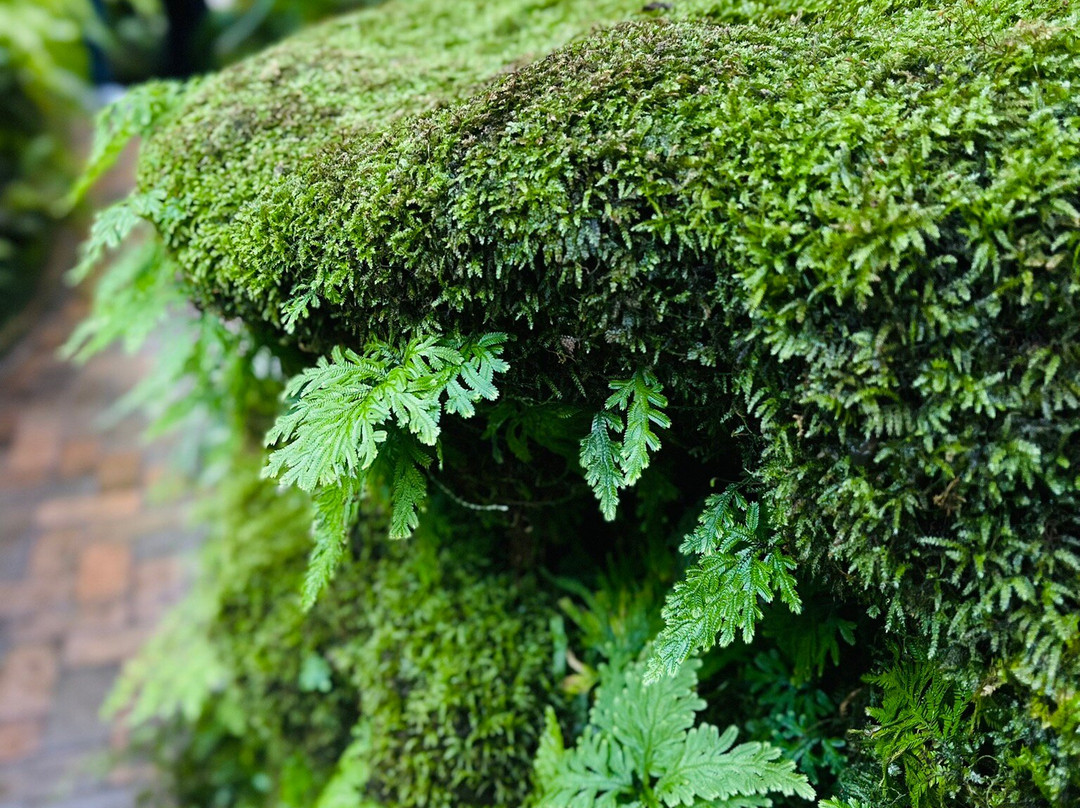
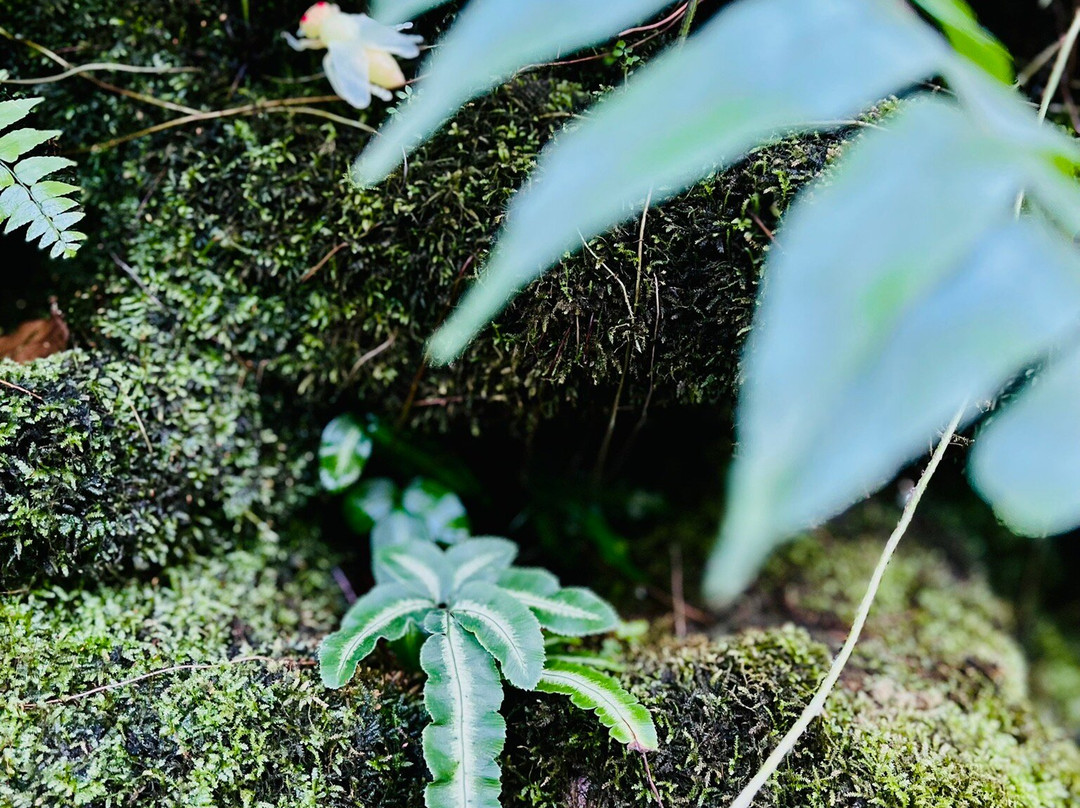
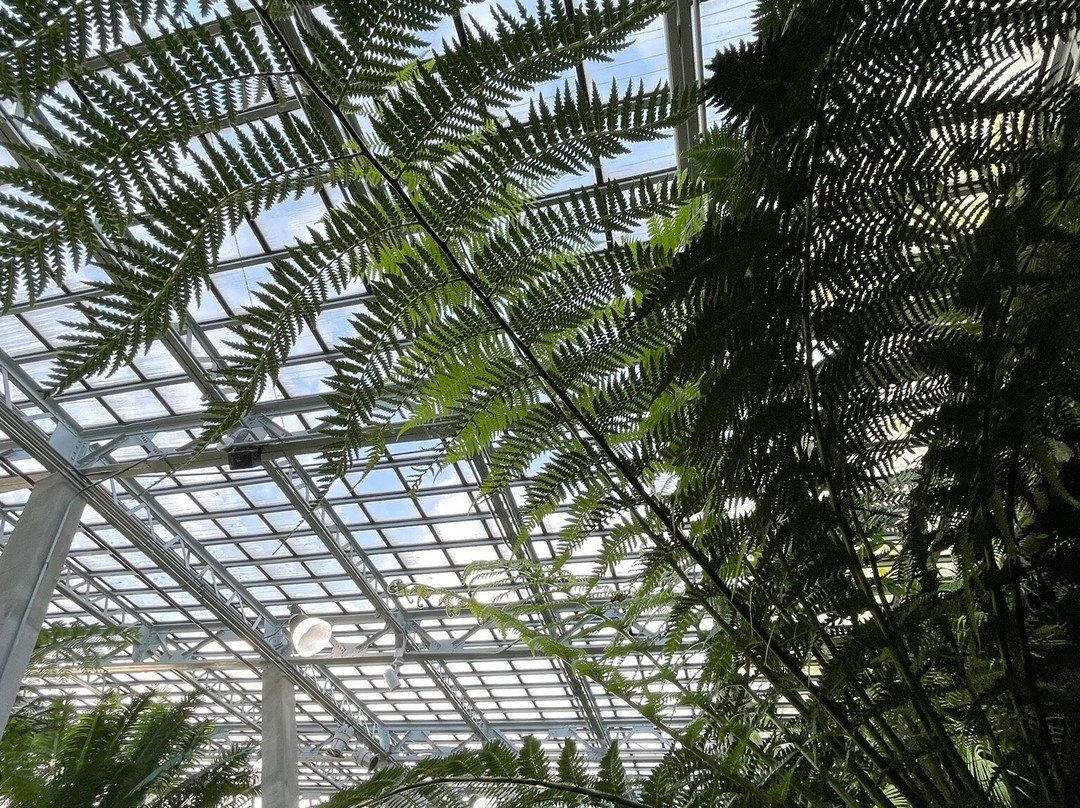

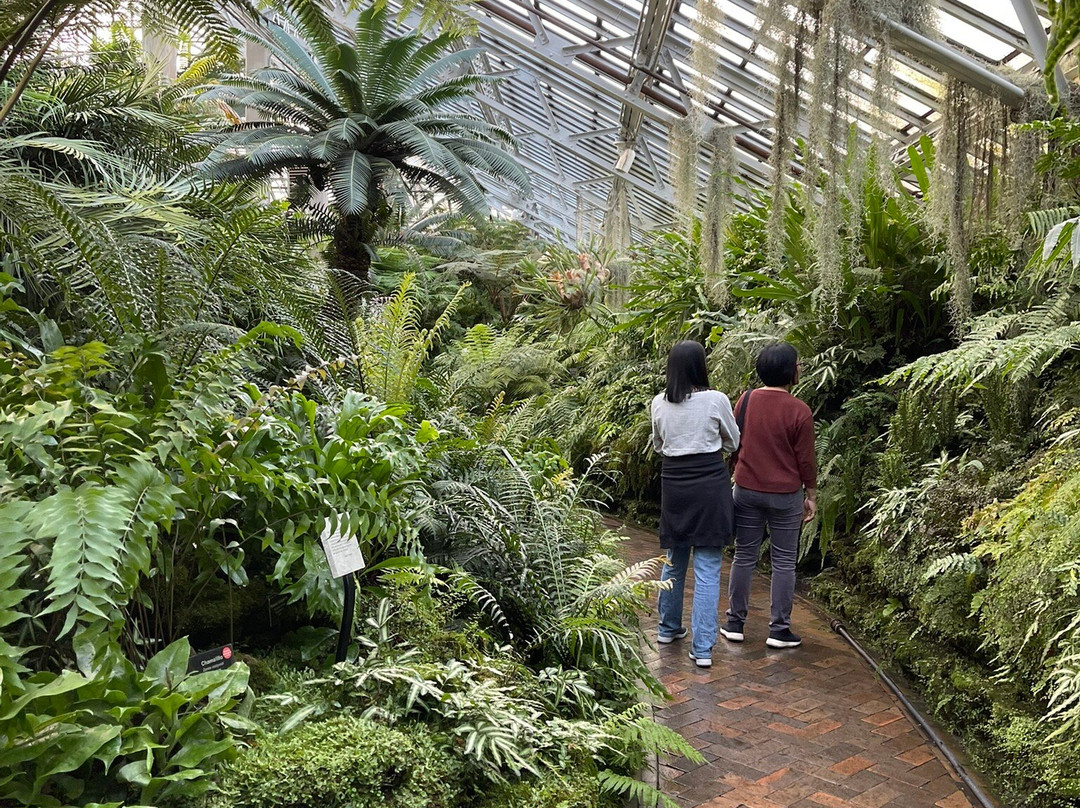
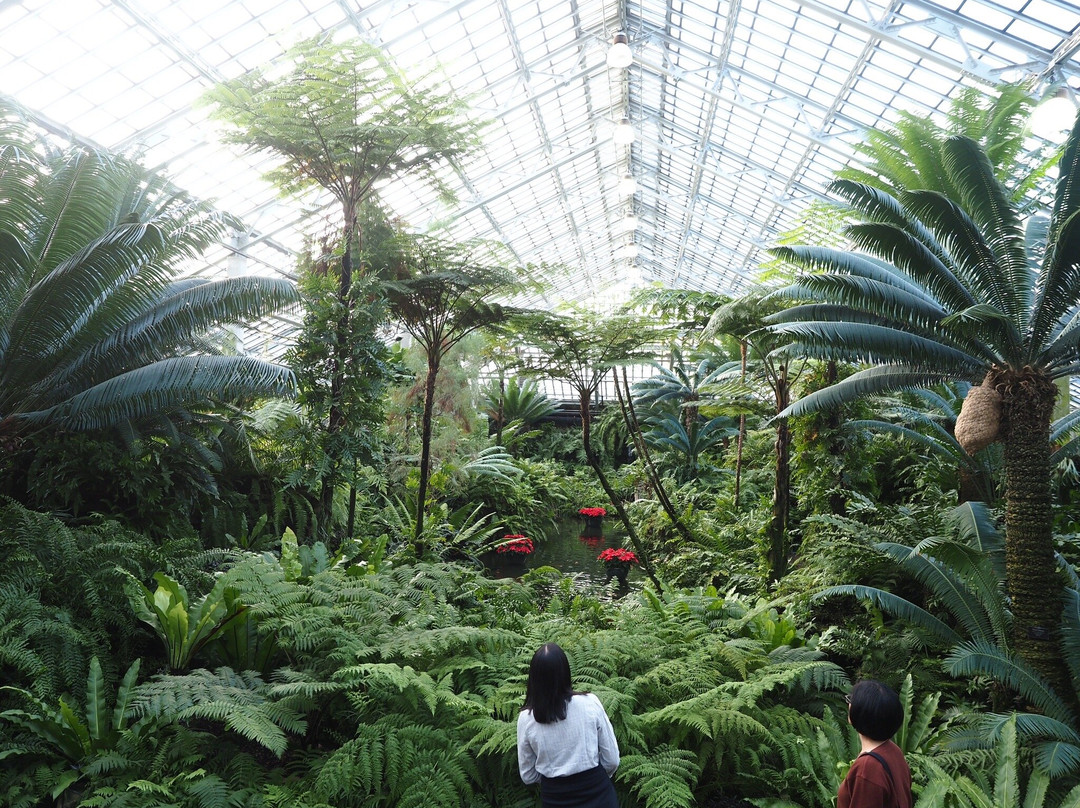
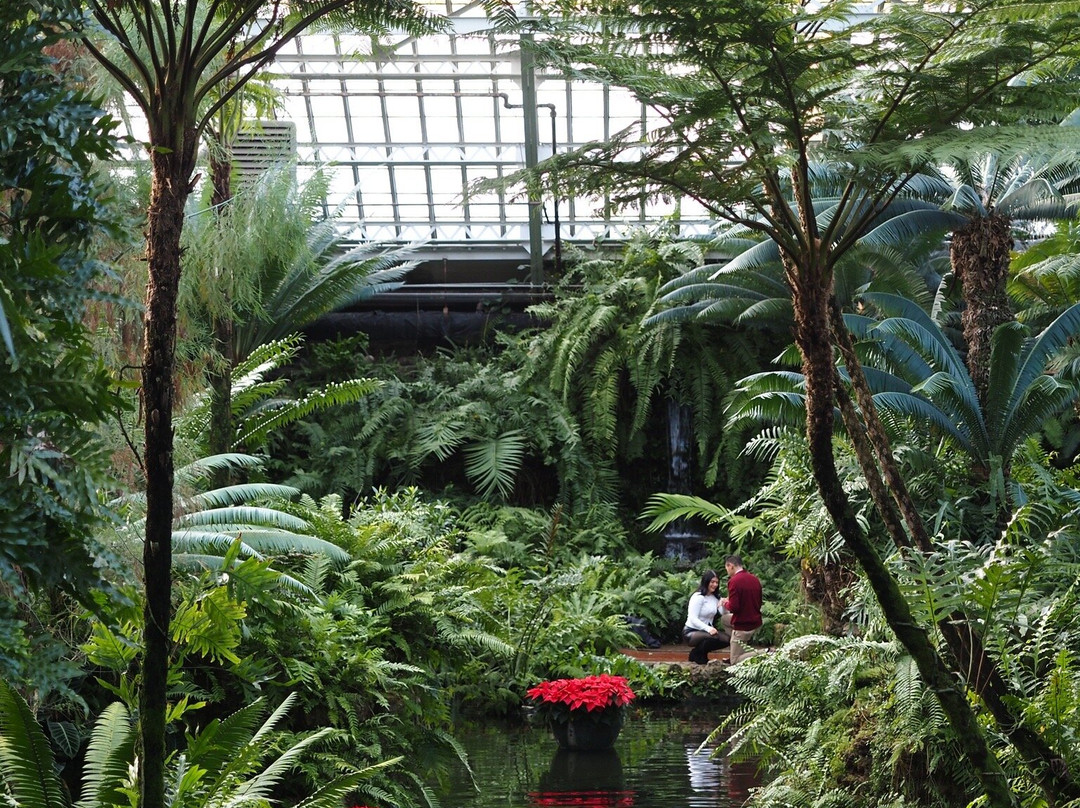
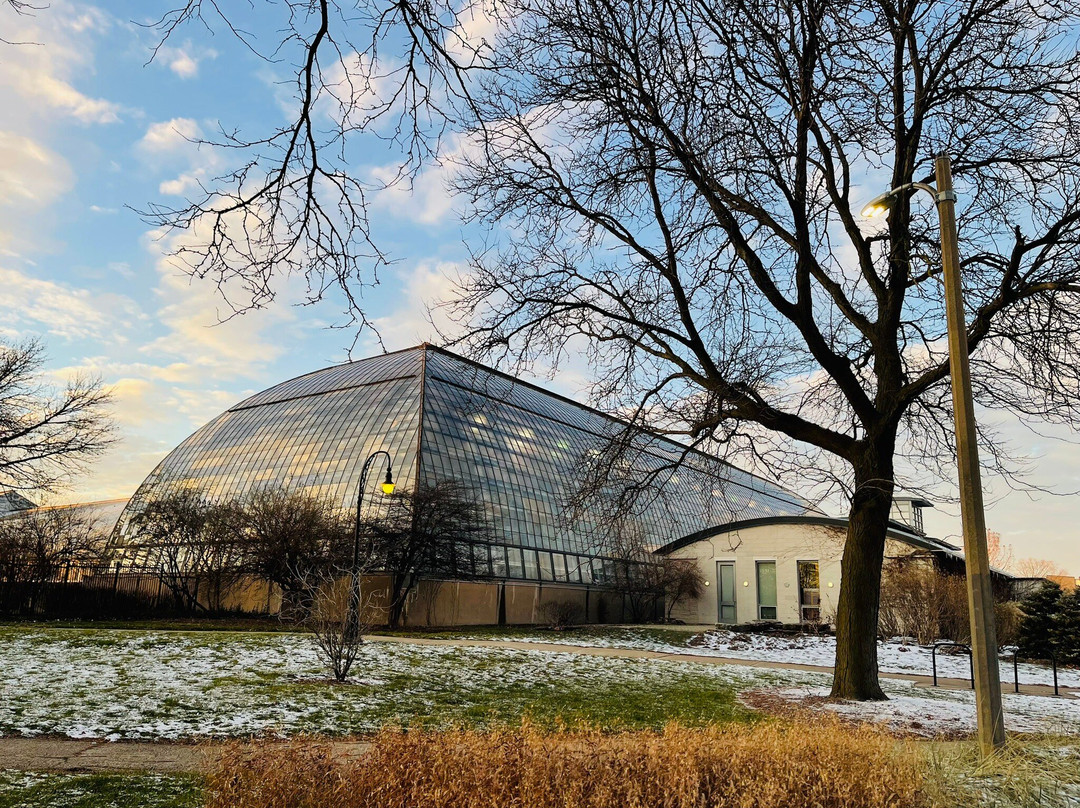
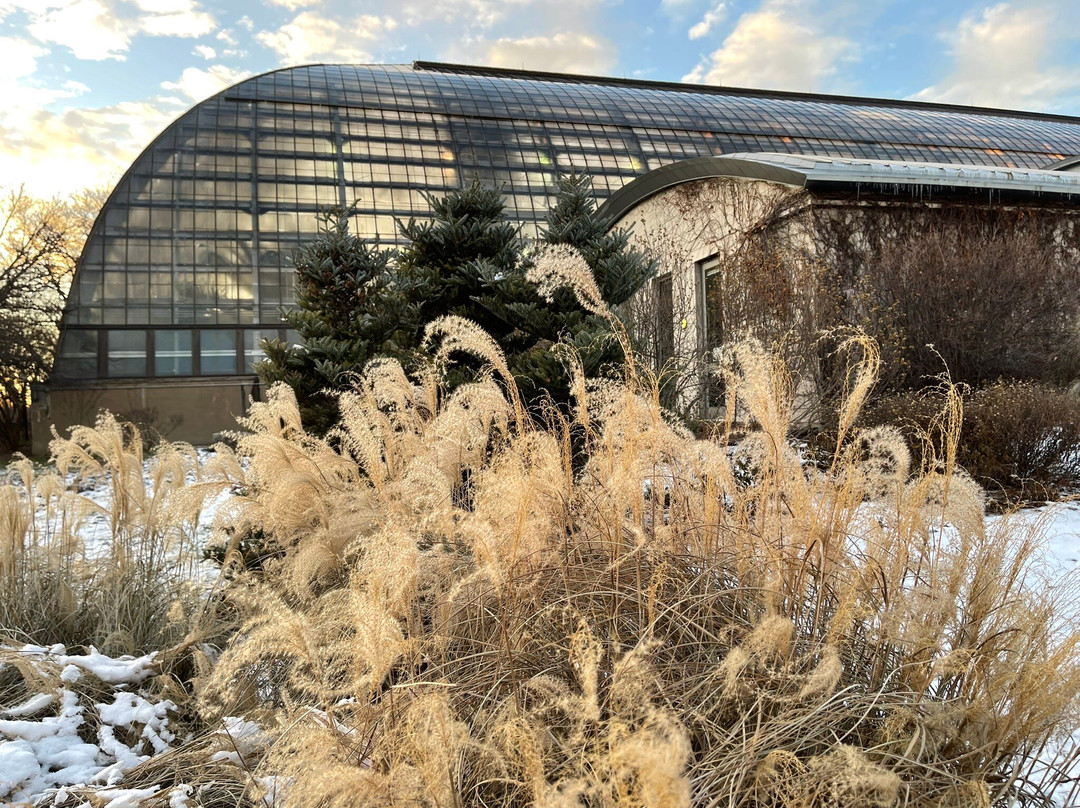
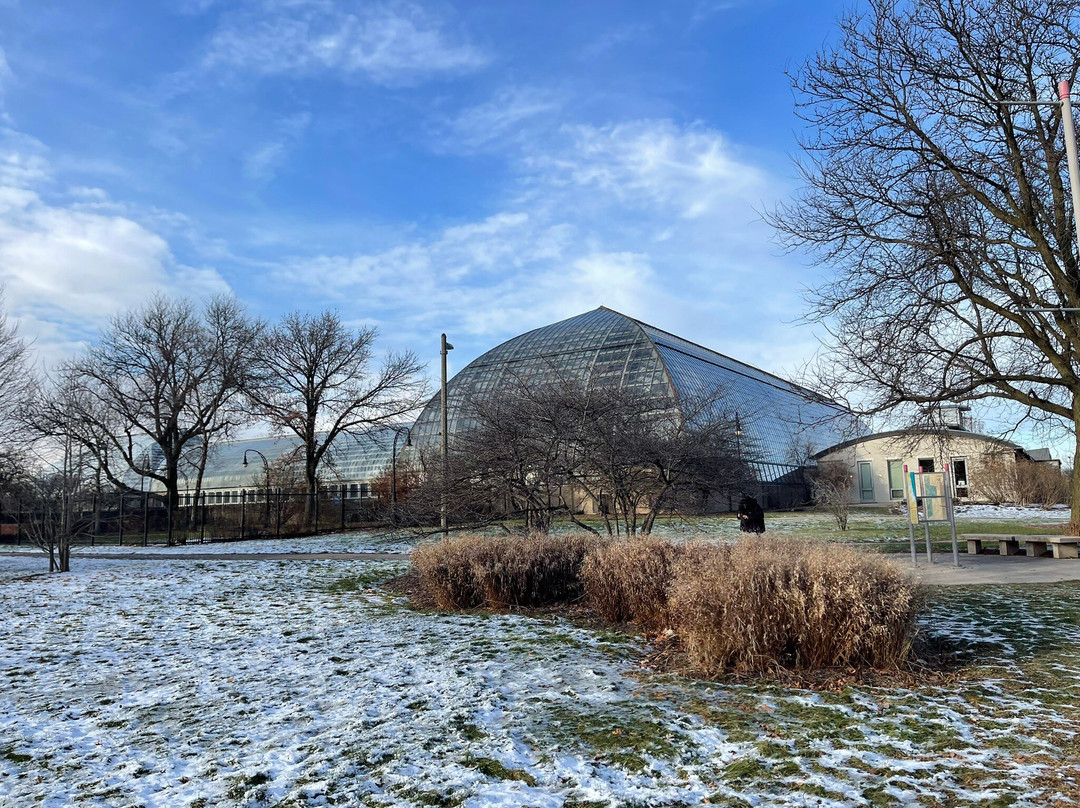
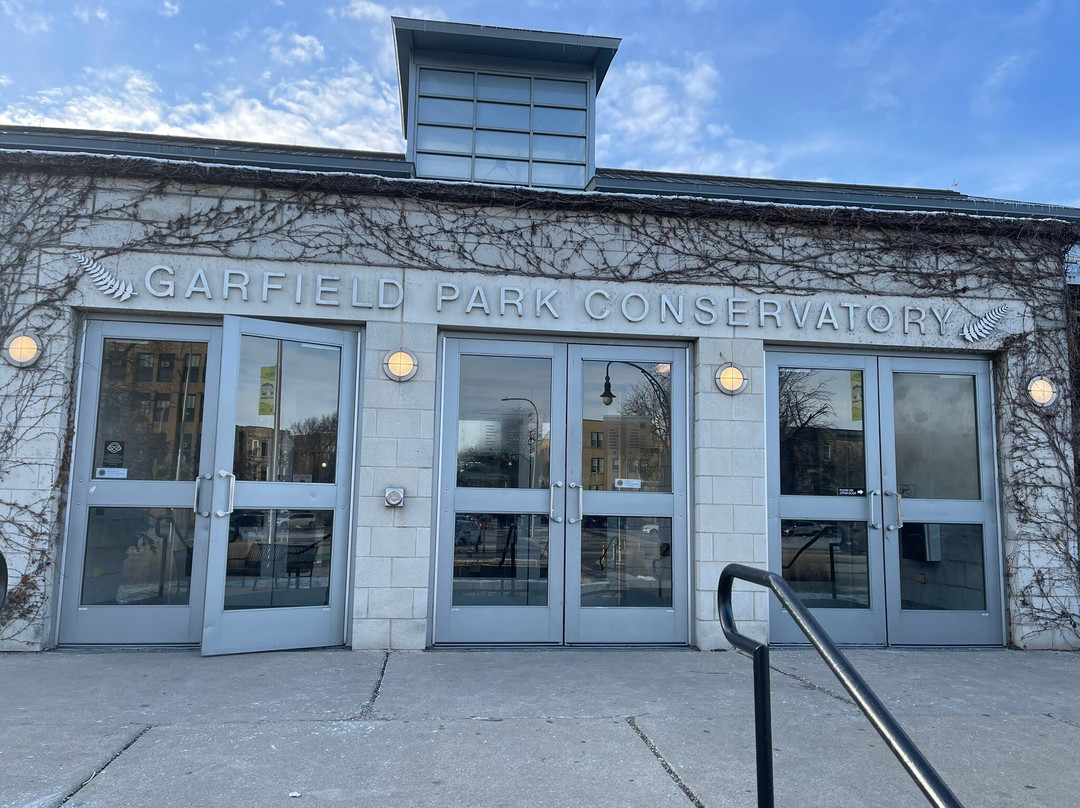
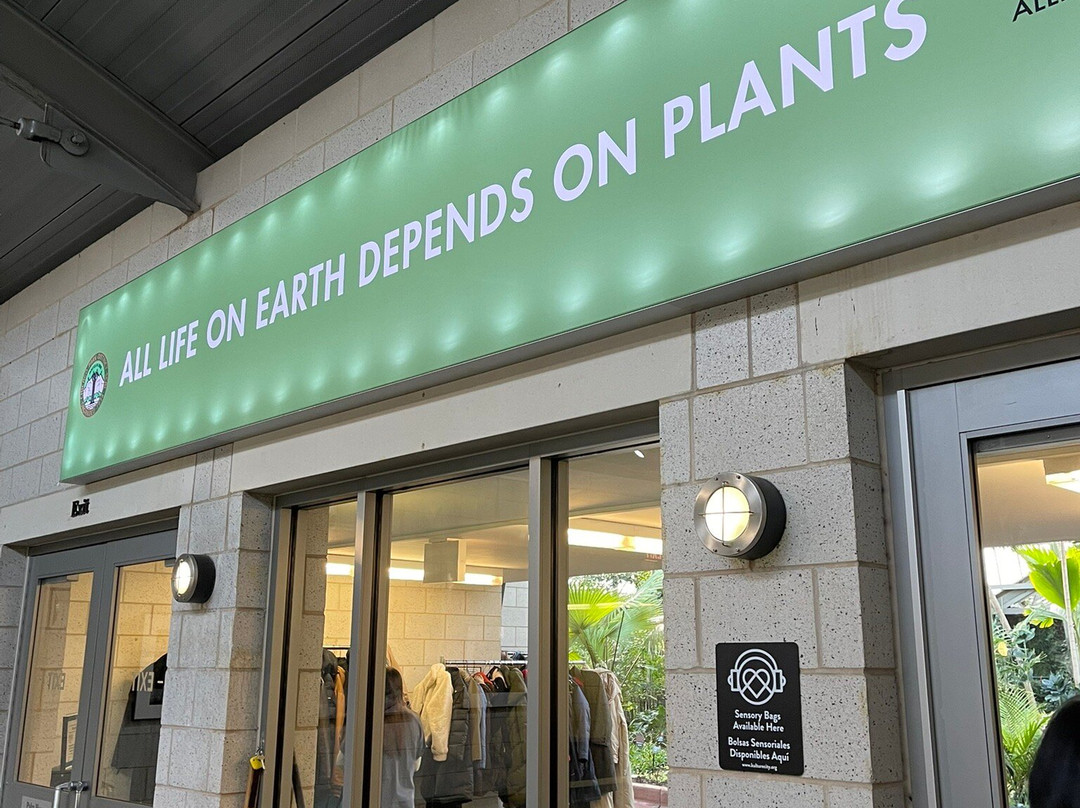

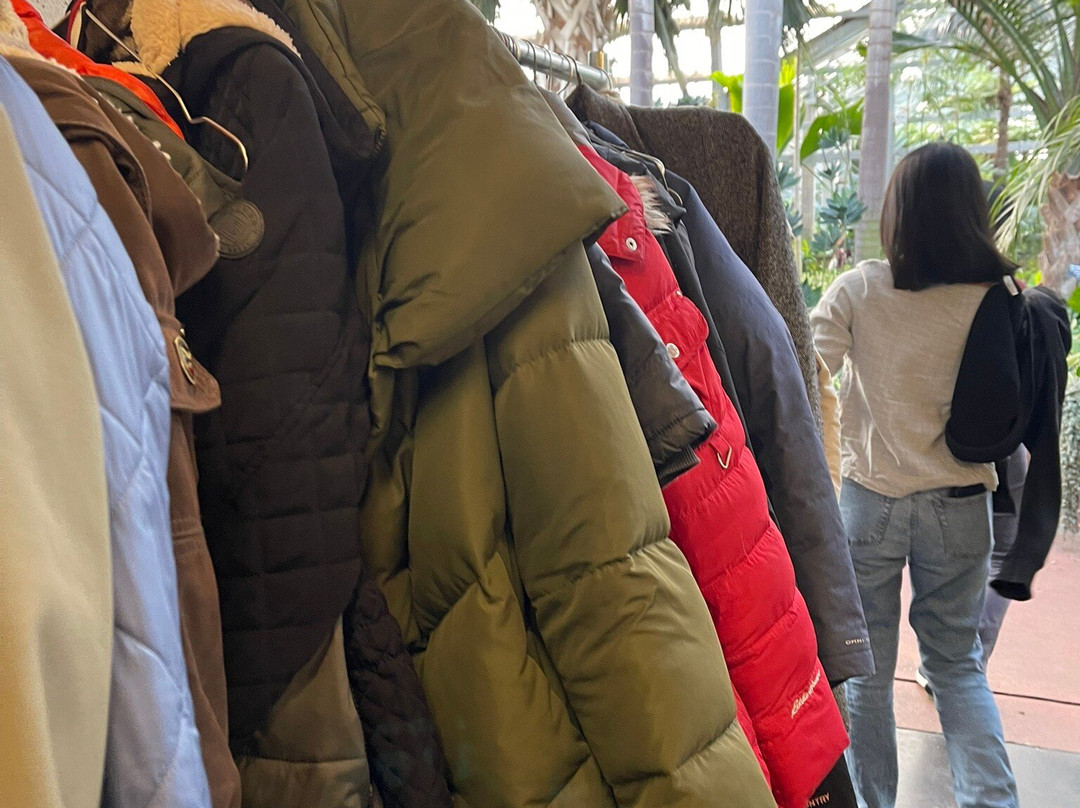
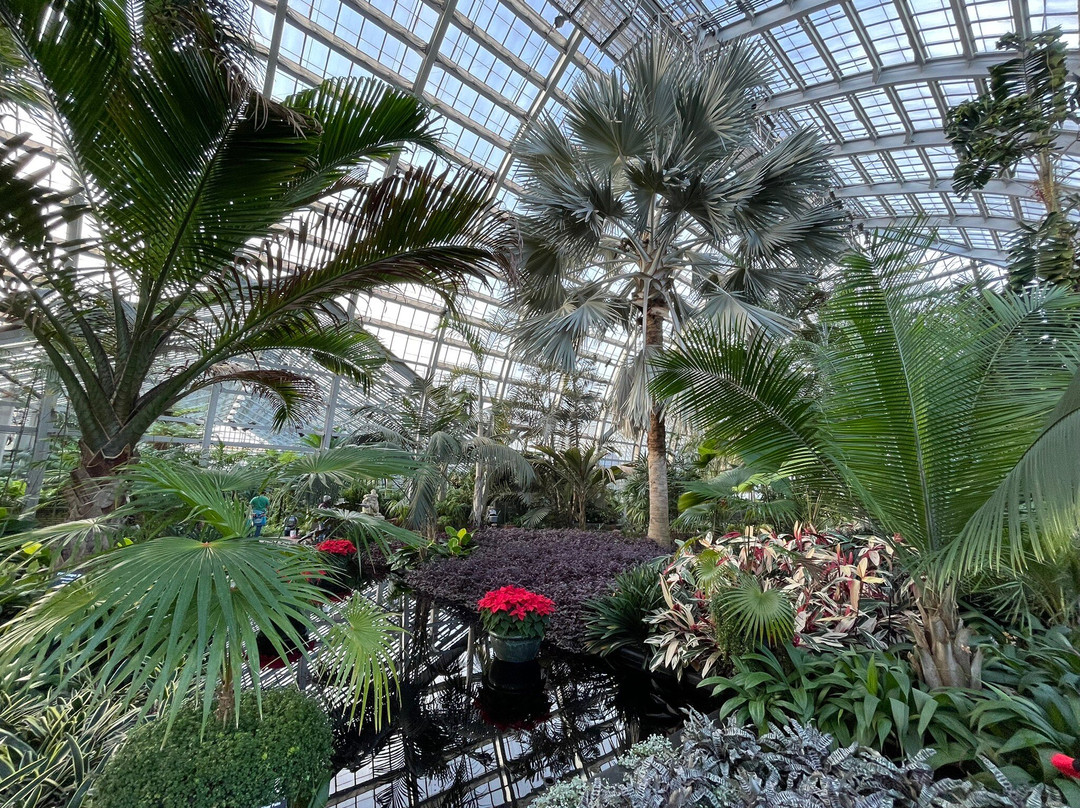
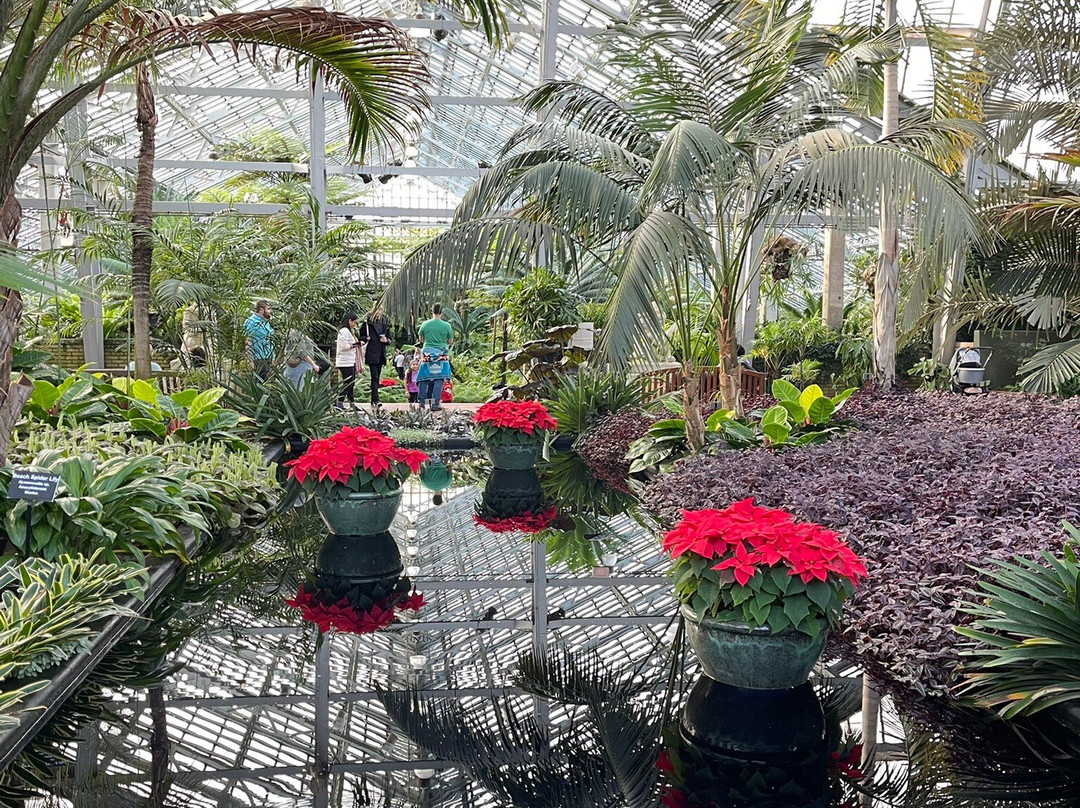
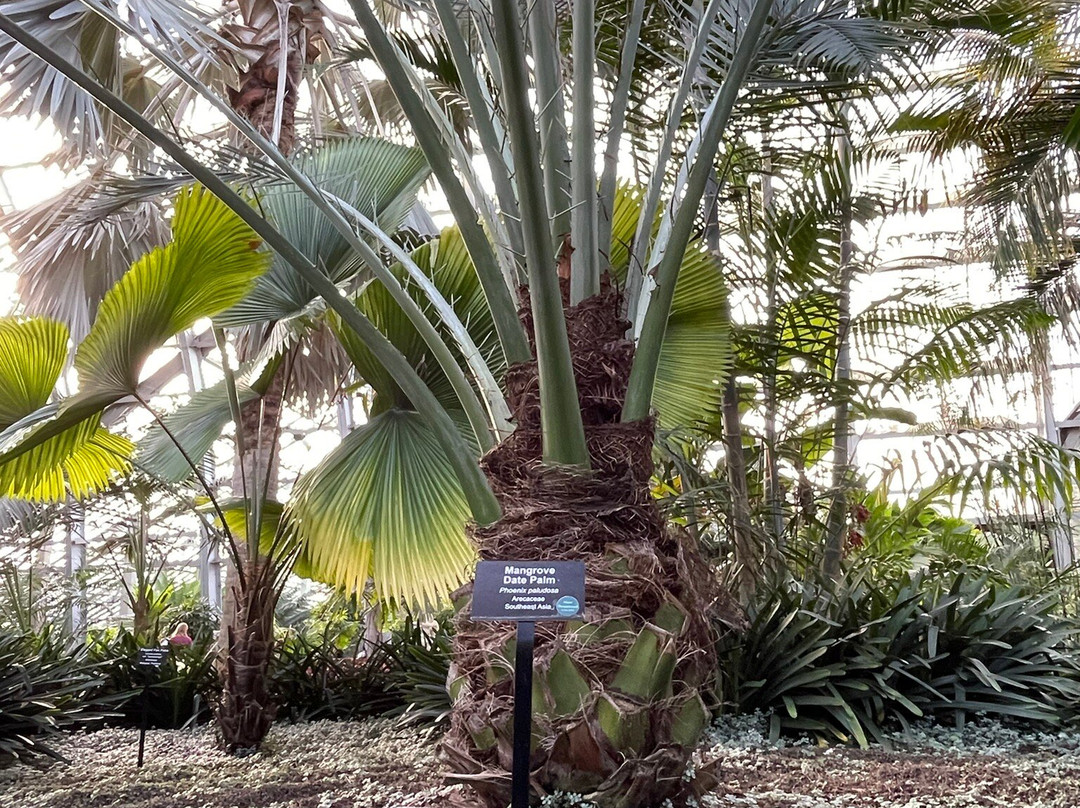
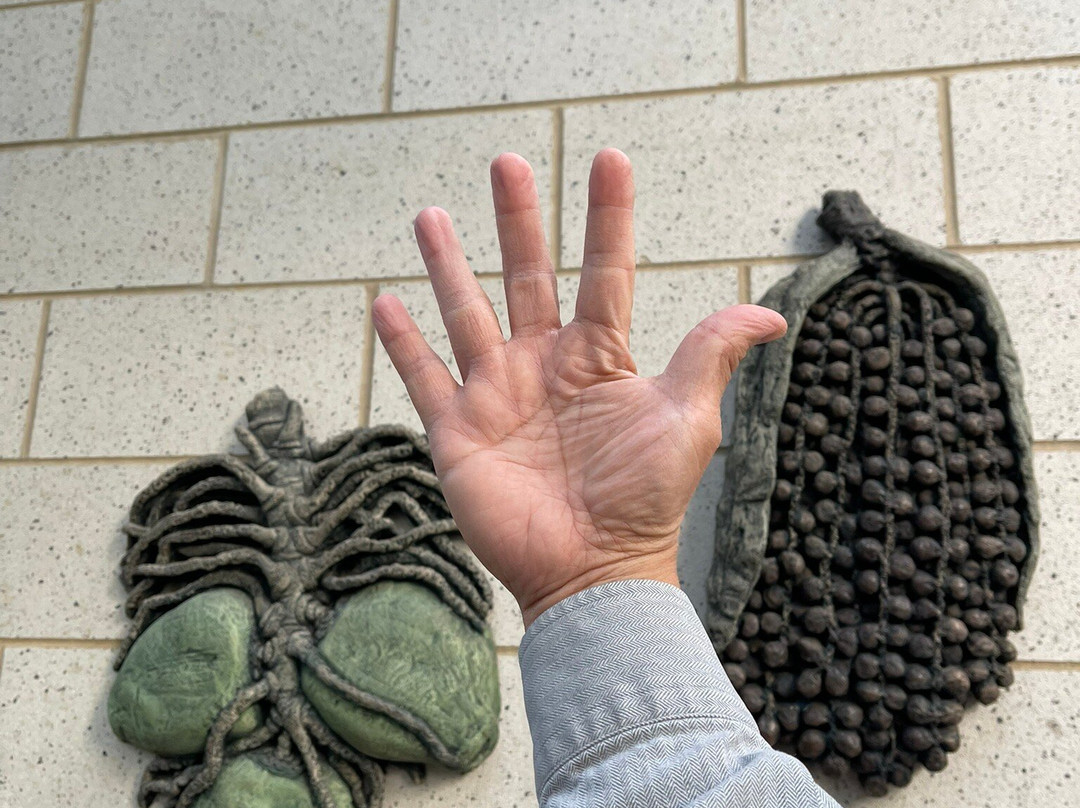
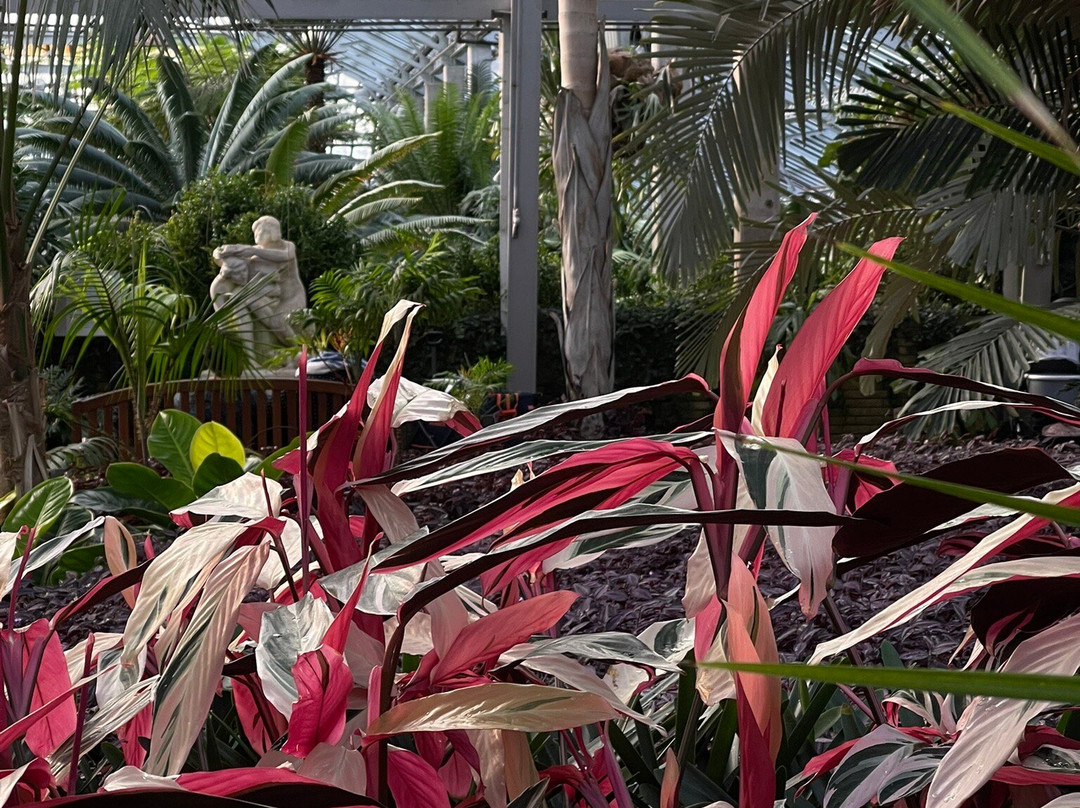

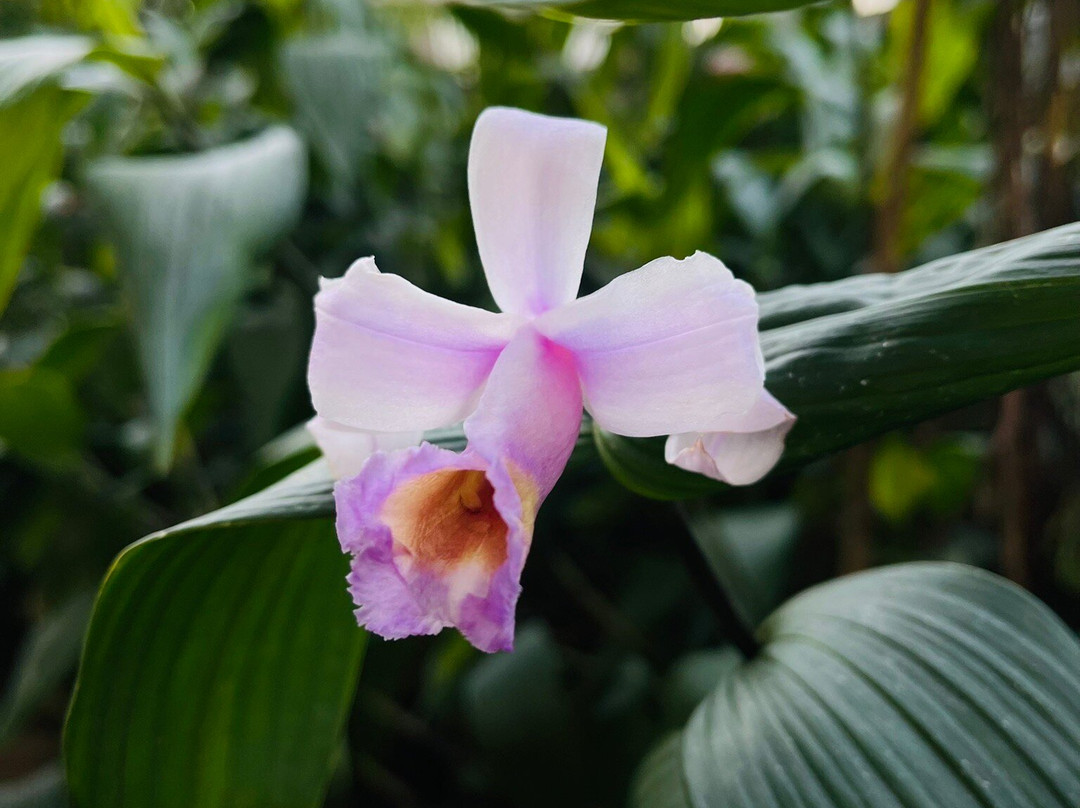
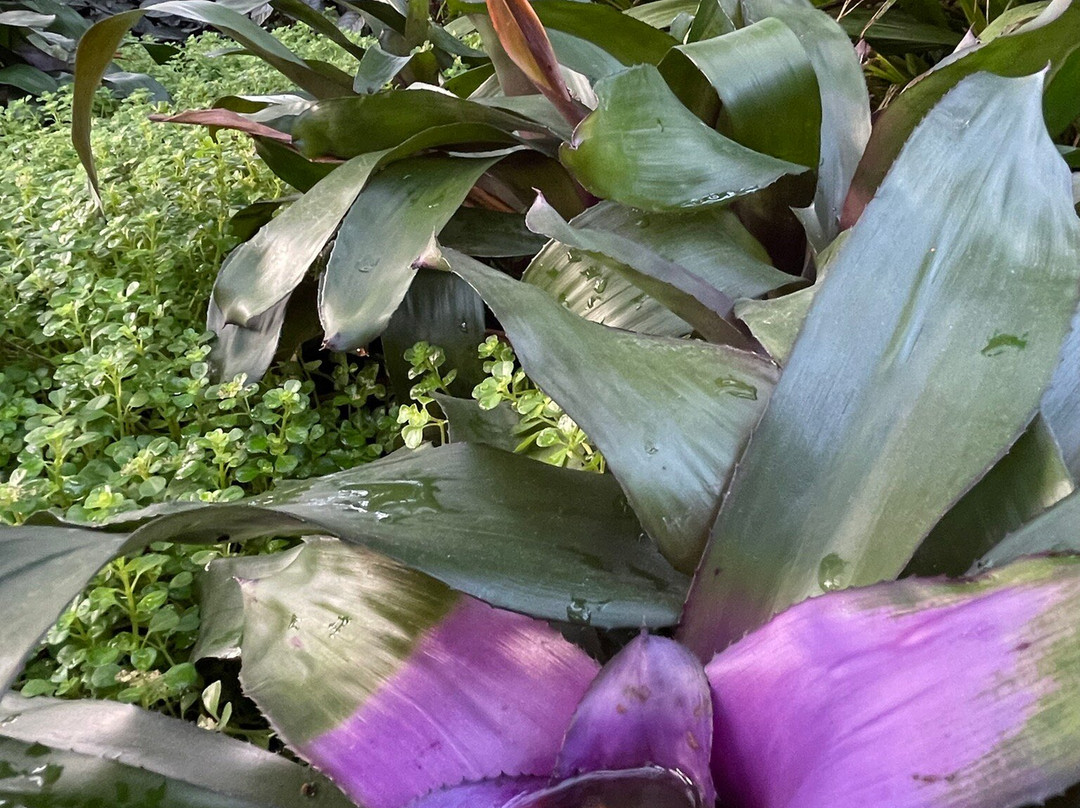

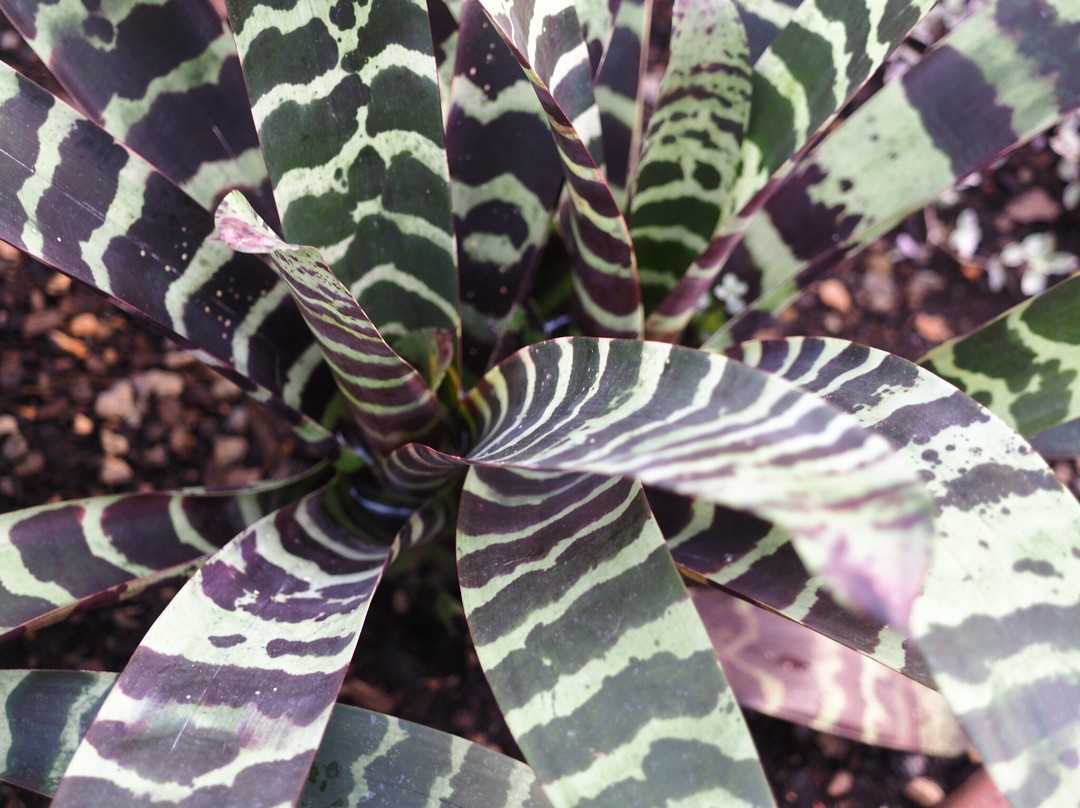
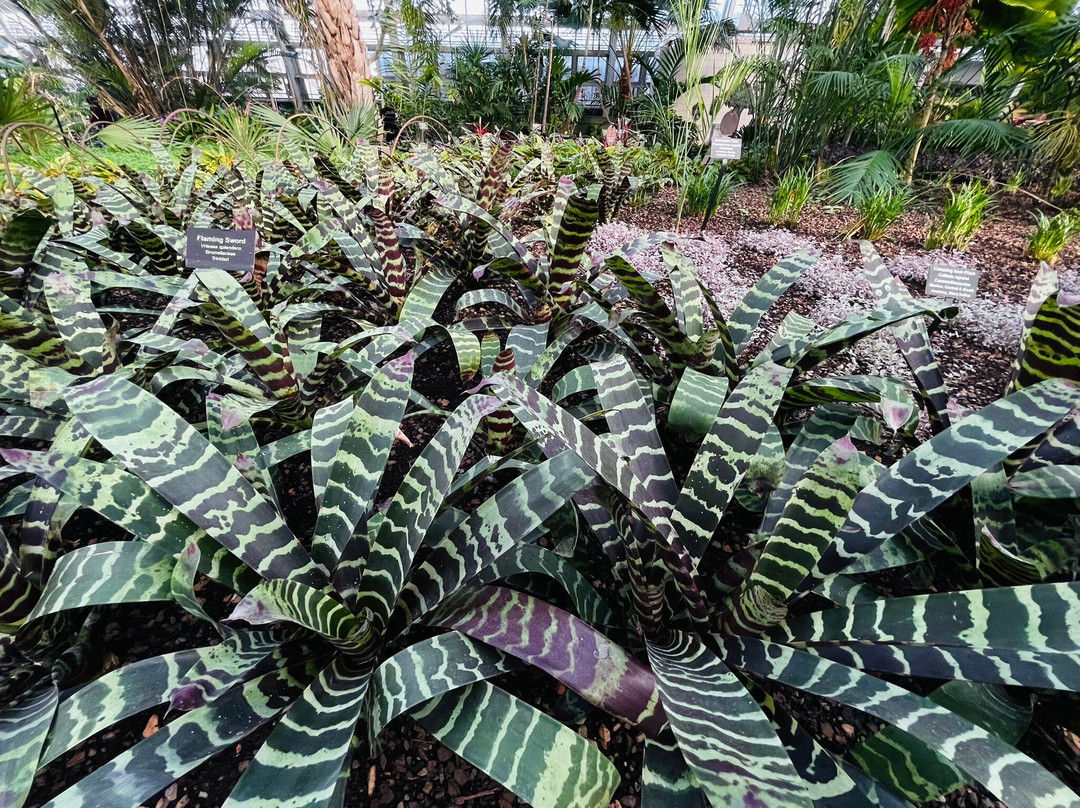

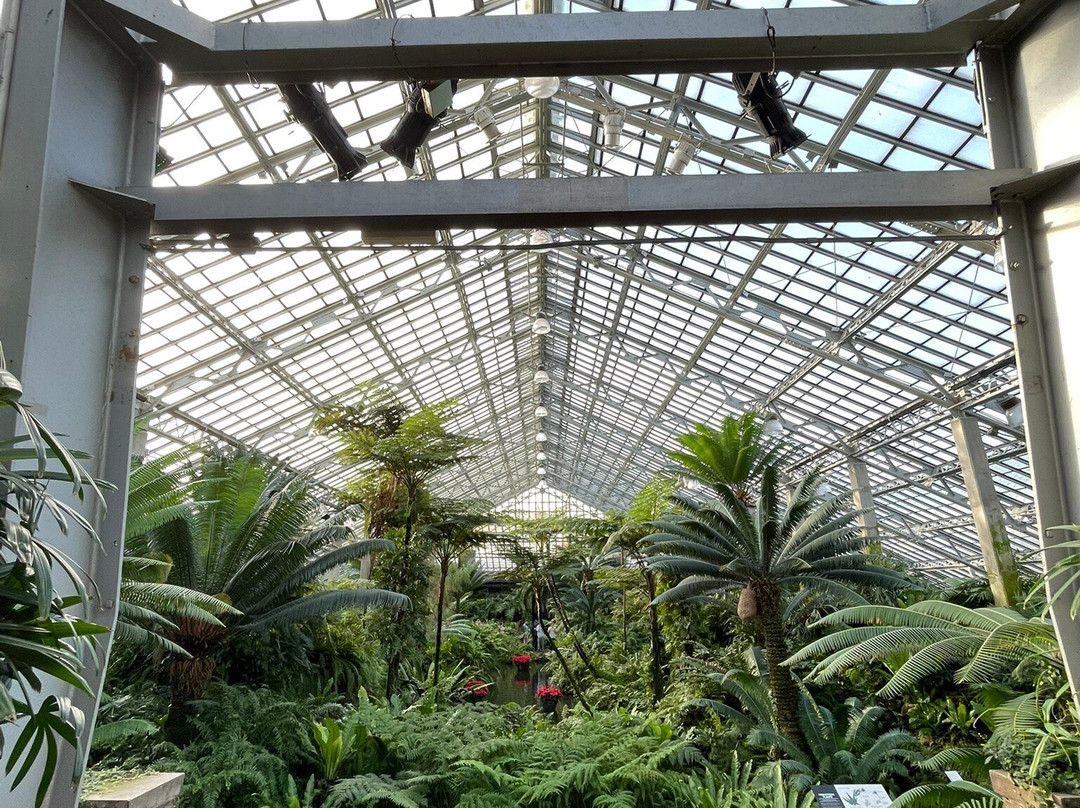
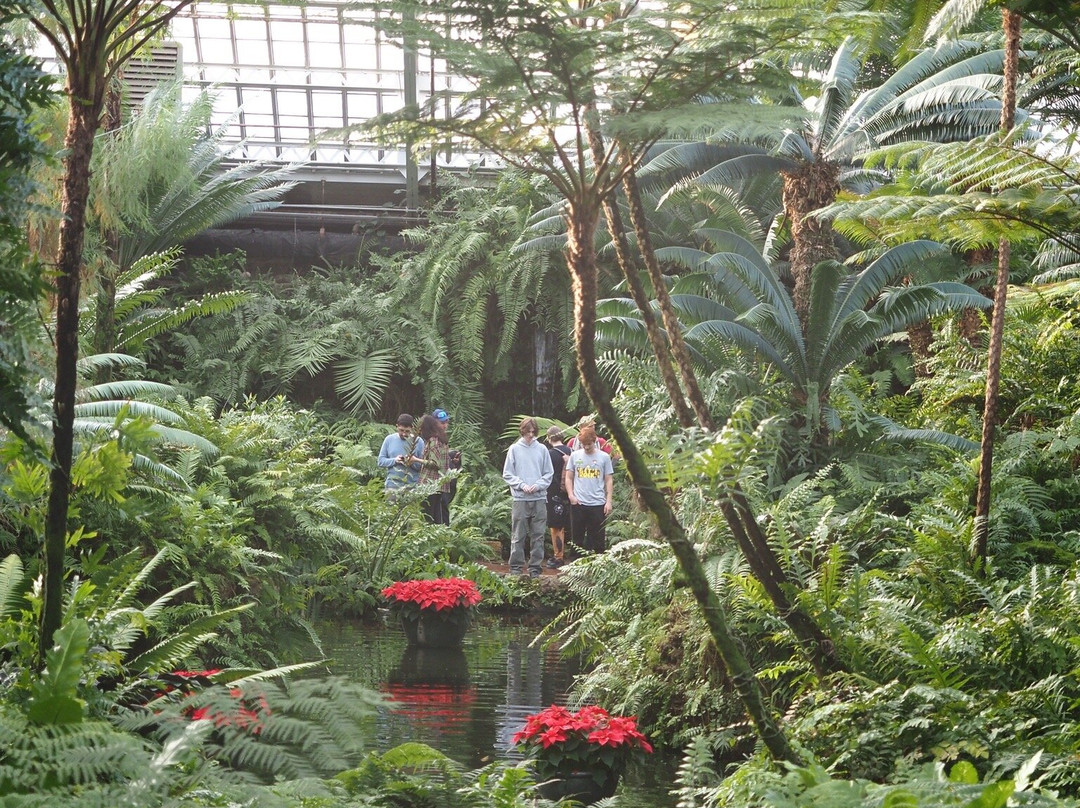
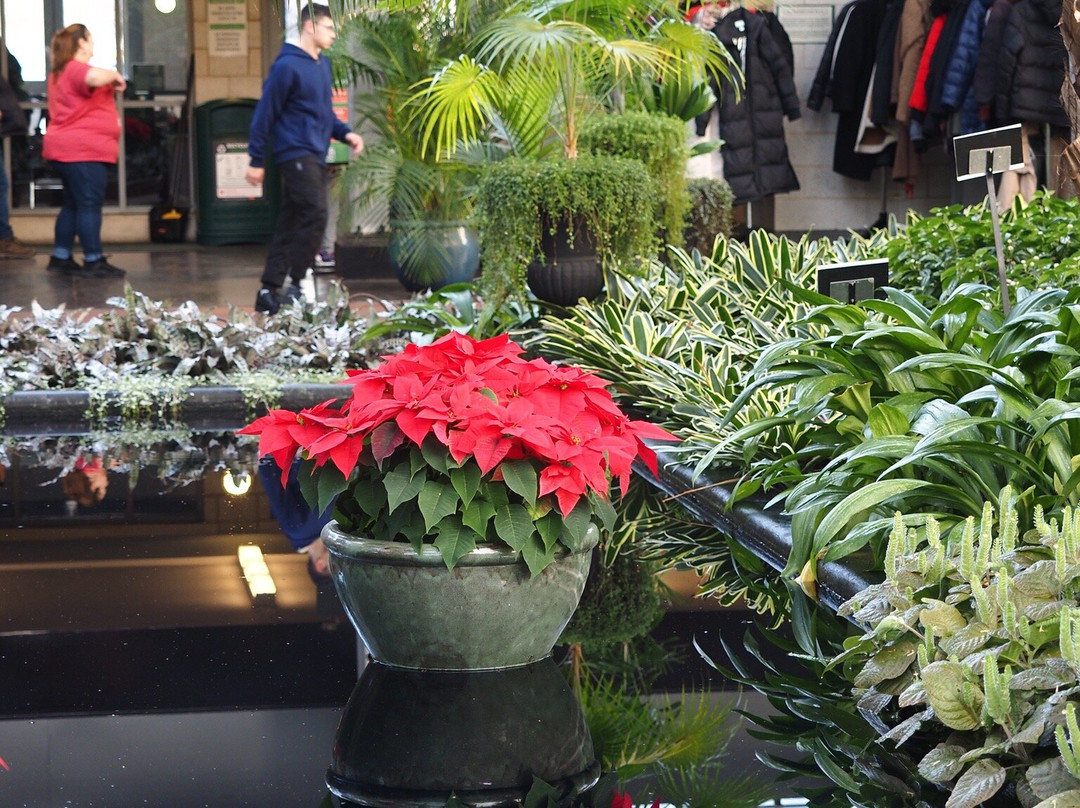

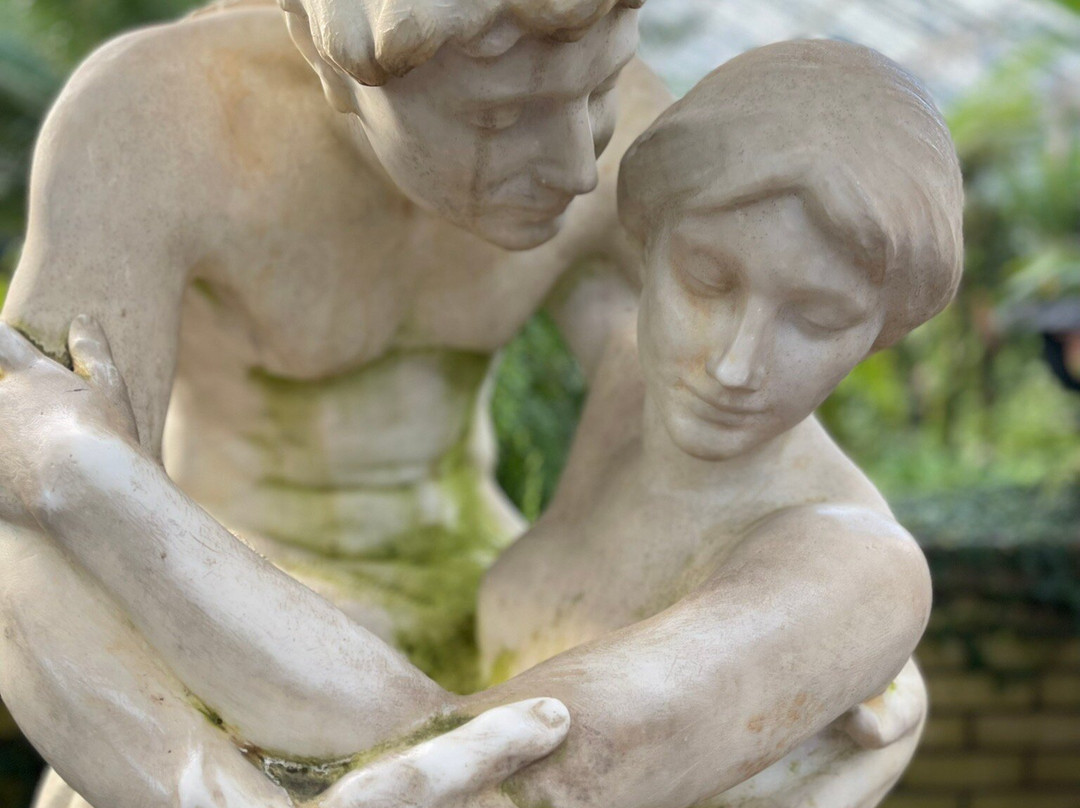
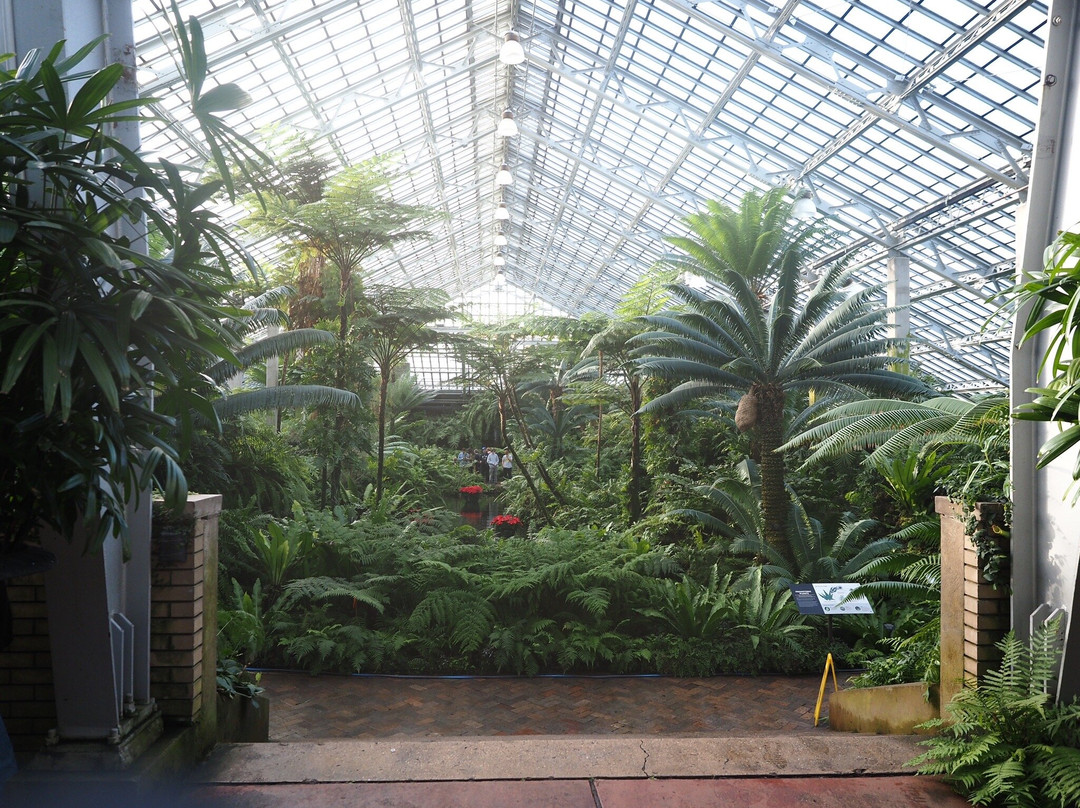
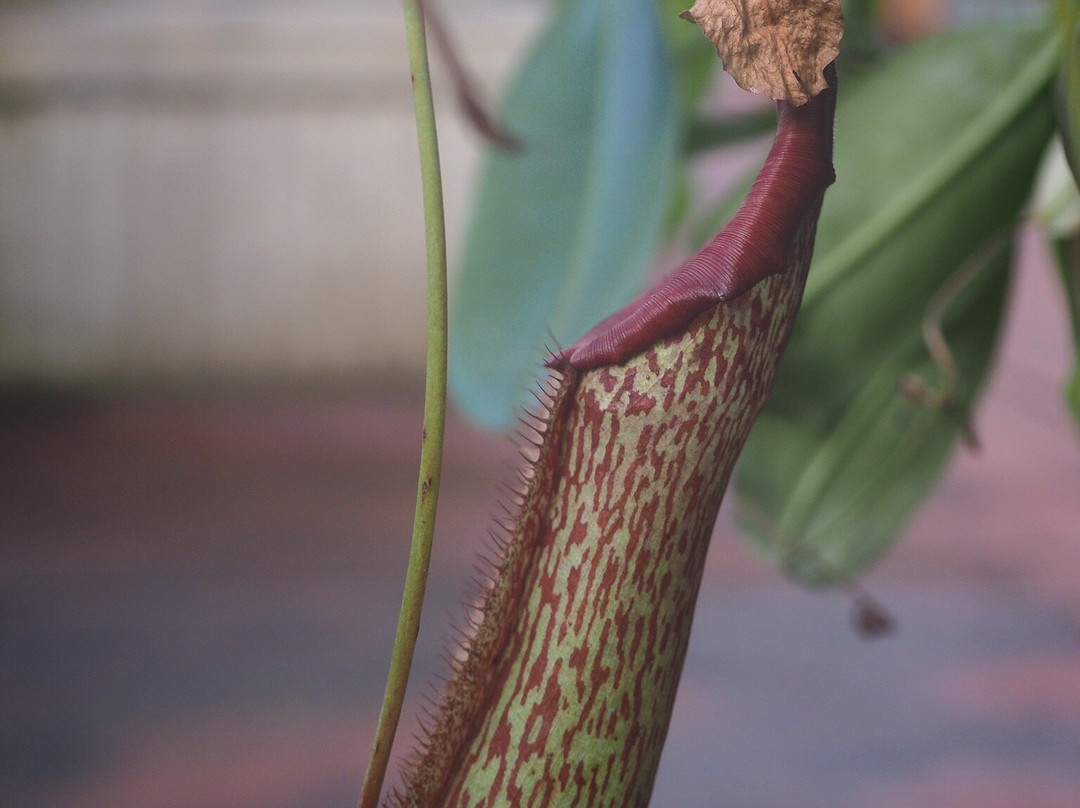
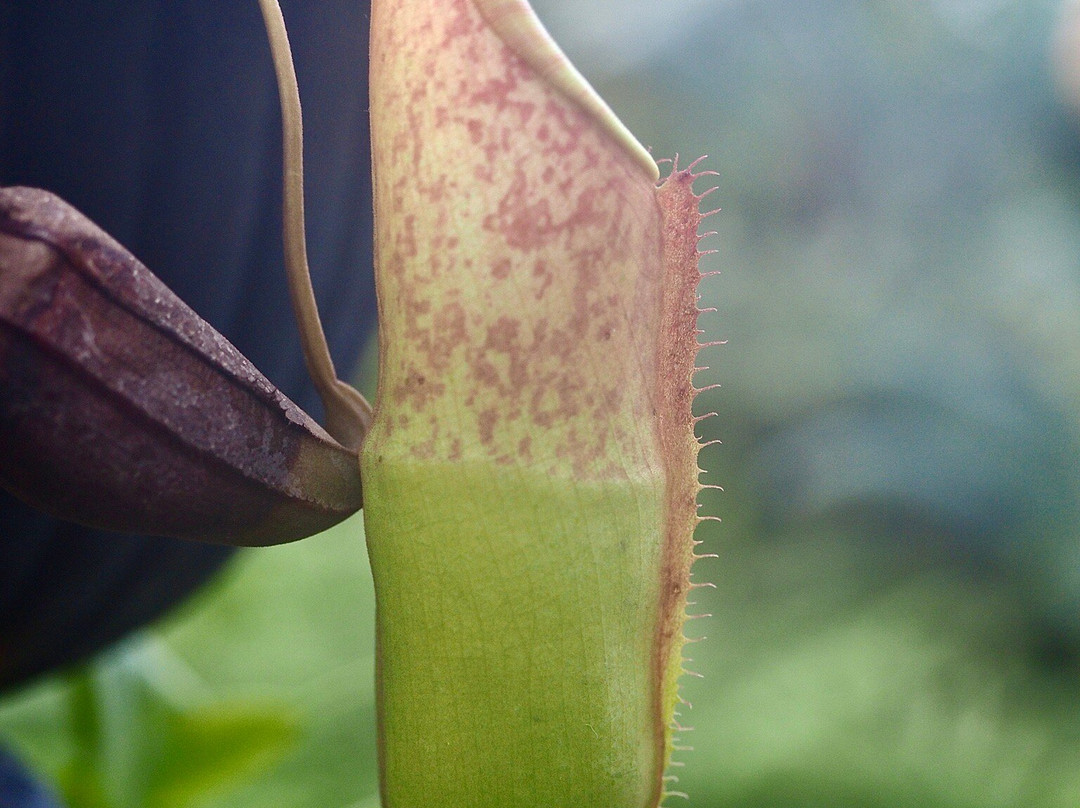

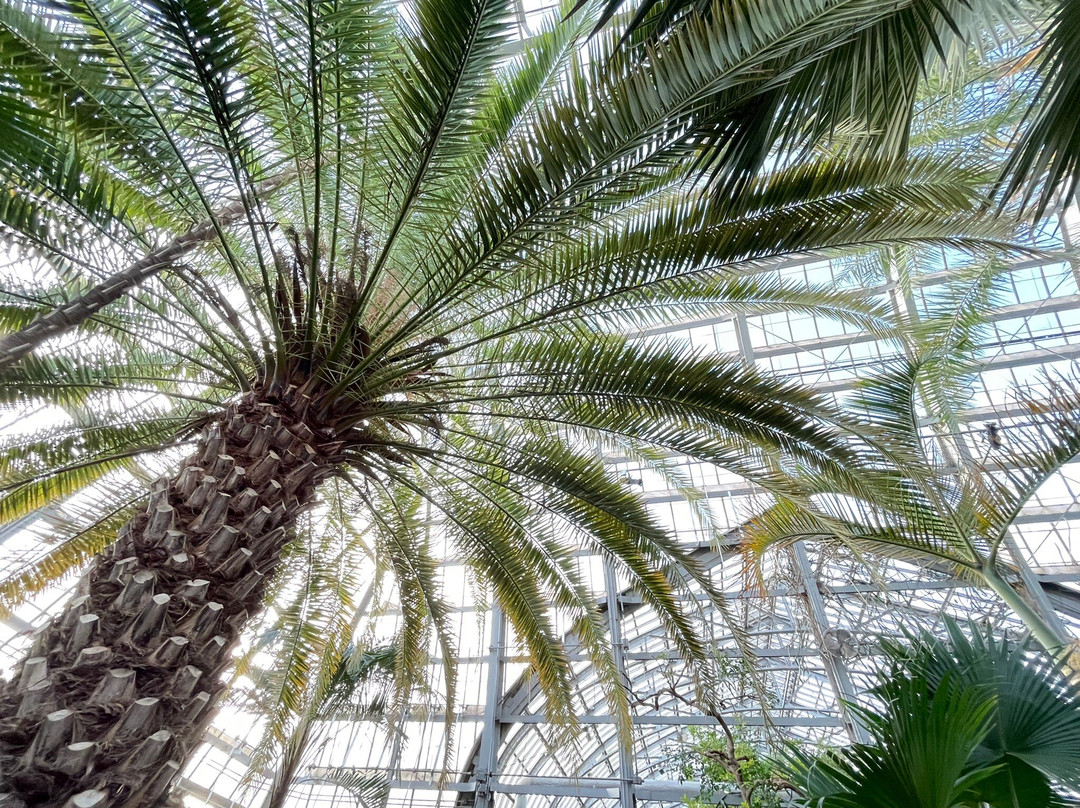
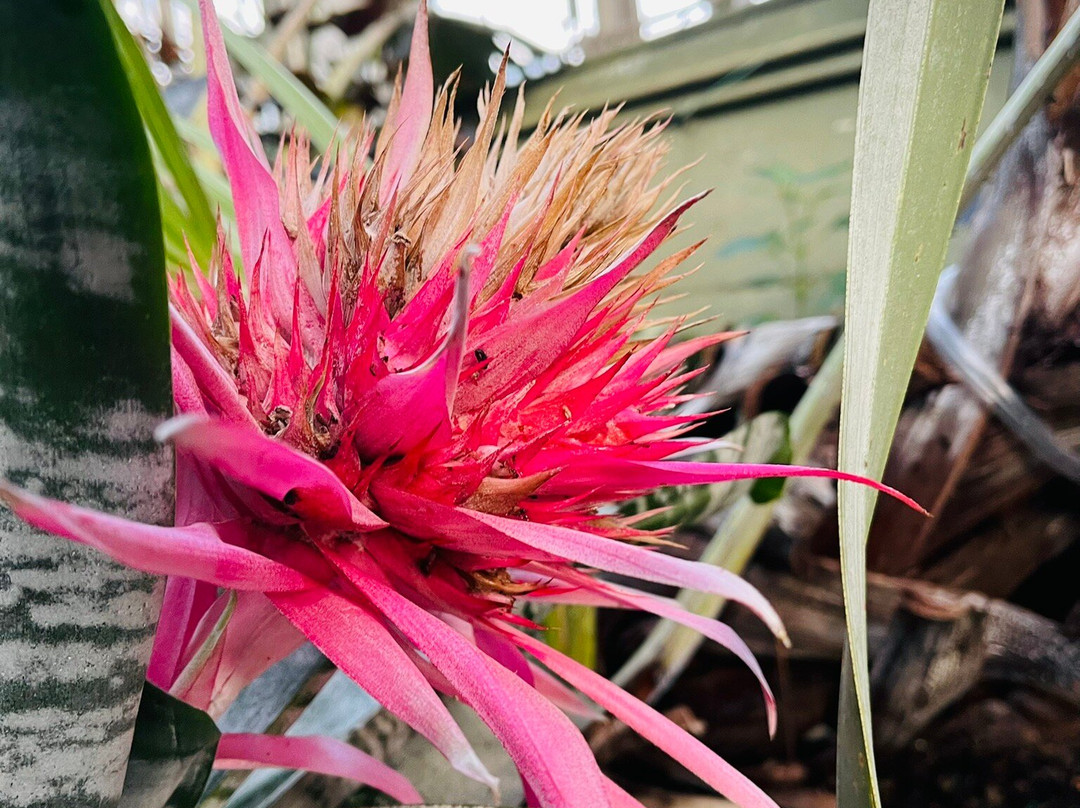
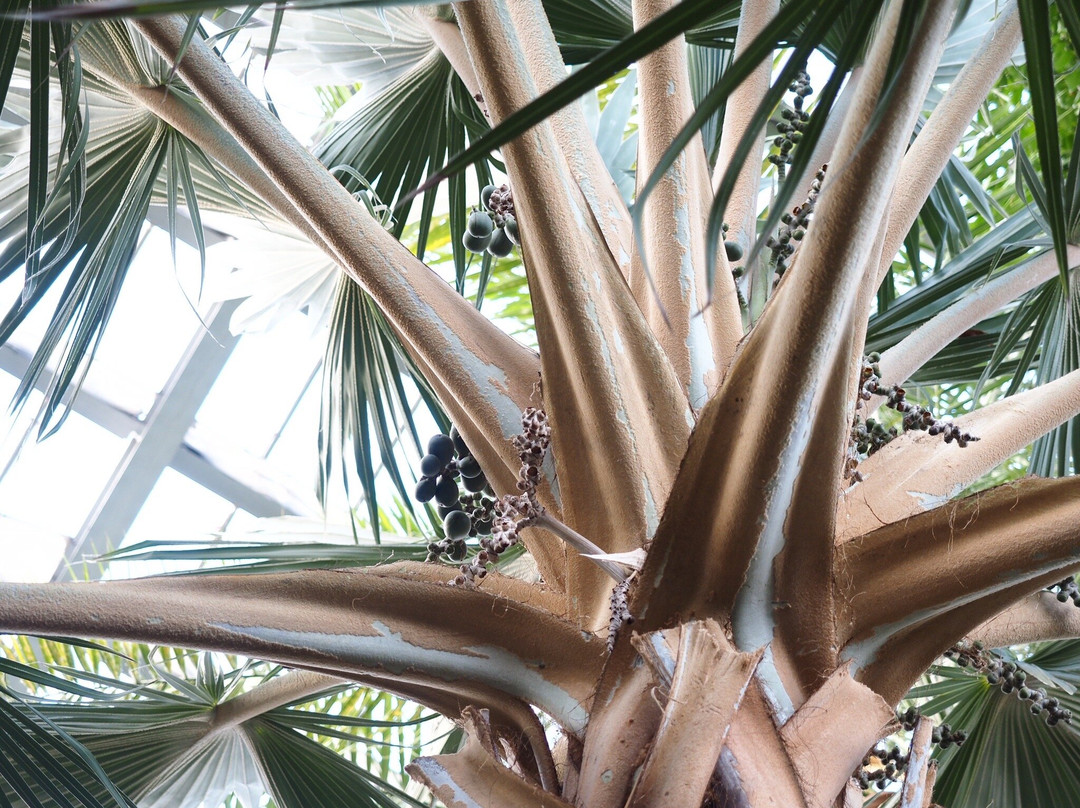
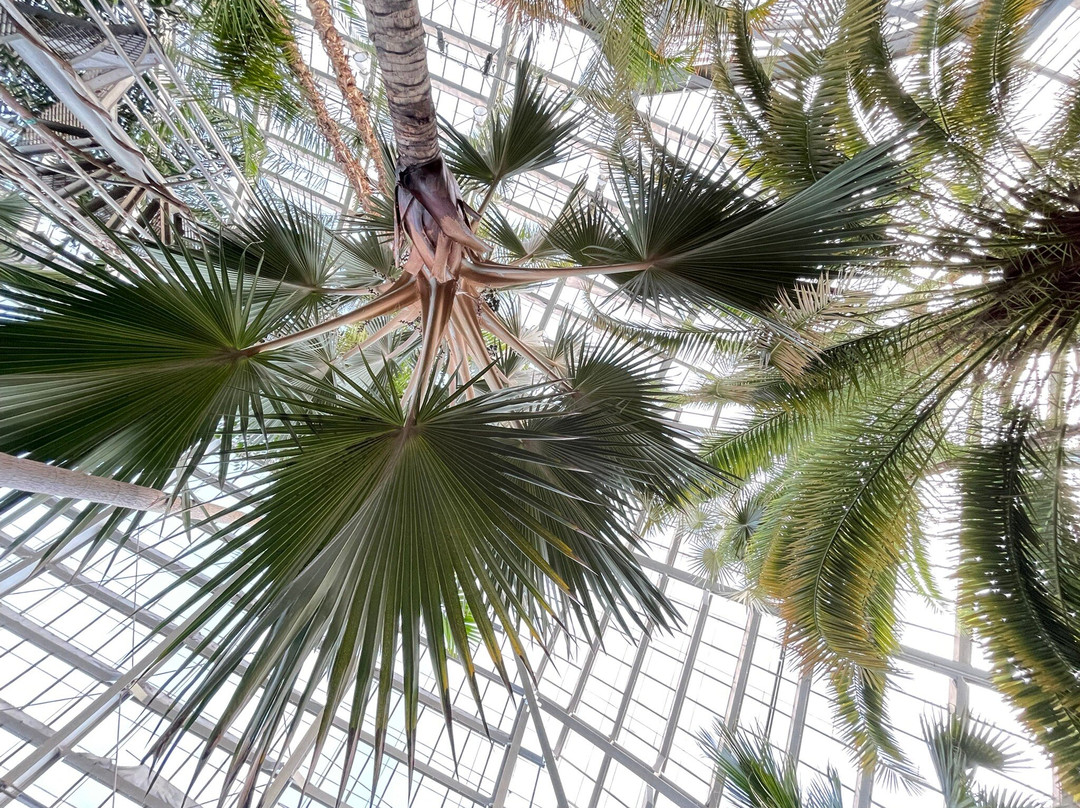
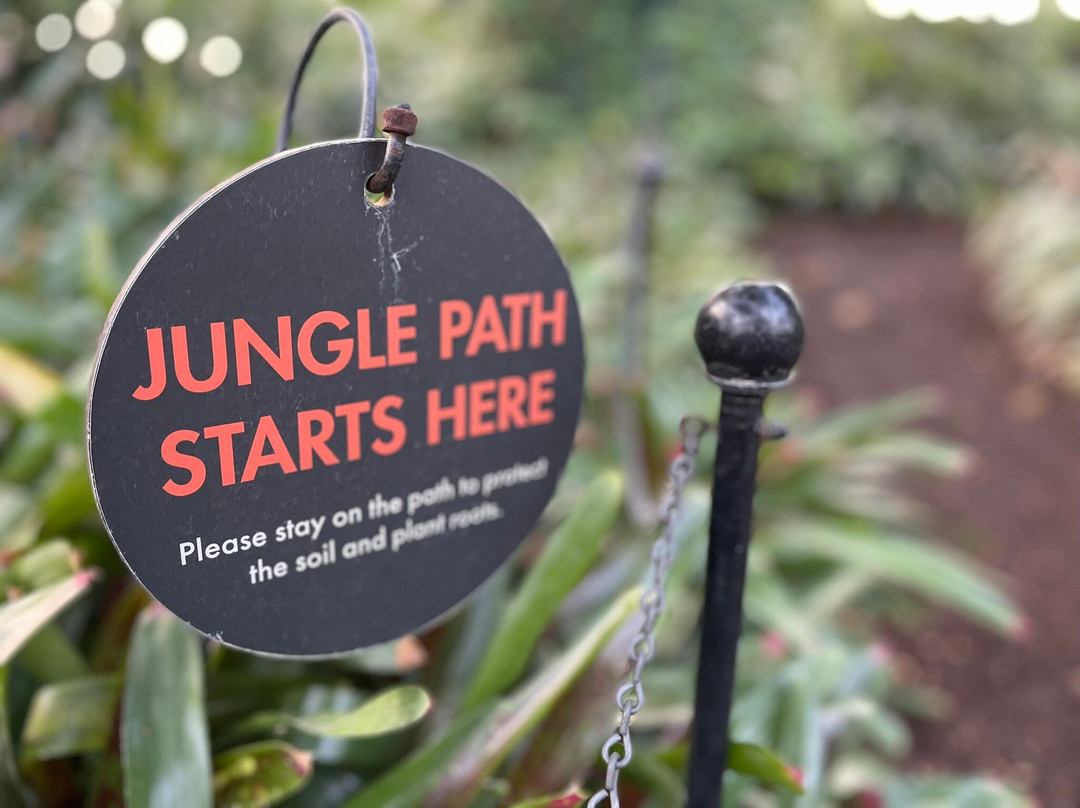
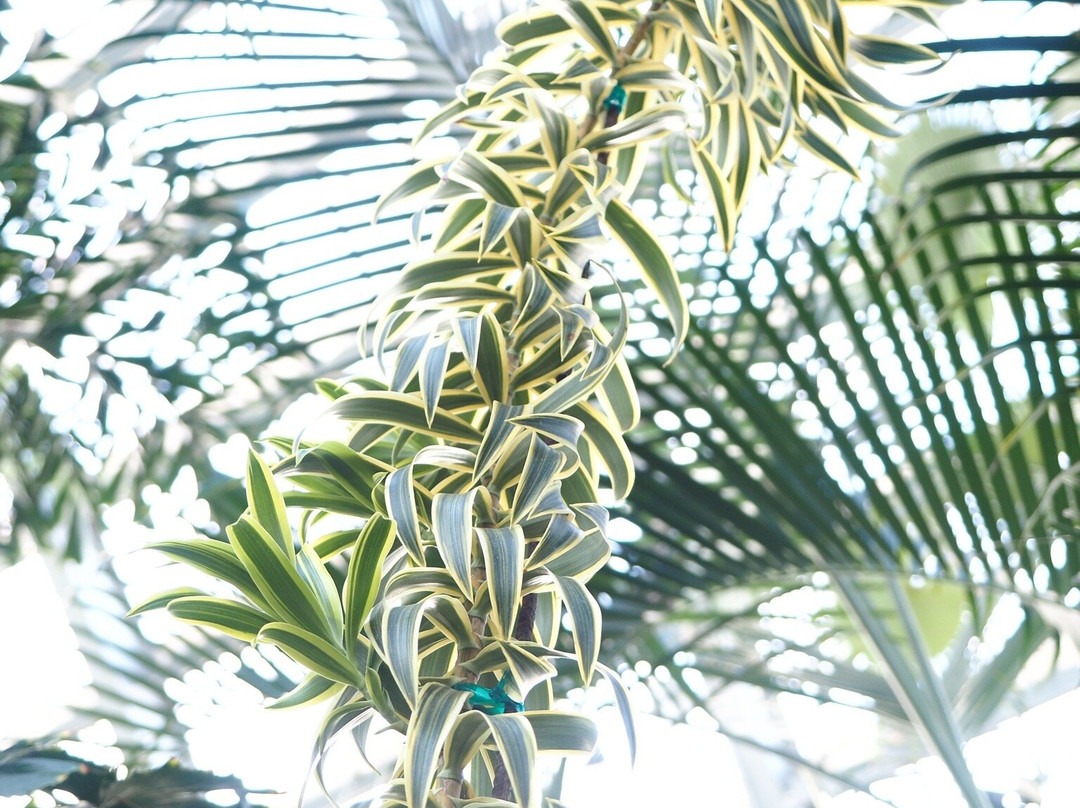

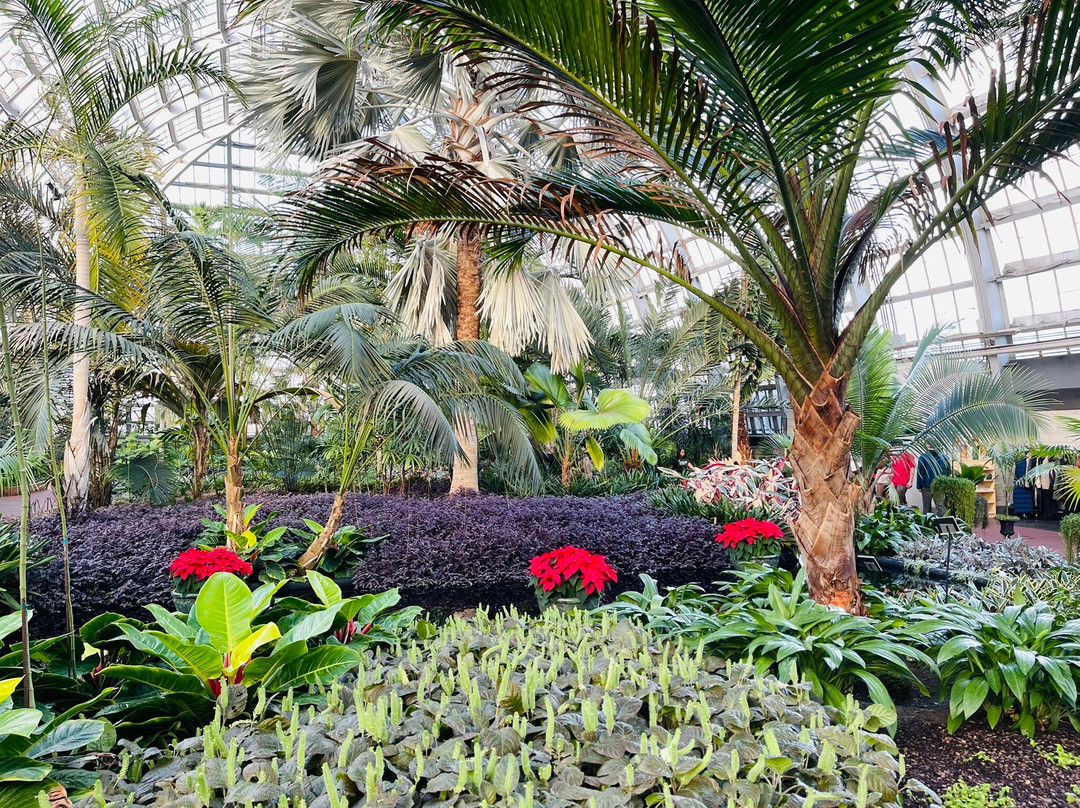
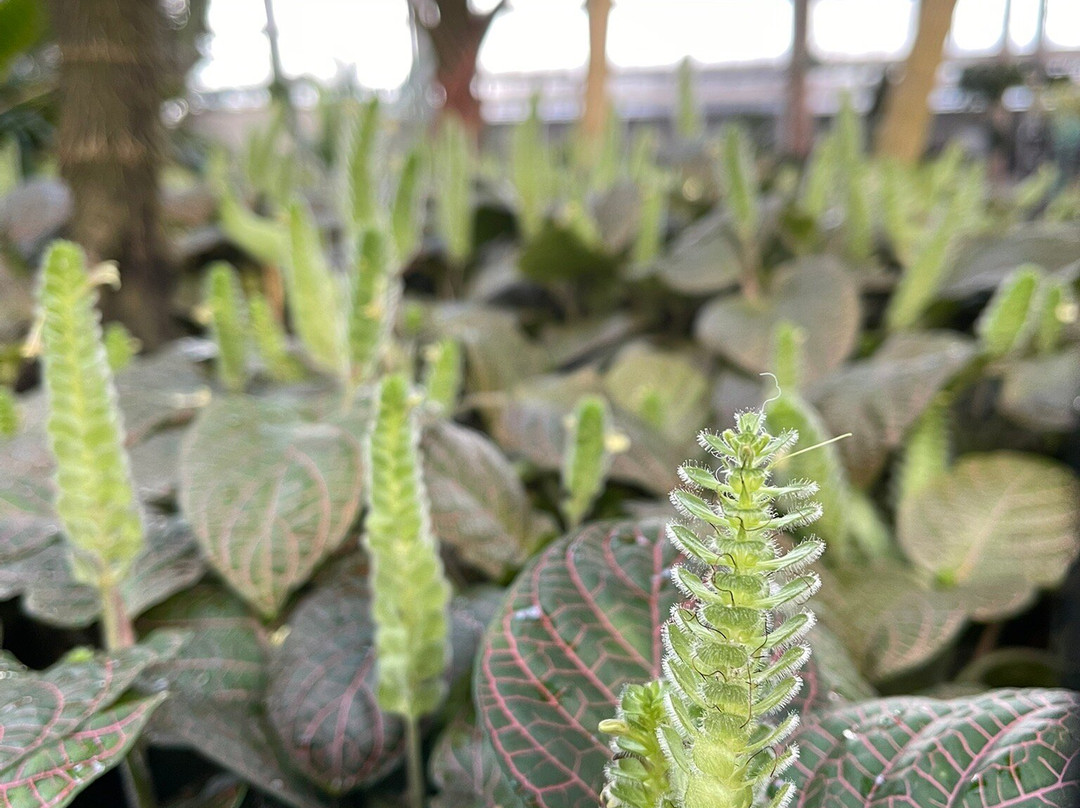
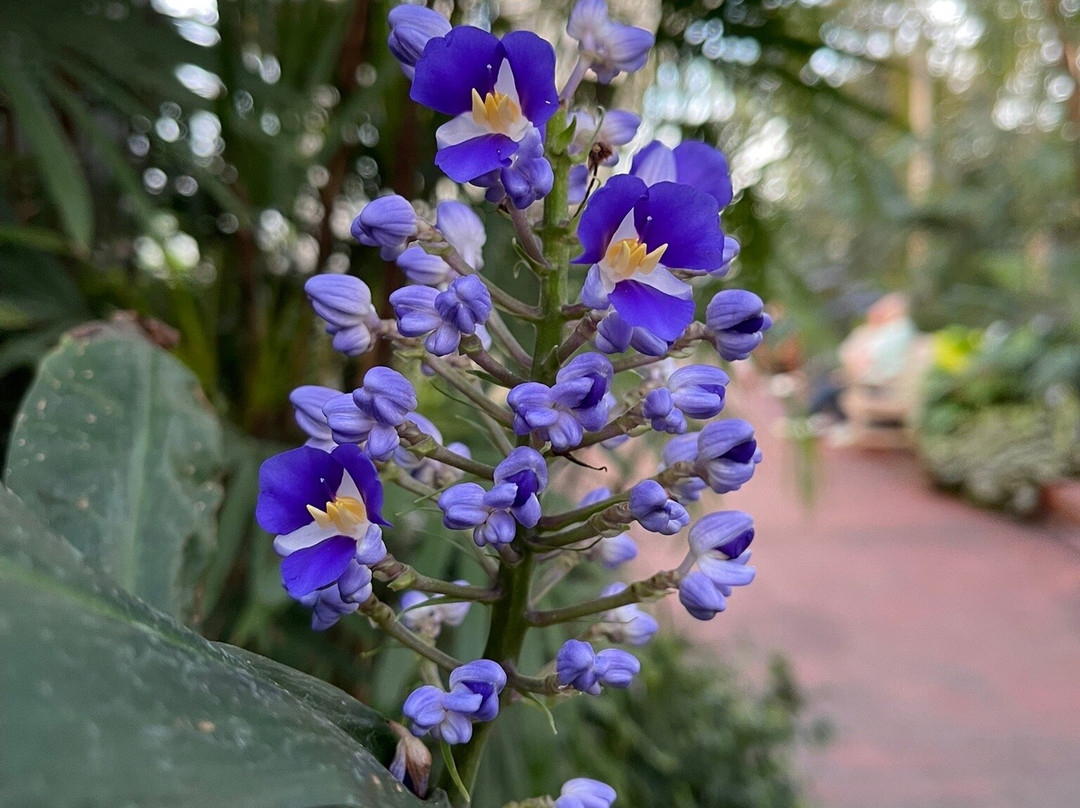
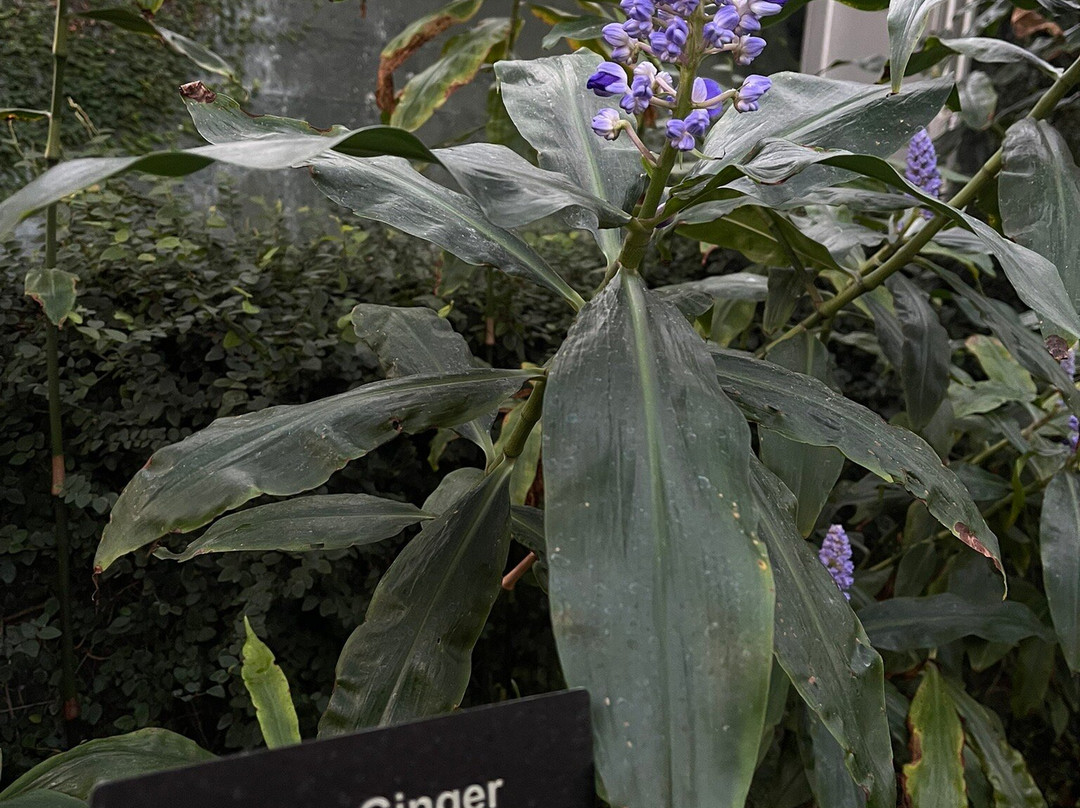
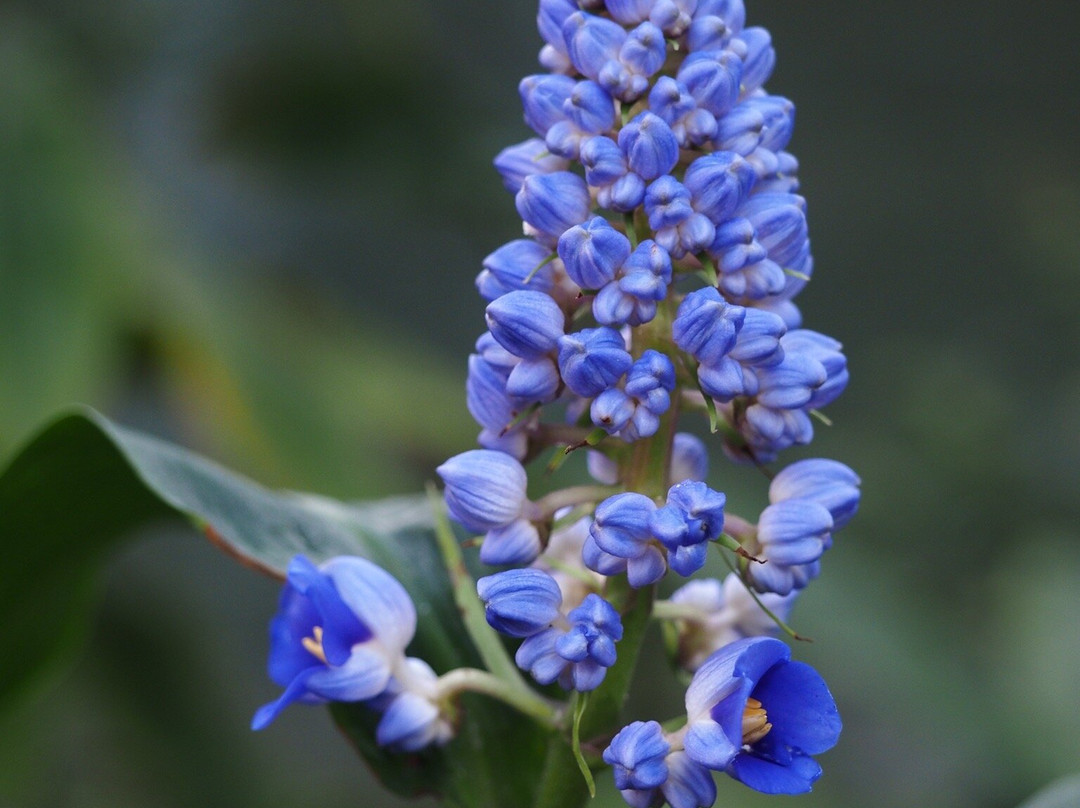
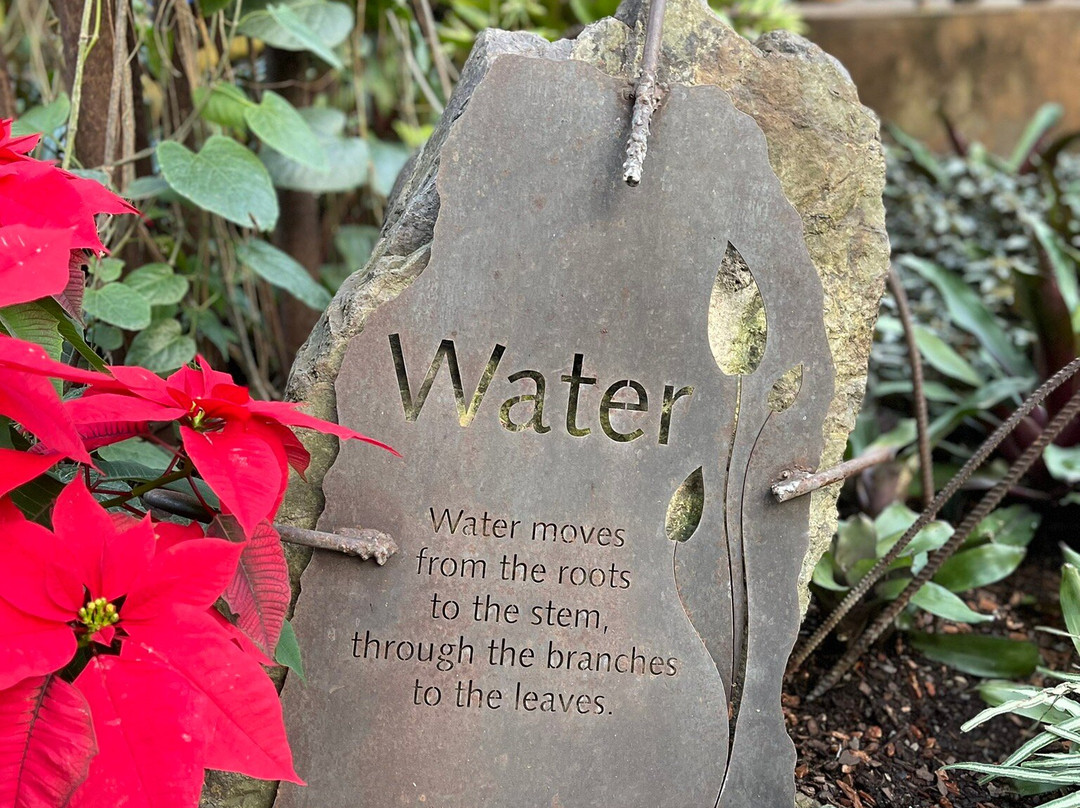
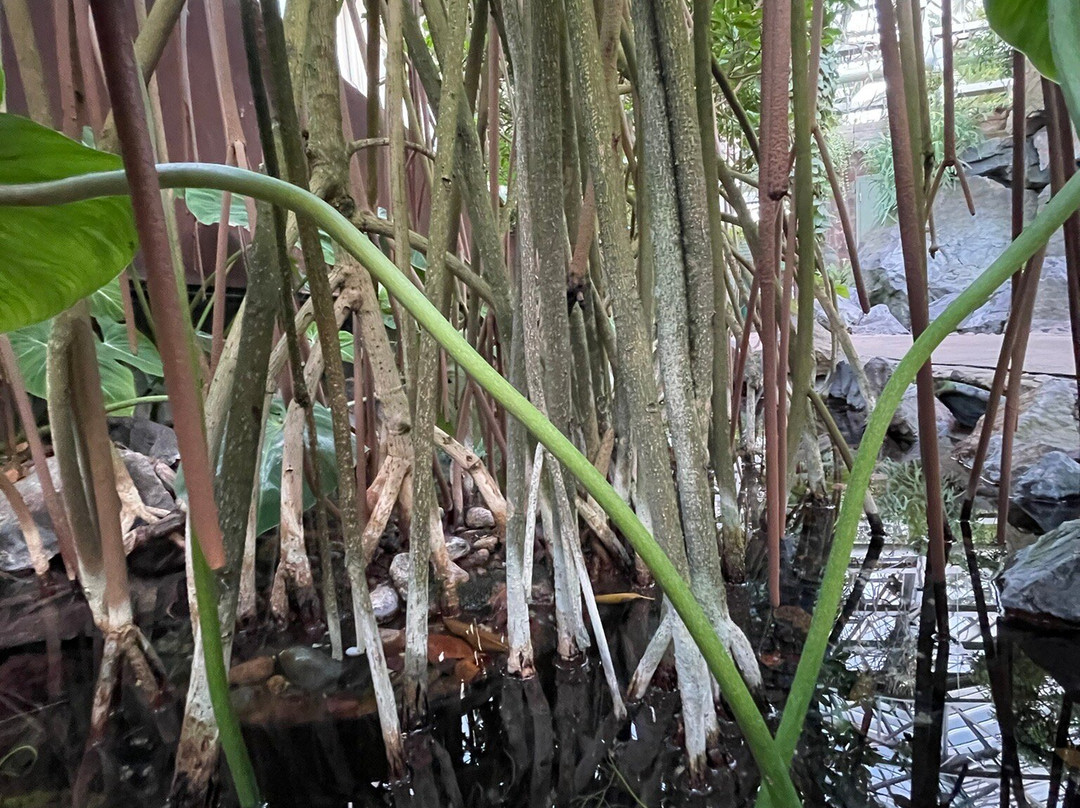
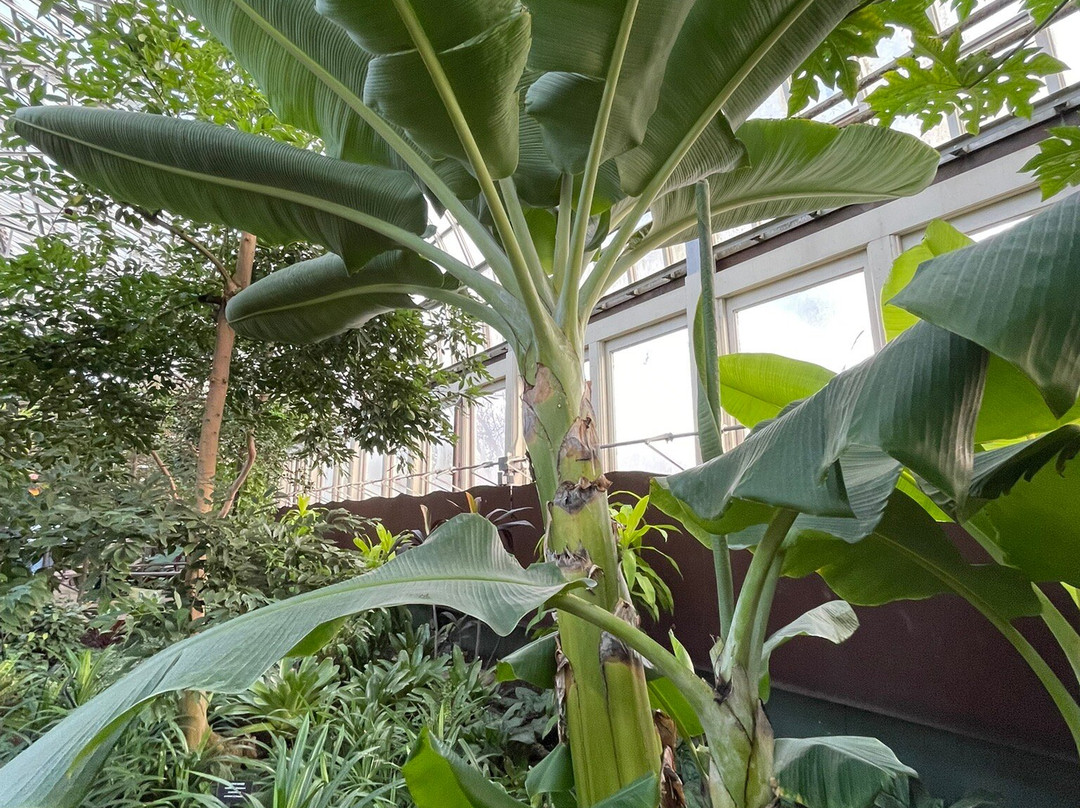

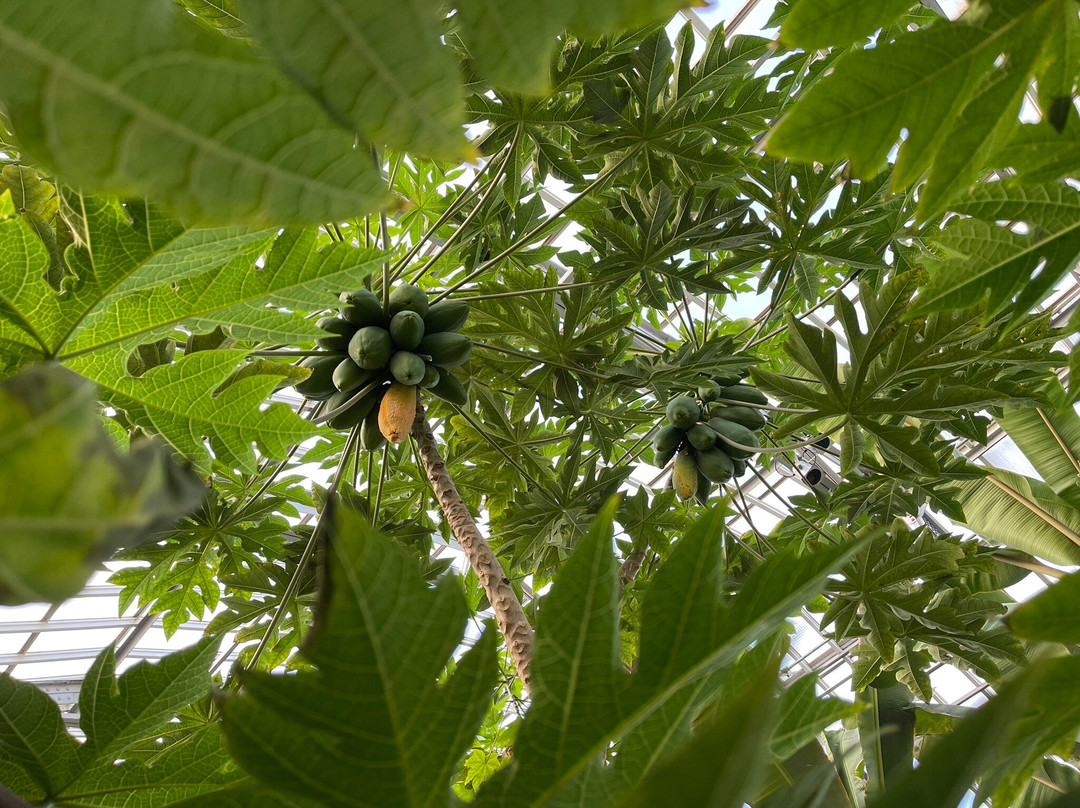
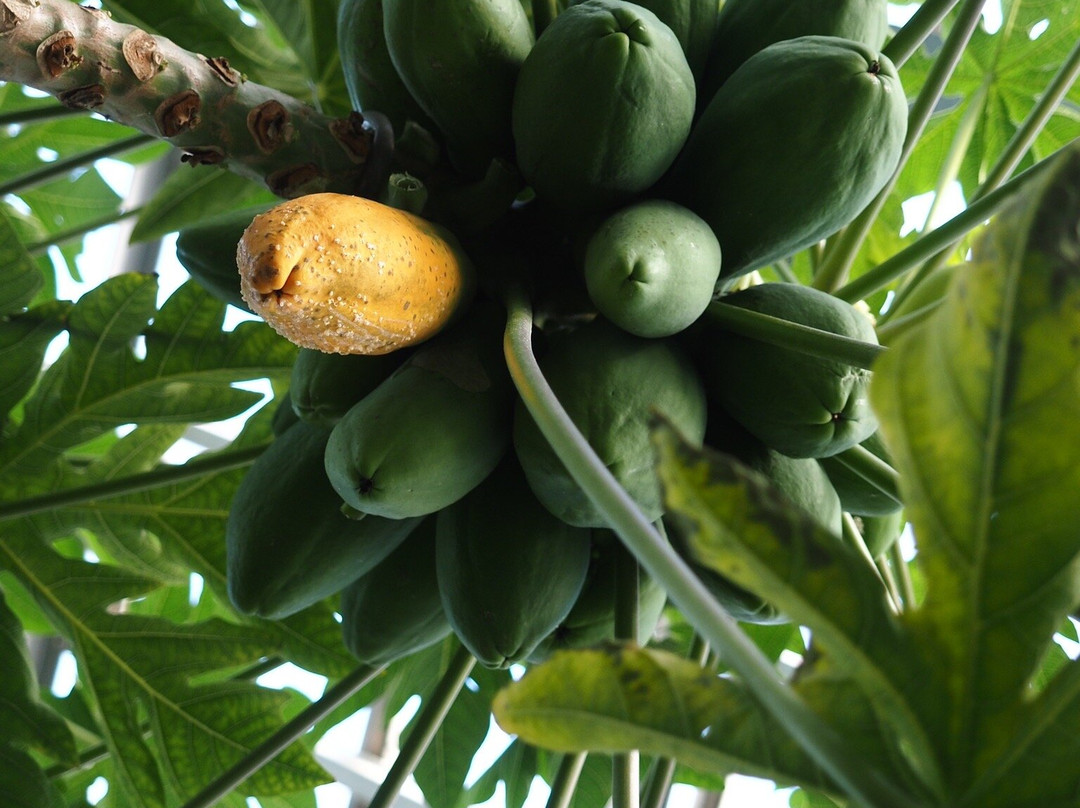
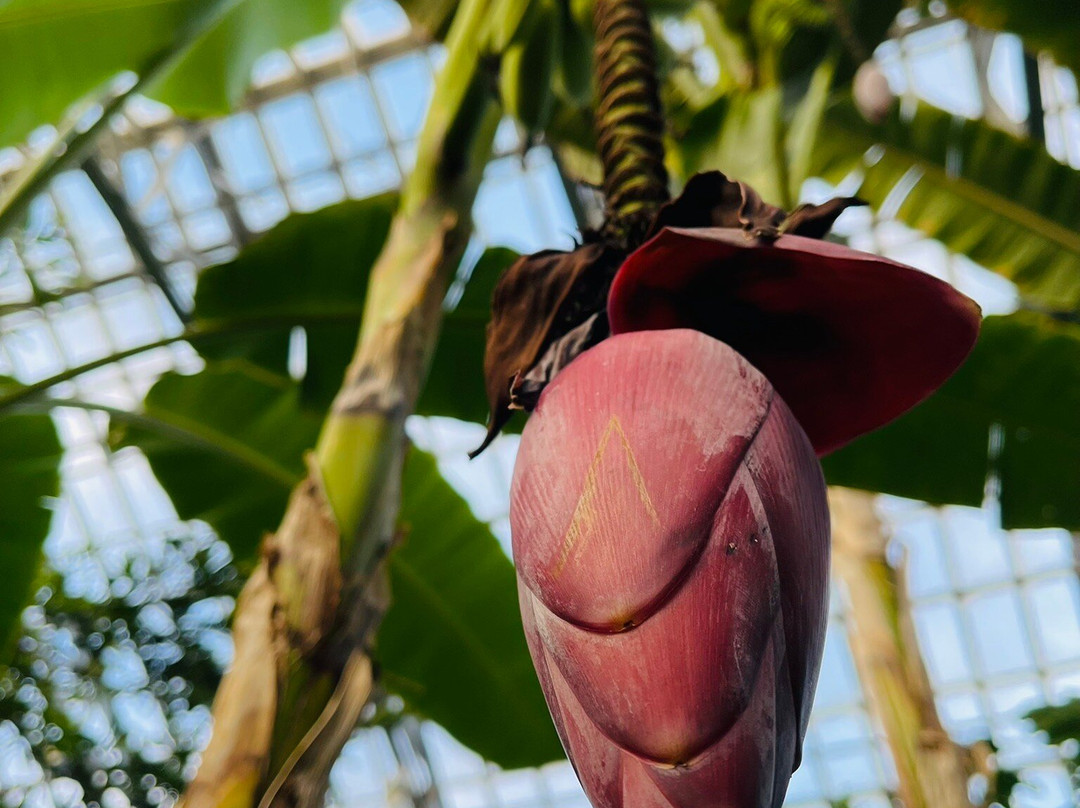
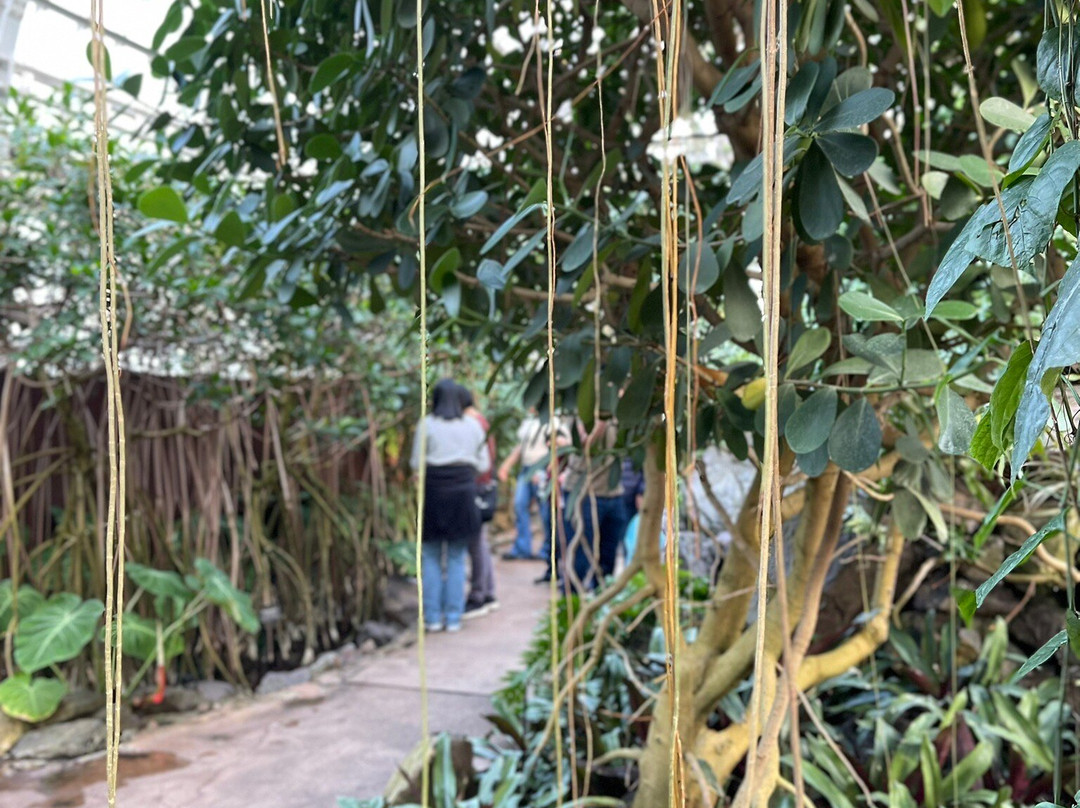
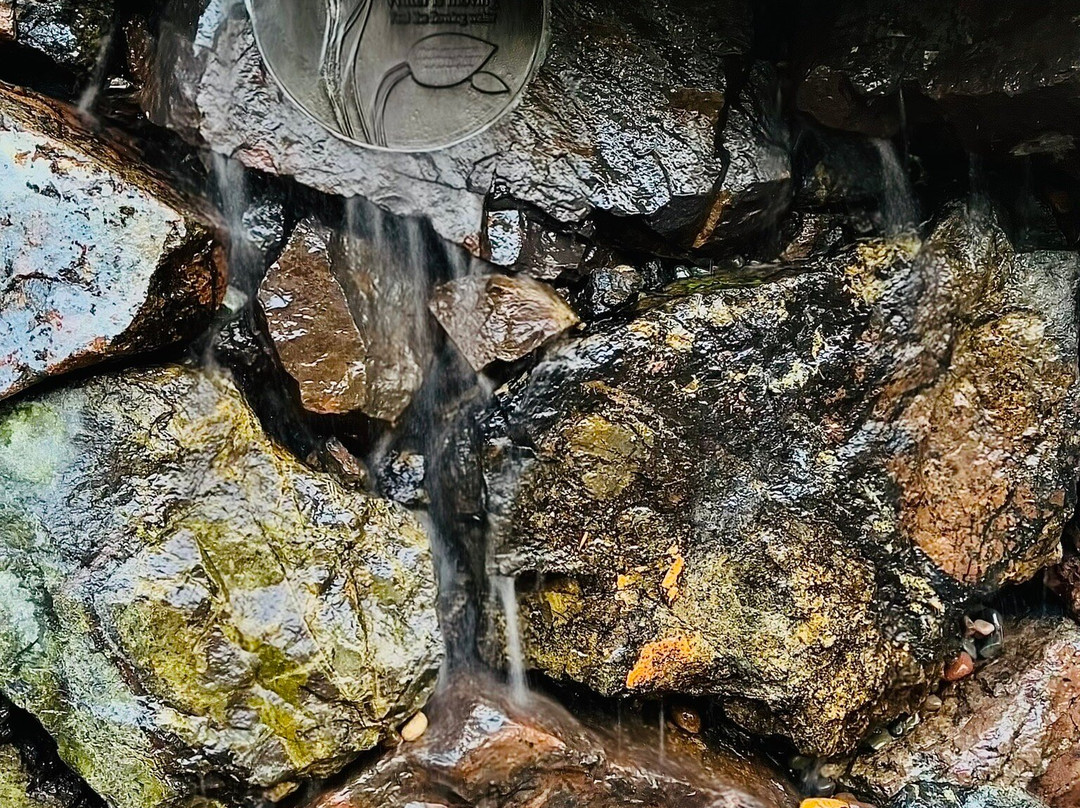
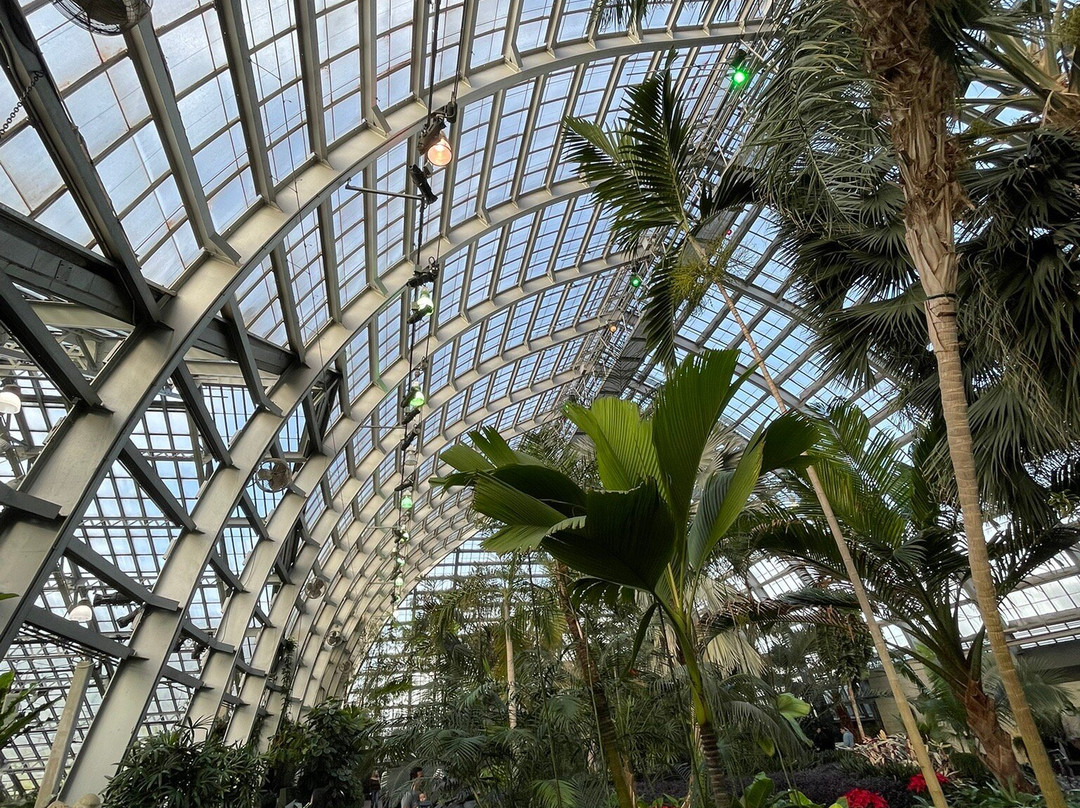
此点评仅代表旅行者个人的主观意见,并不代表TripAdvisor以及其合作方的意见。
关于我们
|
新闻动态
|
商务合作
|
会员中心
|
业主中心
|
业主通
|
常见问题
|
意见反馈
|
联系我们
|
营业执照
© 2025 Tripadvisor 版权所有。
使用条款 |隐私政策 |网站工作原理
部分照片由 VFM Leonardo 提供。
* Tripadvisor不是旅行社,也不是旅游预订服务代理商。我们提供免费、客观、公正的旅游资讯服务。 (显示更多)
TripAdvisor LLC 既不是预订代理商,也不是旅游运营商,不会向网站用户收取任何服务费。 按照规定,在 Tripadvisor 发布机票价格、游览和旅行套餐的合作伙伴(航空公司、旅行提供商及预订代理商),其标价须包含所有费用和附加费用。 例如, 机场出入境税费、消费税与其他服务费、手续费、杂费及附加费用。 当您向我们的某个合作伙伴进行预订时,请务必查阅他们的网站以了解当地行政部门要求的所有适用费用的具体情况。 除非另有说明,机票价格通常指的是一个人的价格(以人民币计)。
为方便起见,TripAdvisor LLC 根据从我们的预订合作伙伴获取的空房率计算每个酒店的均价。 对于游览和景点来说,所显示价格通常是每位成人的最低可用价格。 对于列出的任何旅行套餐或优惠,TripAdvisor LLC 无法保证任何特定的费率或价格。 此外,酒店均价每晚会更新,并以您的首选币种表示(使用现行汇率)。 由于这些已换算的价格是预估价格,因此,有关具体金额和币种请与预订网站进行核实。
此外,TripAdvisor LLC 无法保证我们网站上宣传的价格随时有效。 标价可能需要预订一定天数才能生效,或有不可用日期、使用条件或限制。
TripAdvisor公司对外部网站的内容一概不负责。优惠价格中不含税和其他费用。
ICP证:沪B2-20200433
沪ICP备20013175号
 沪公网安备31010502005427号
沪公网安备31010502005427号鹰程信息技术(上海)有限公司
货币/国家及地区
¥CNY
中国
